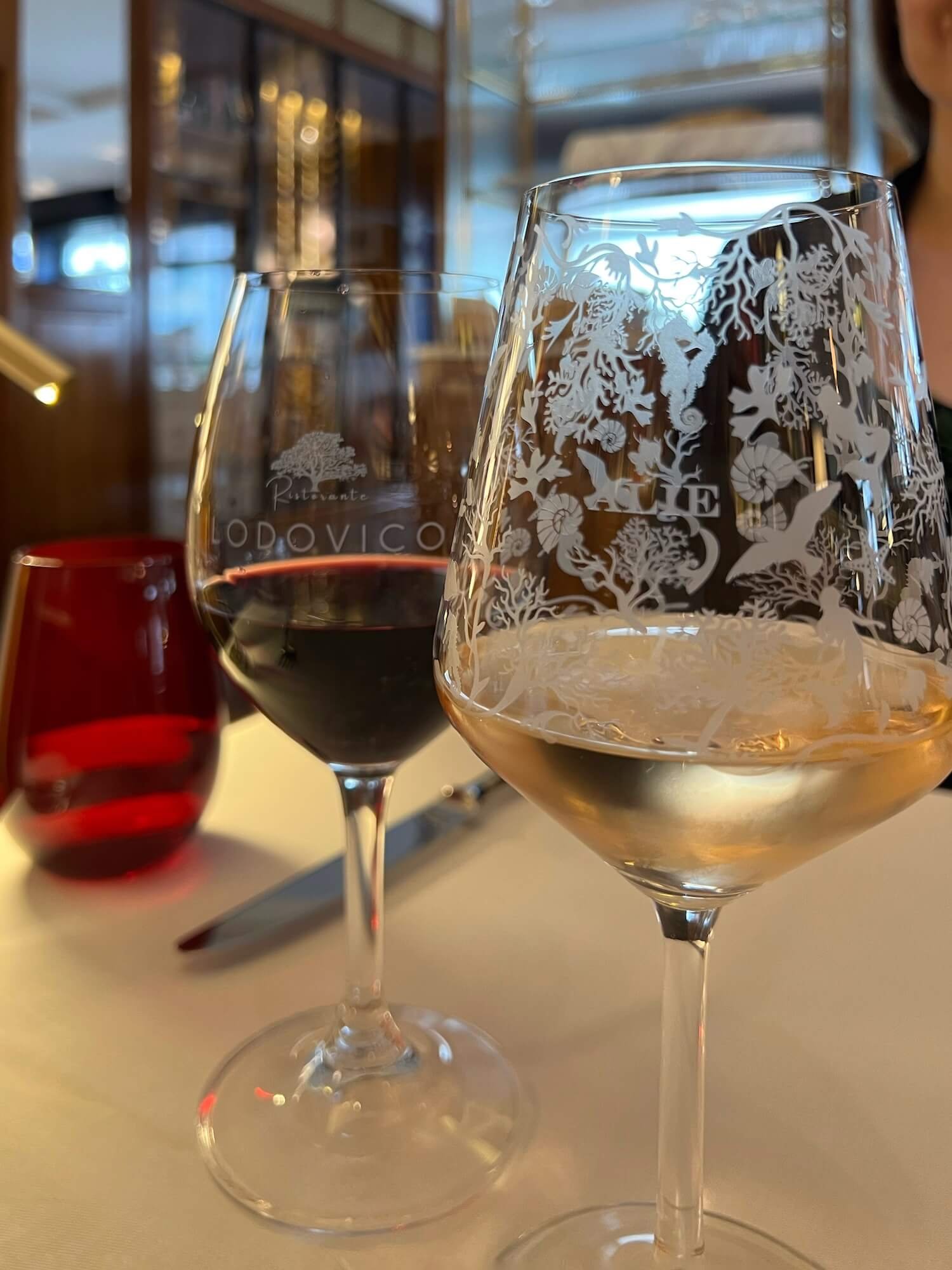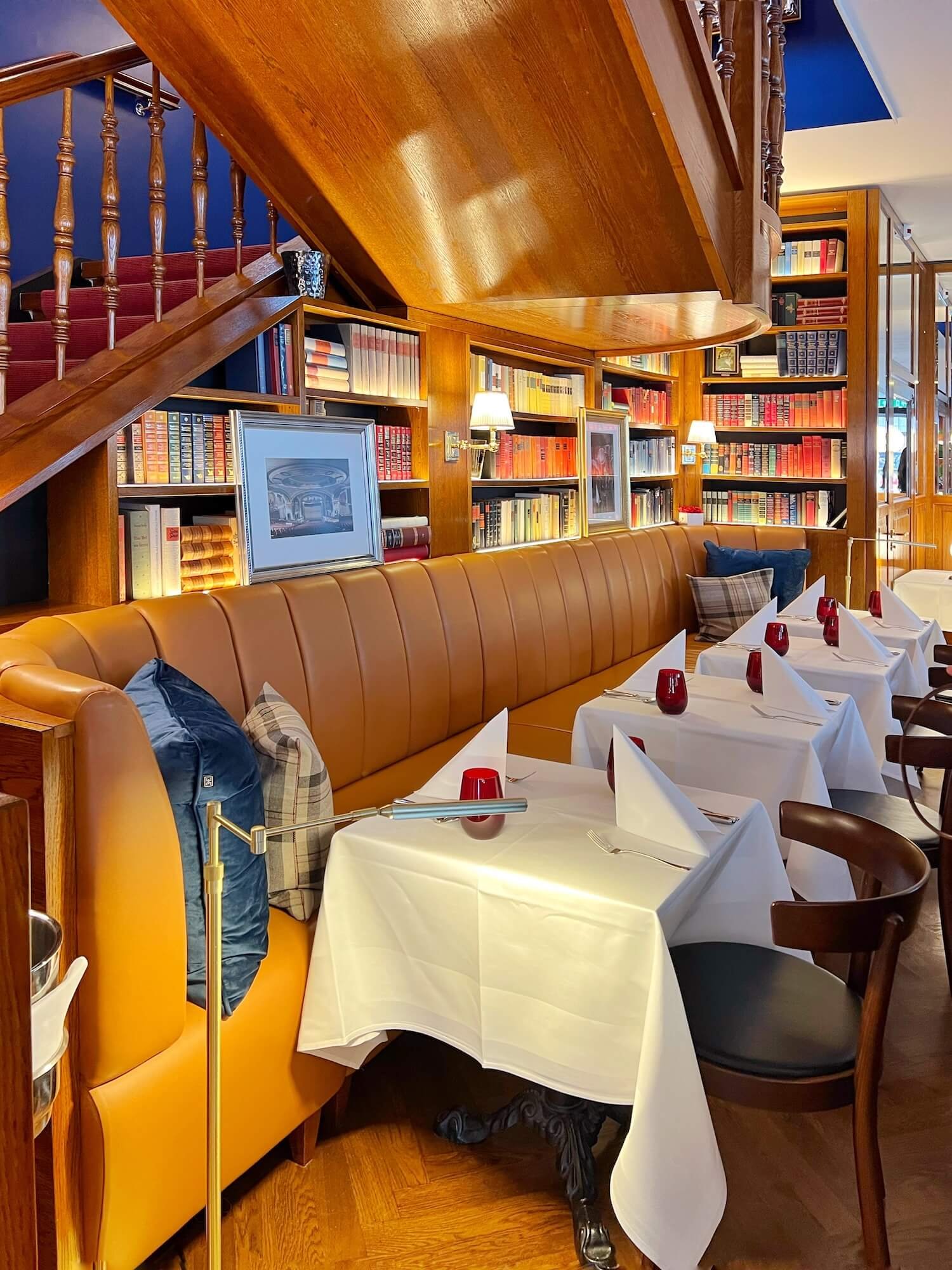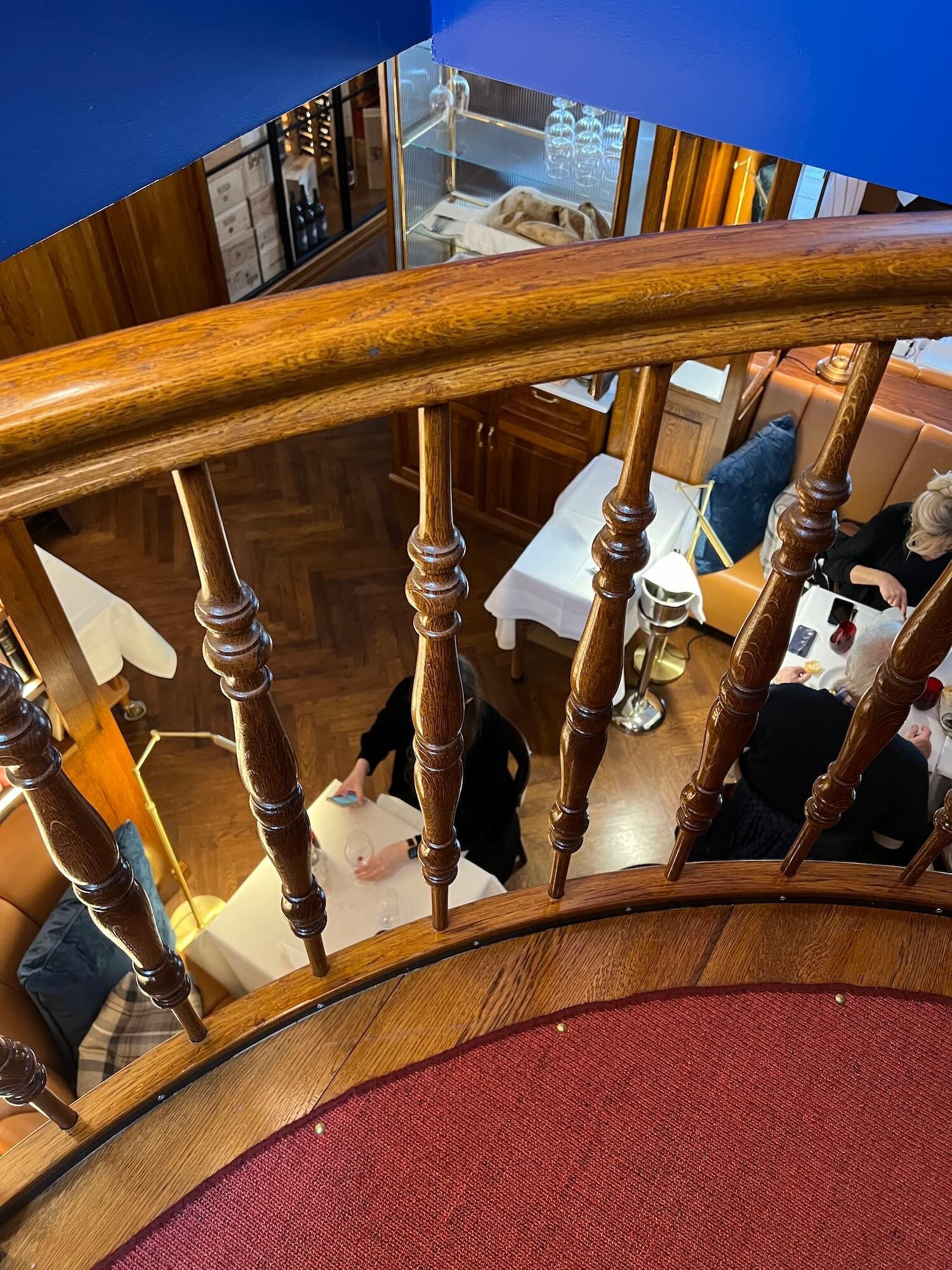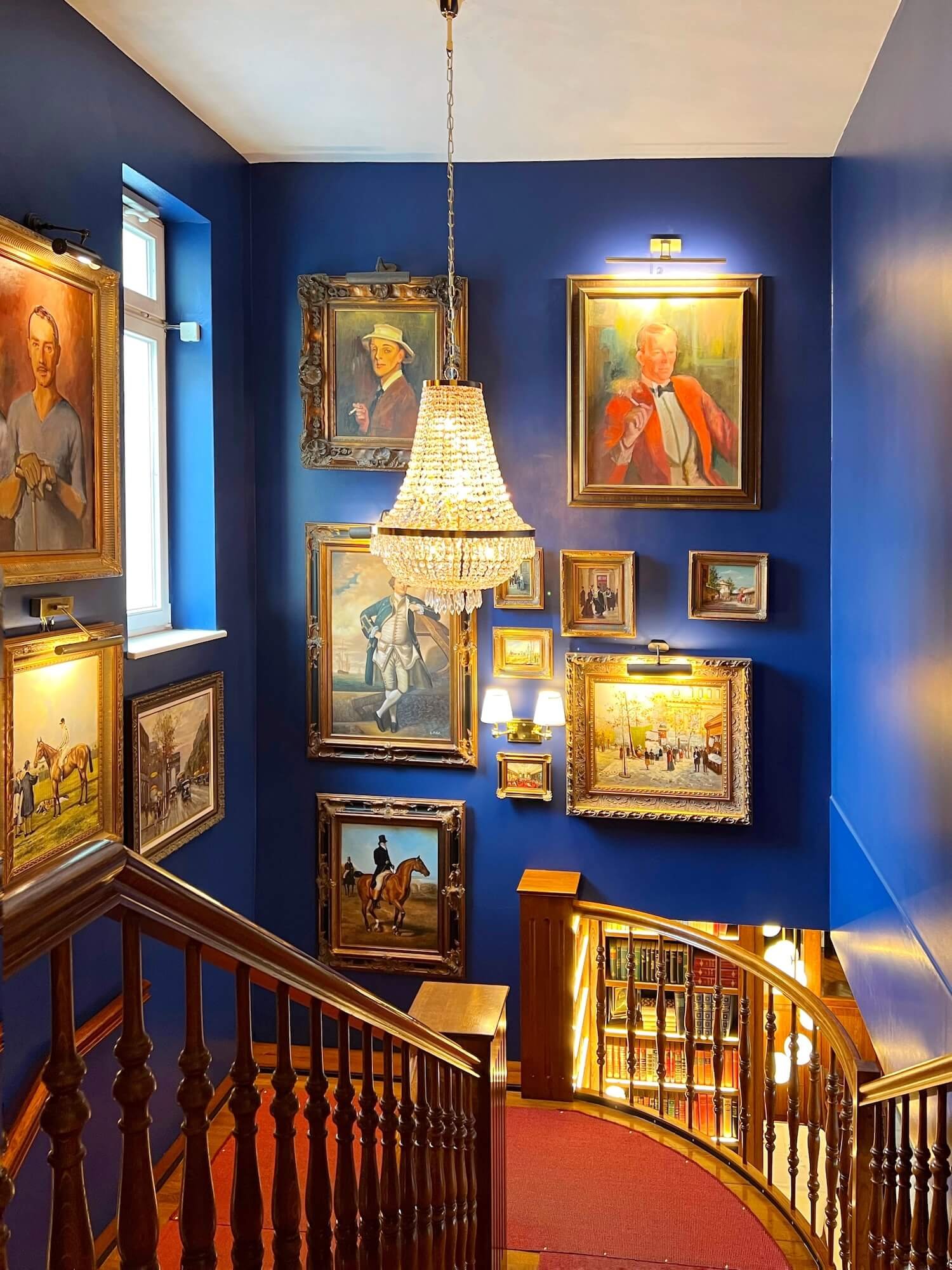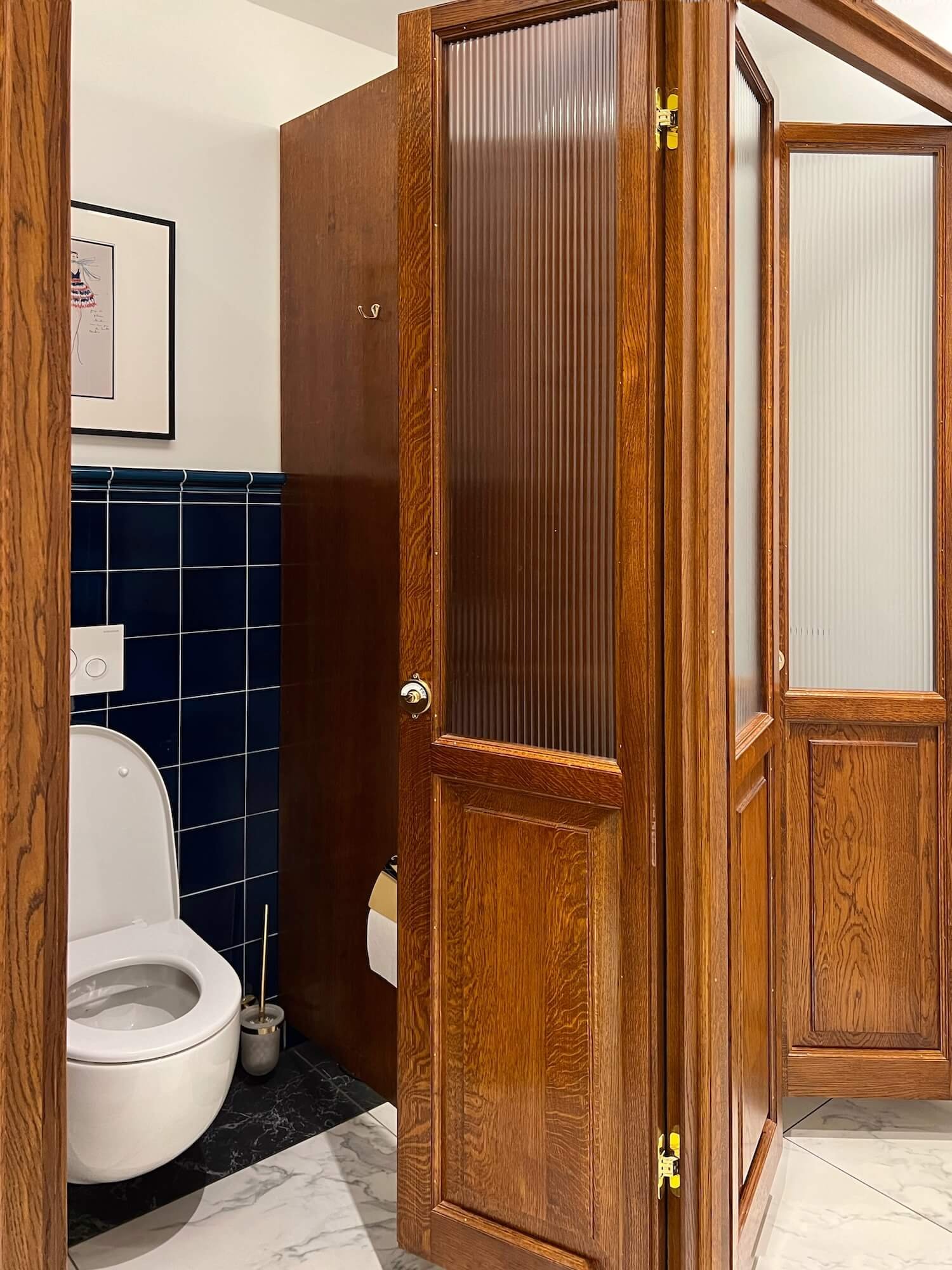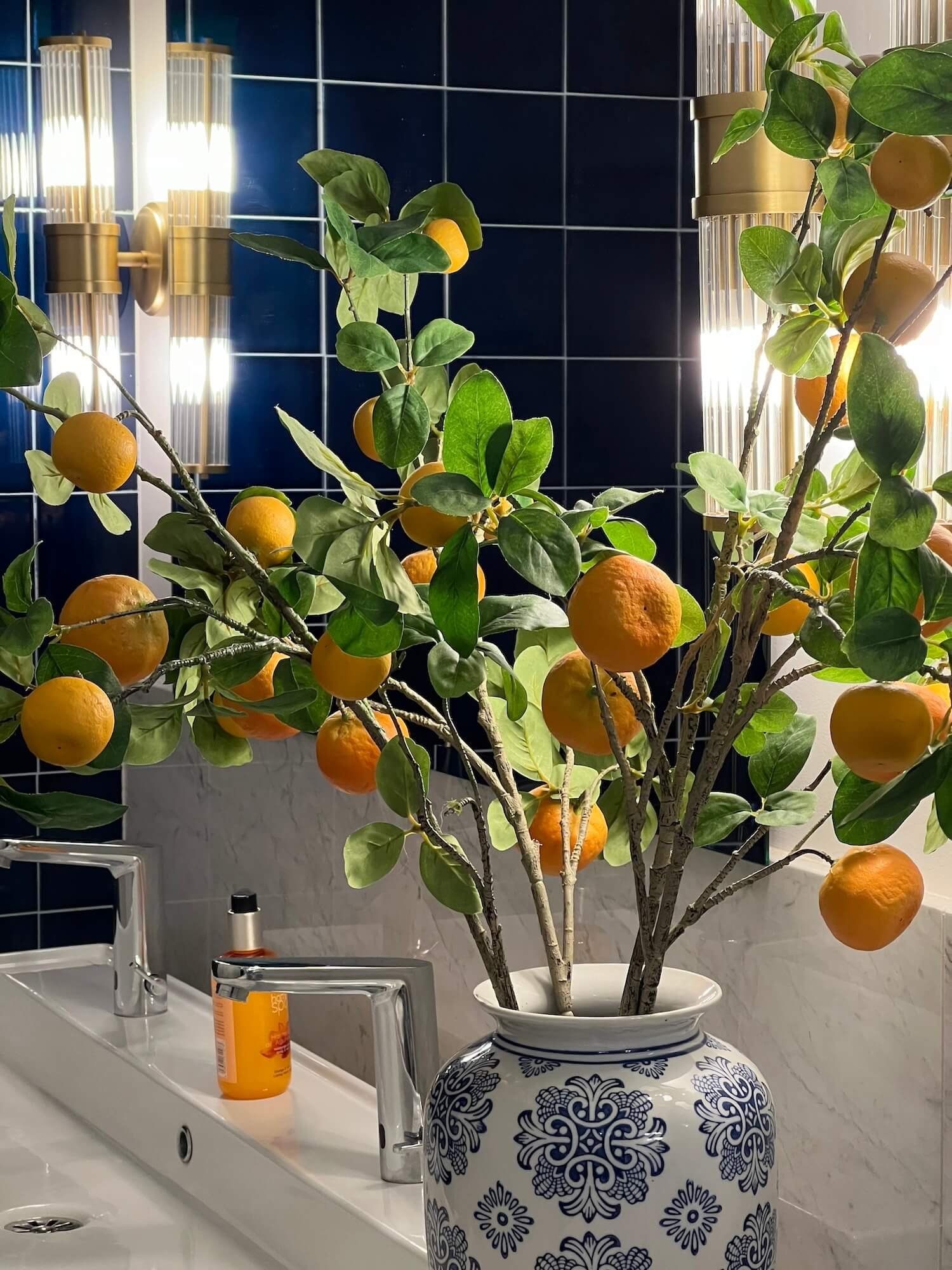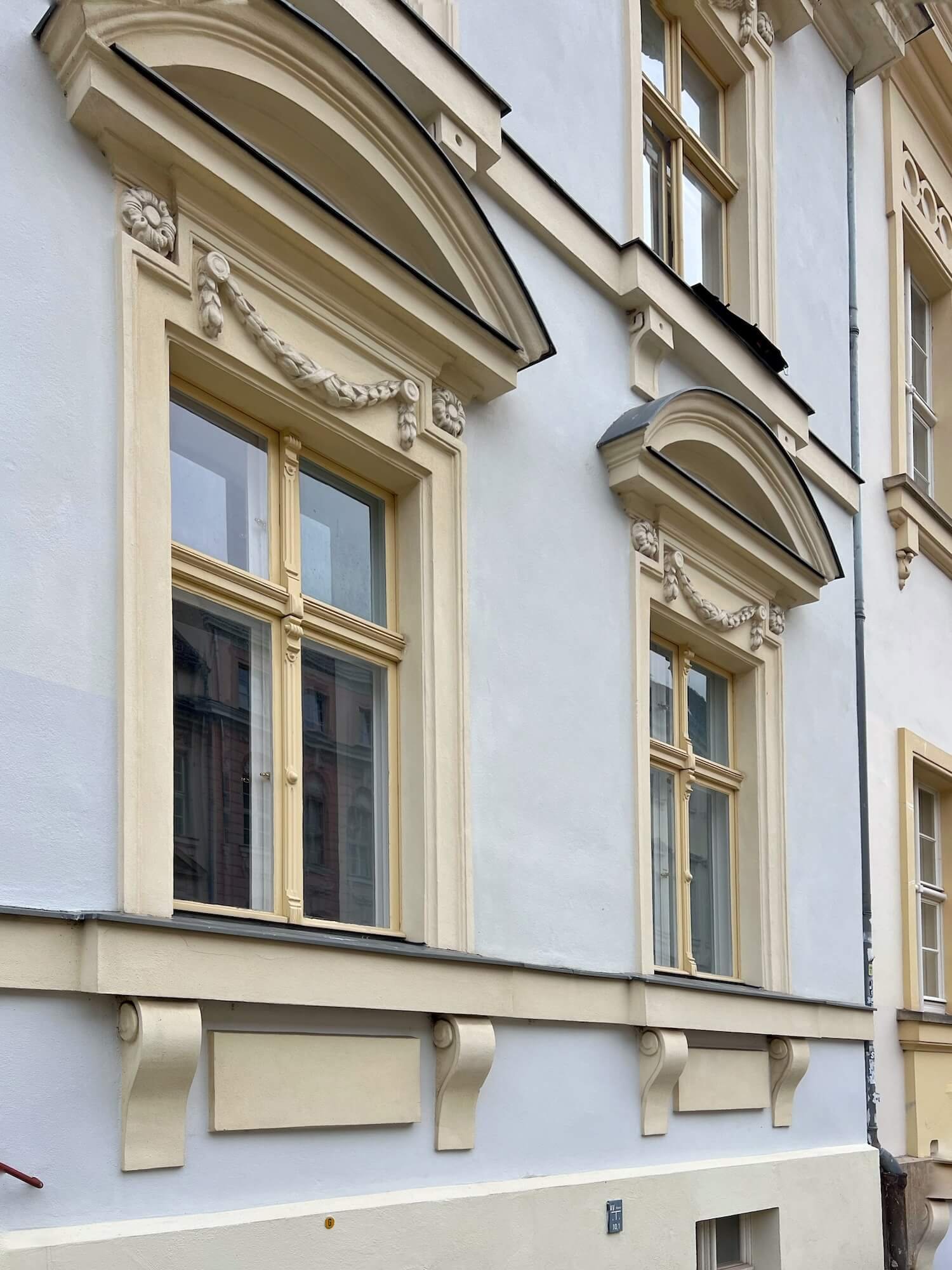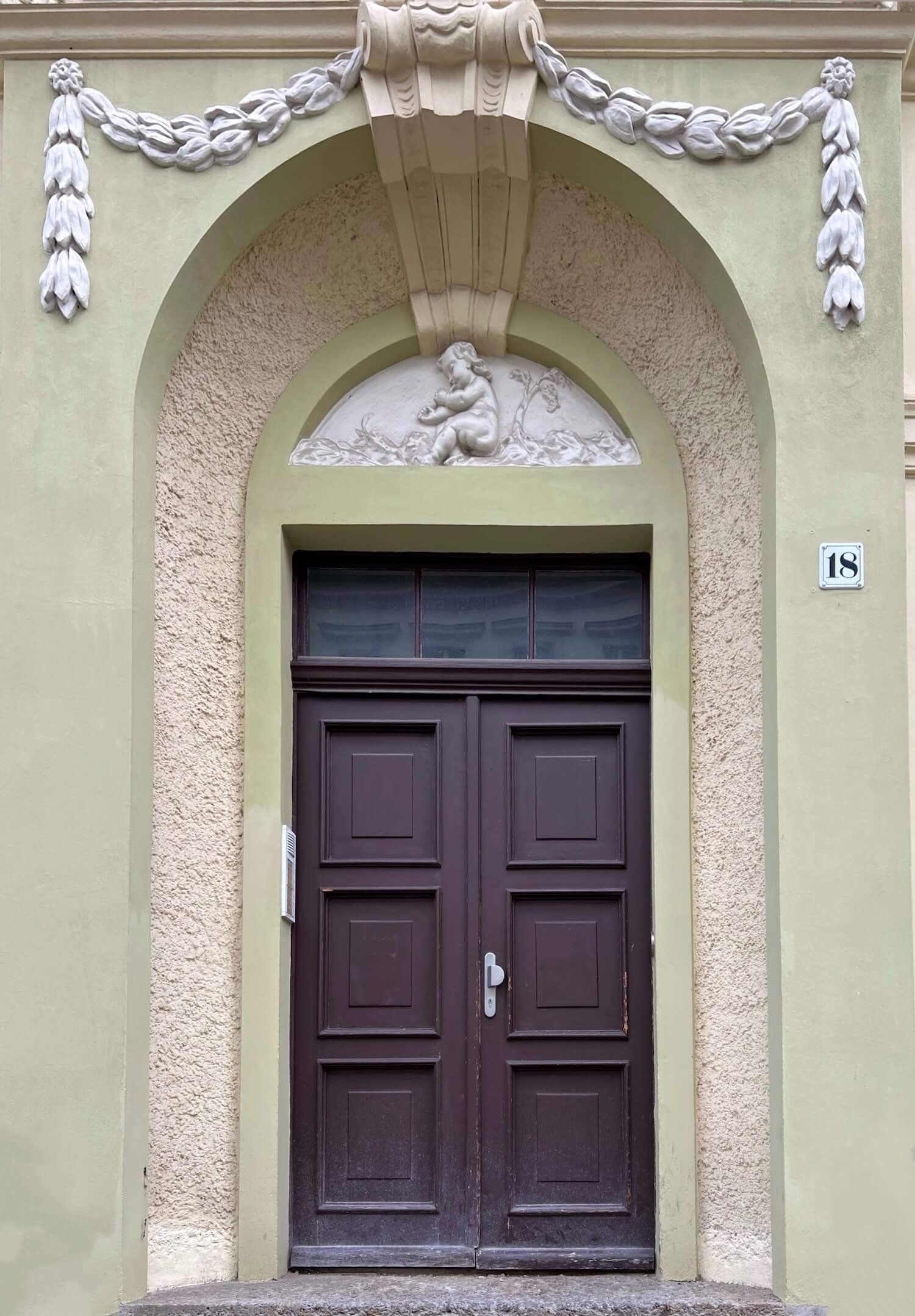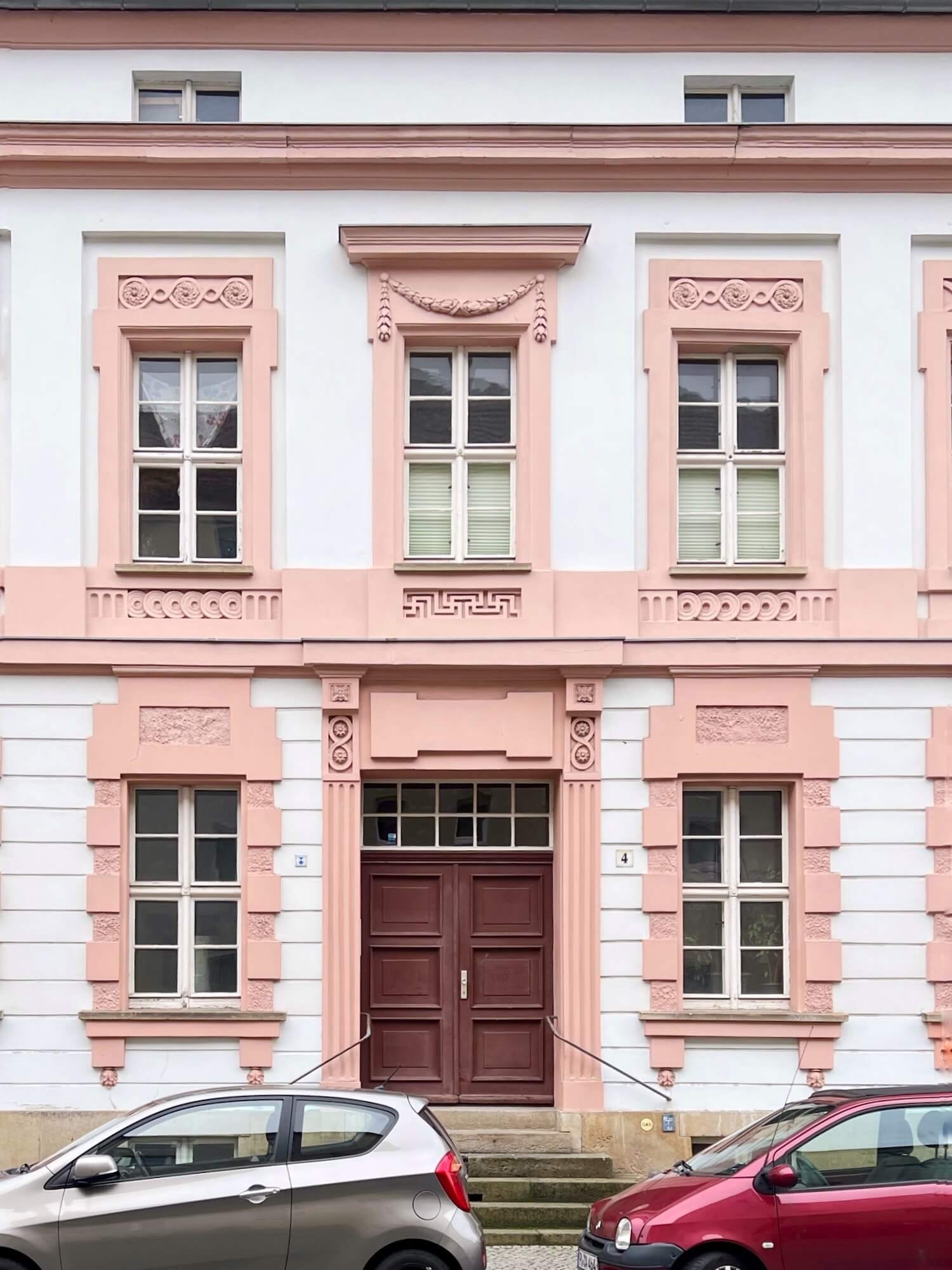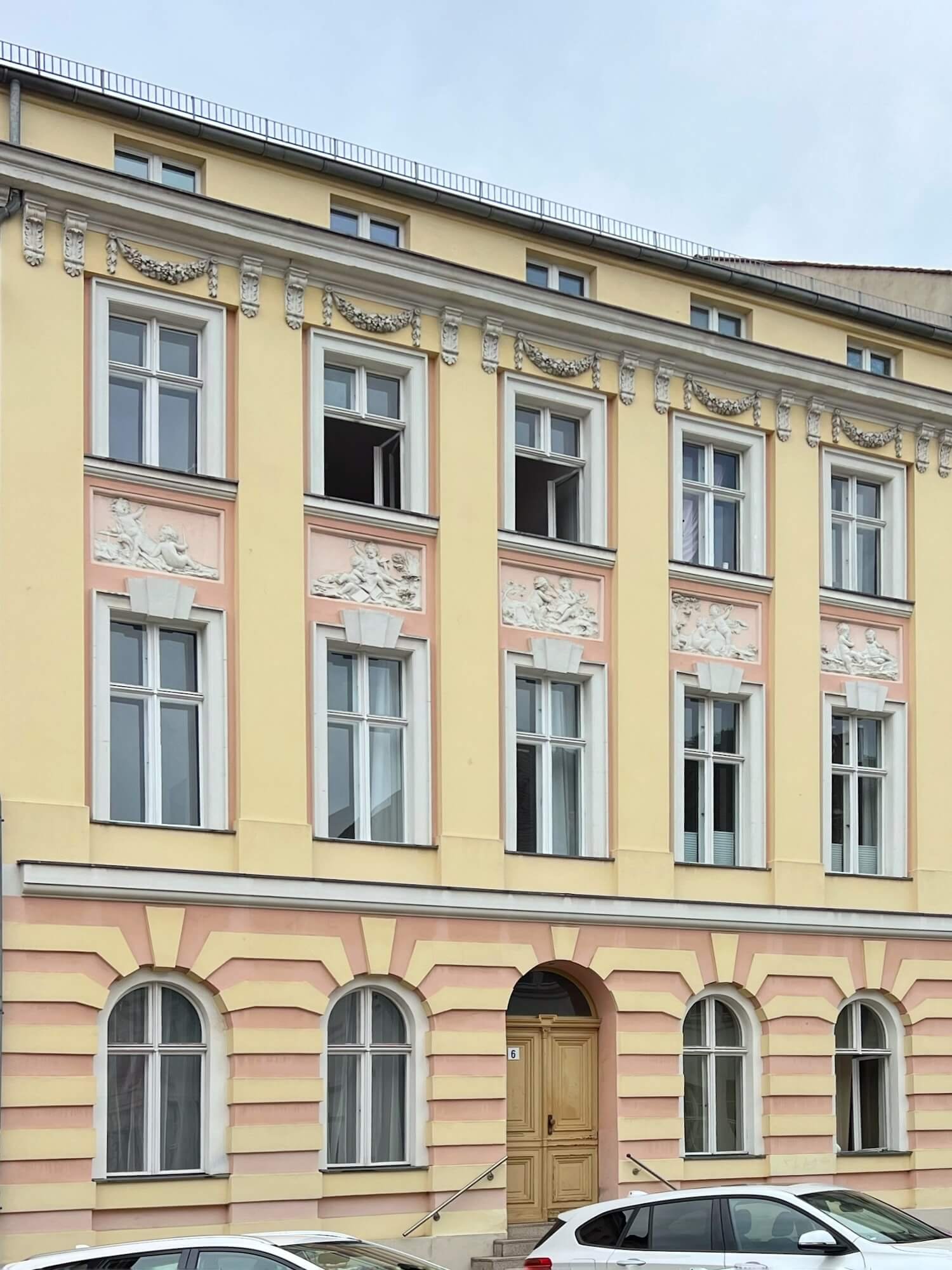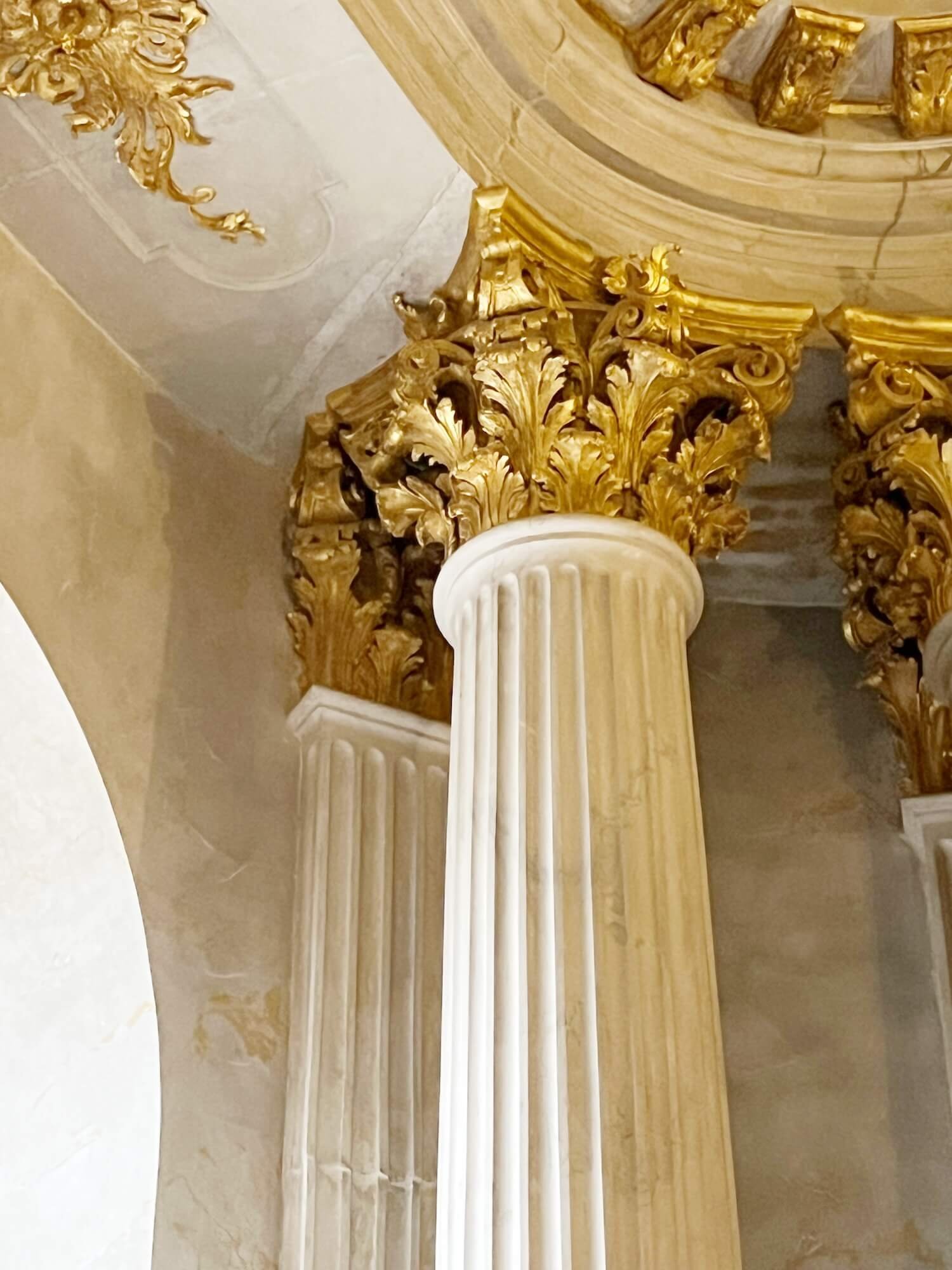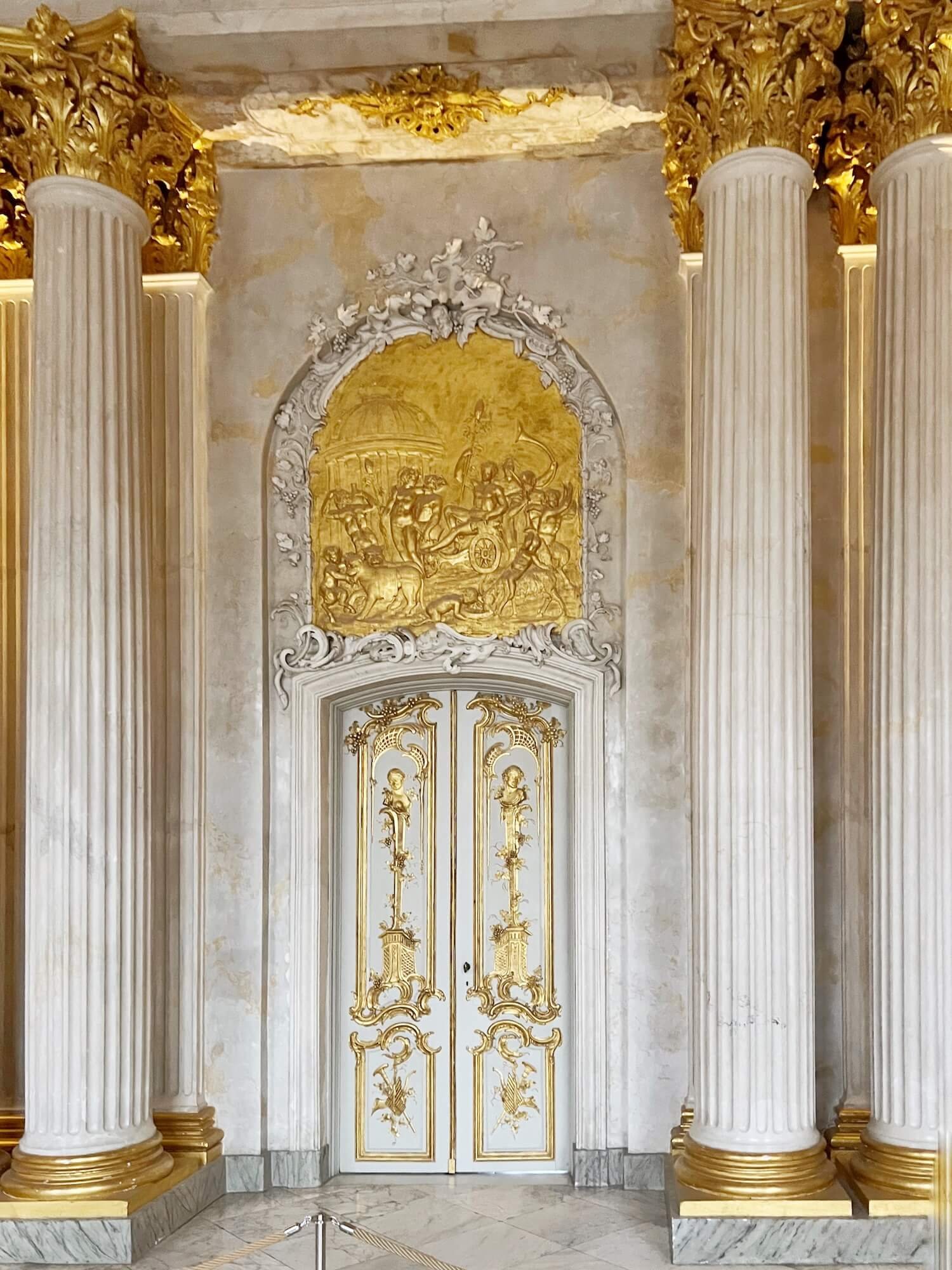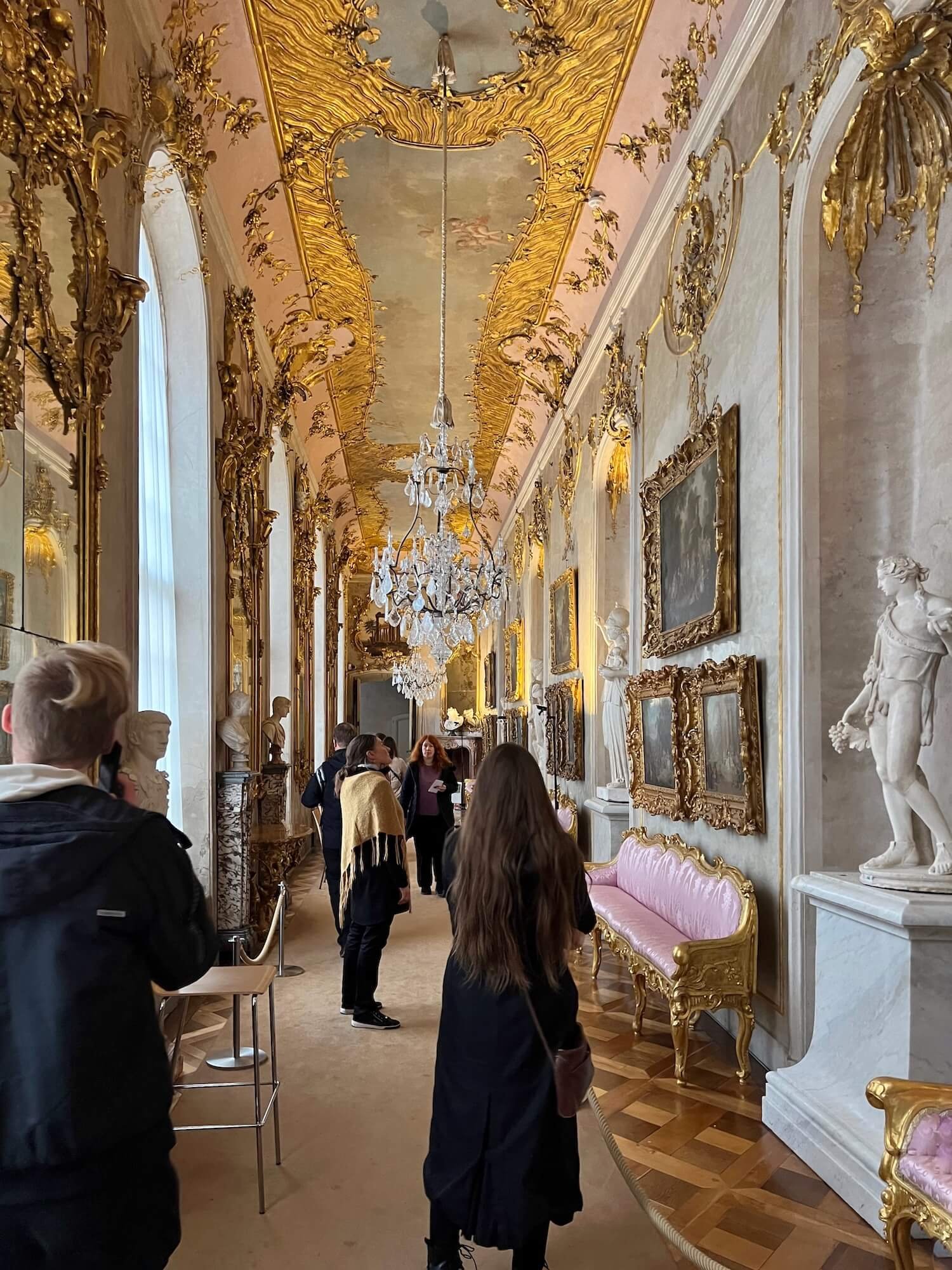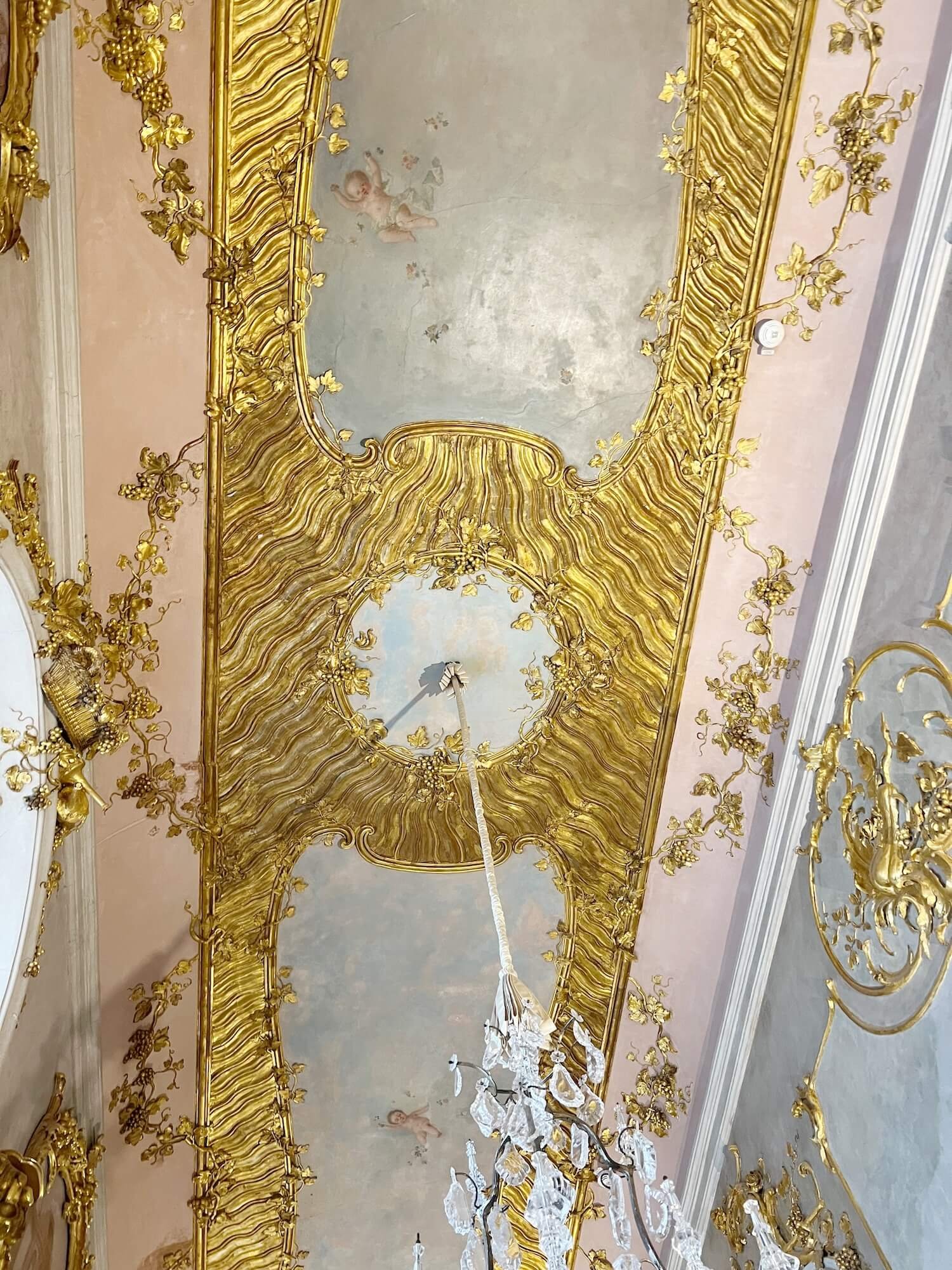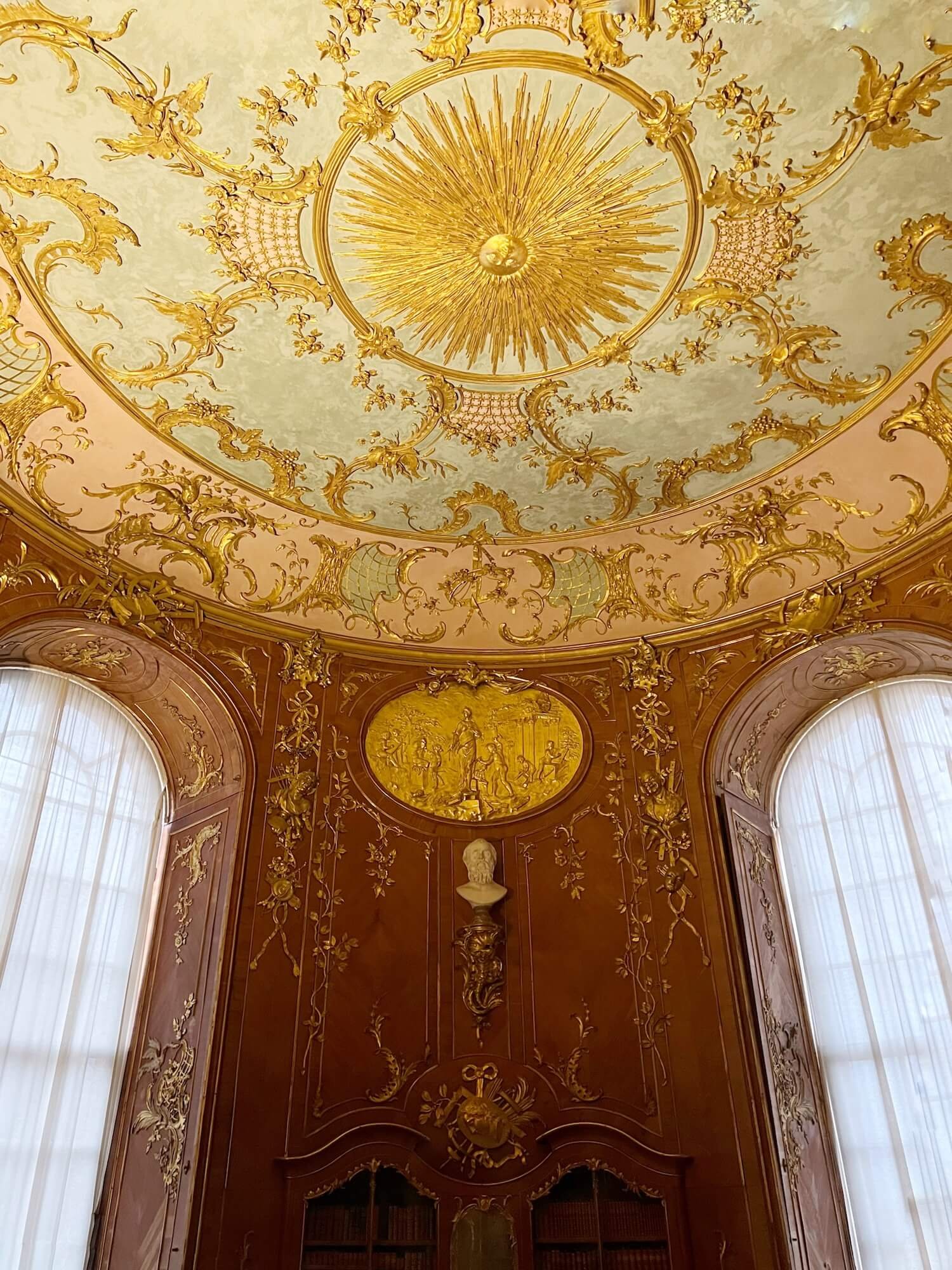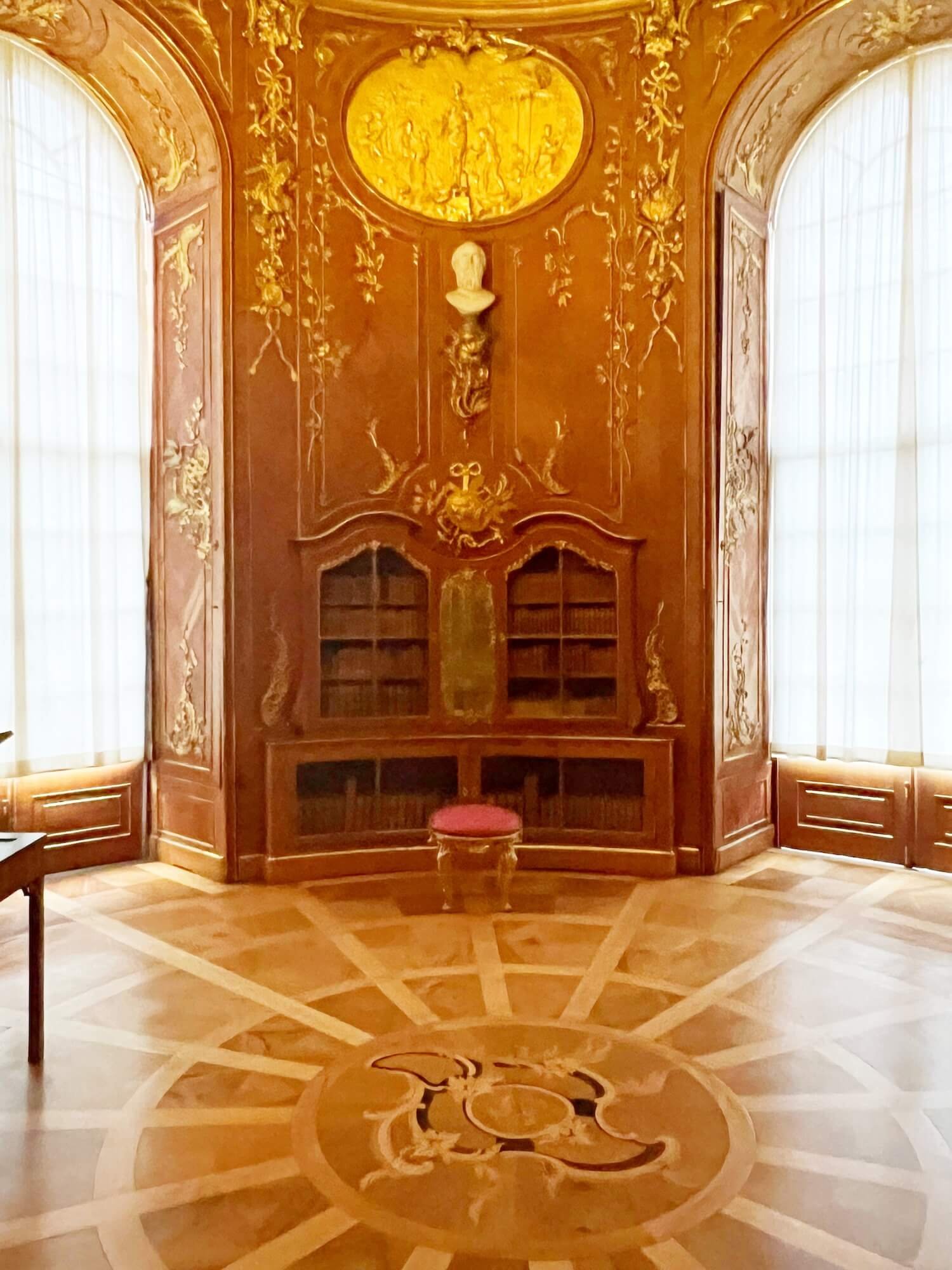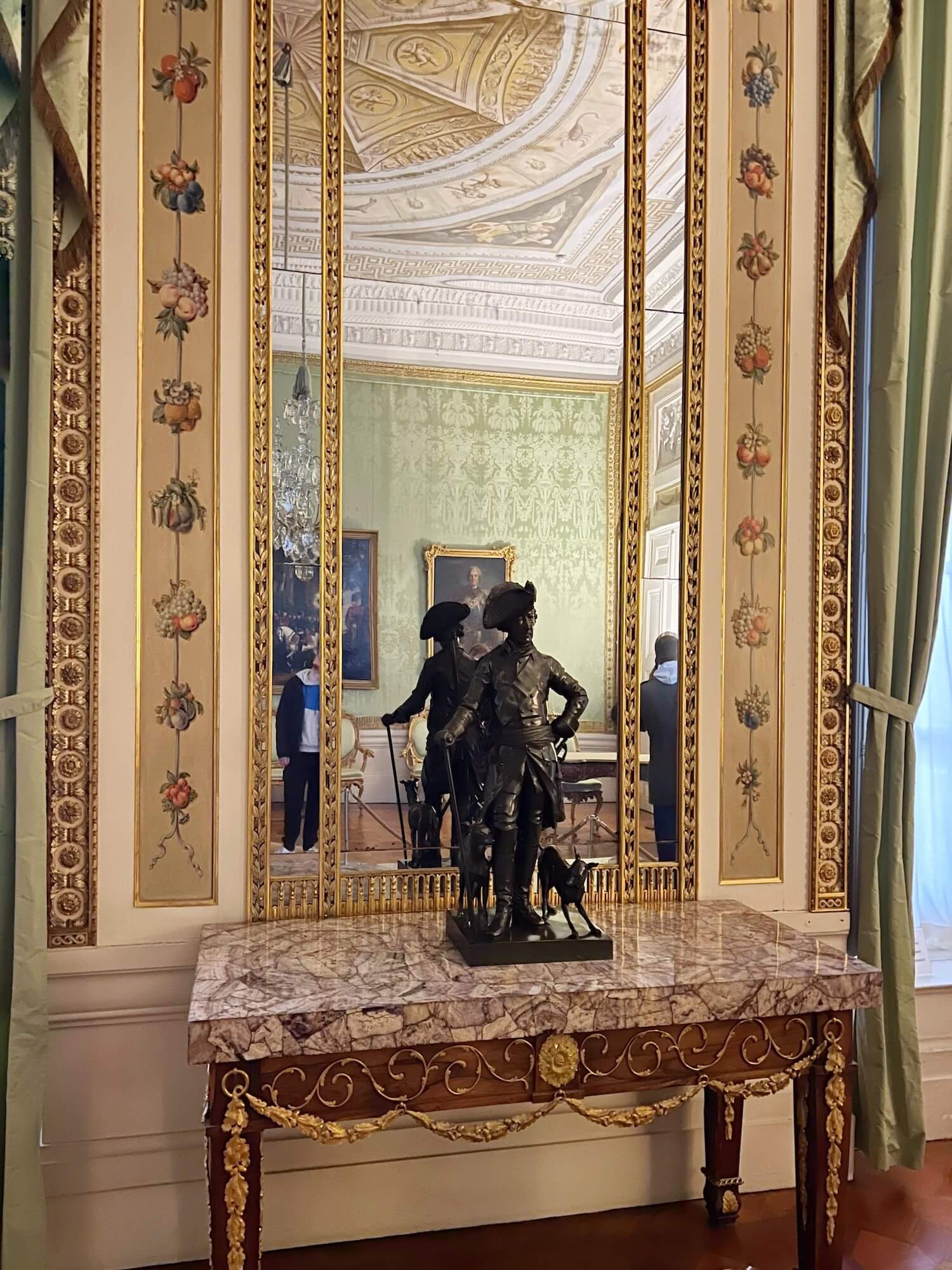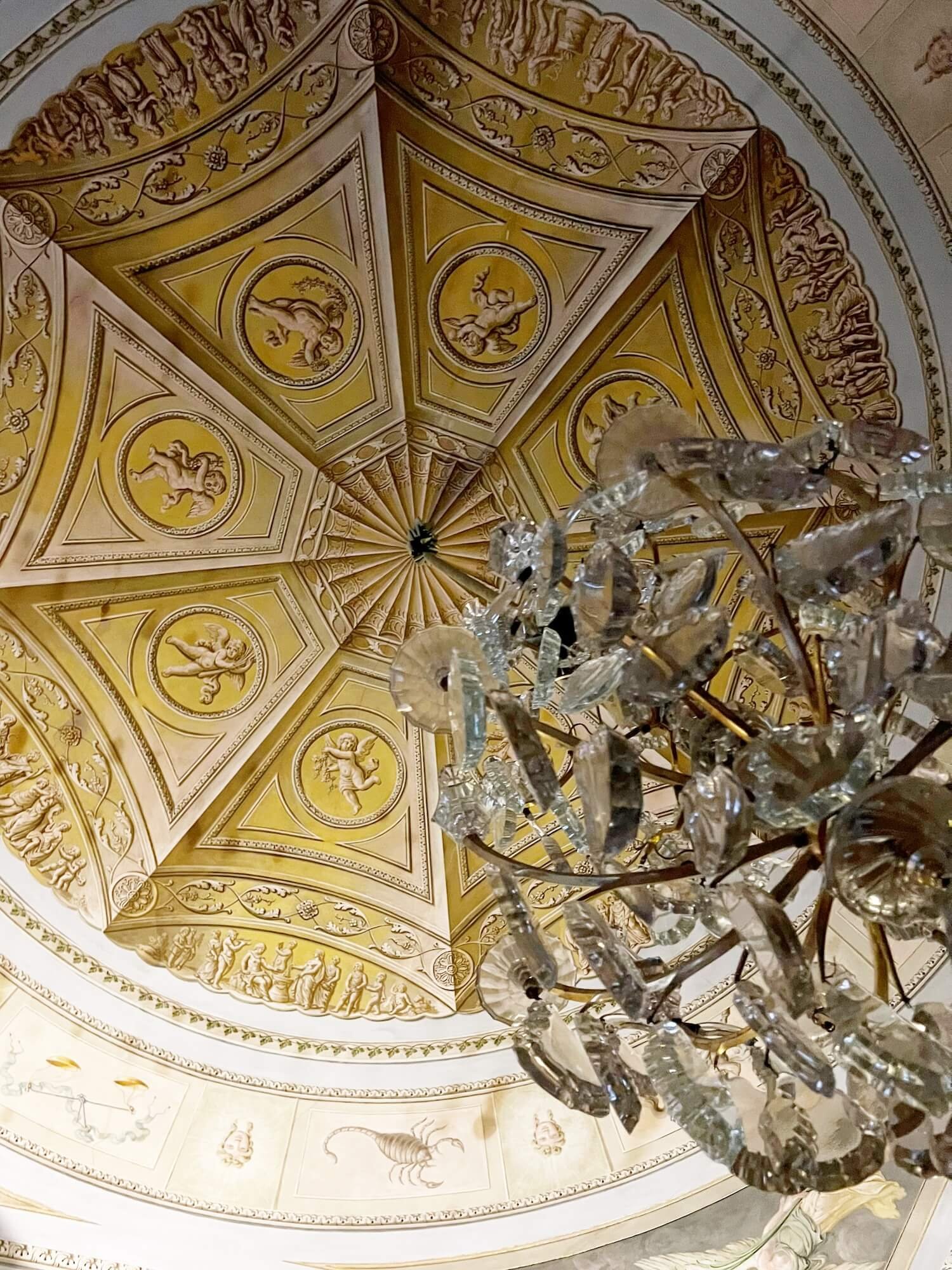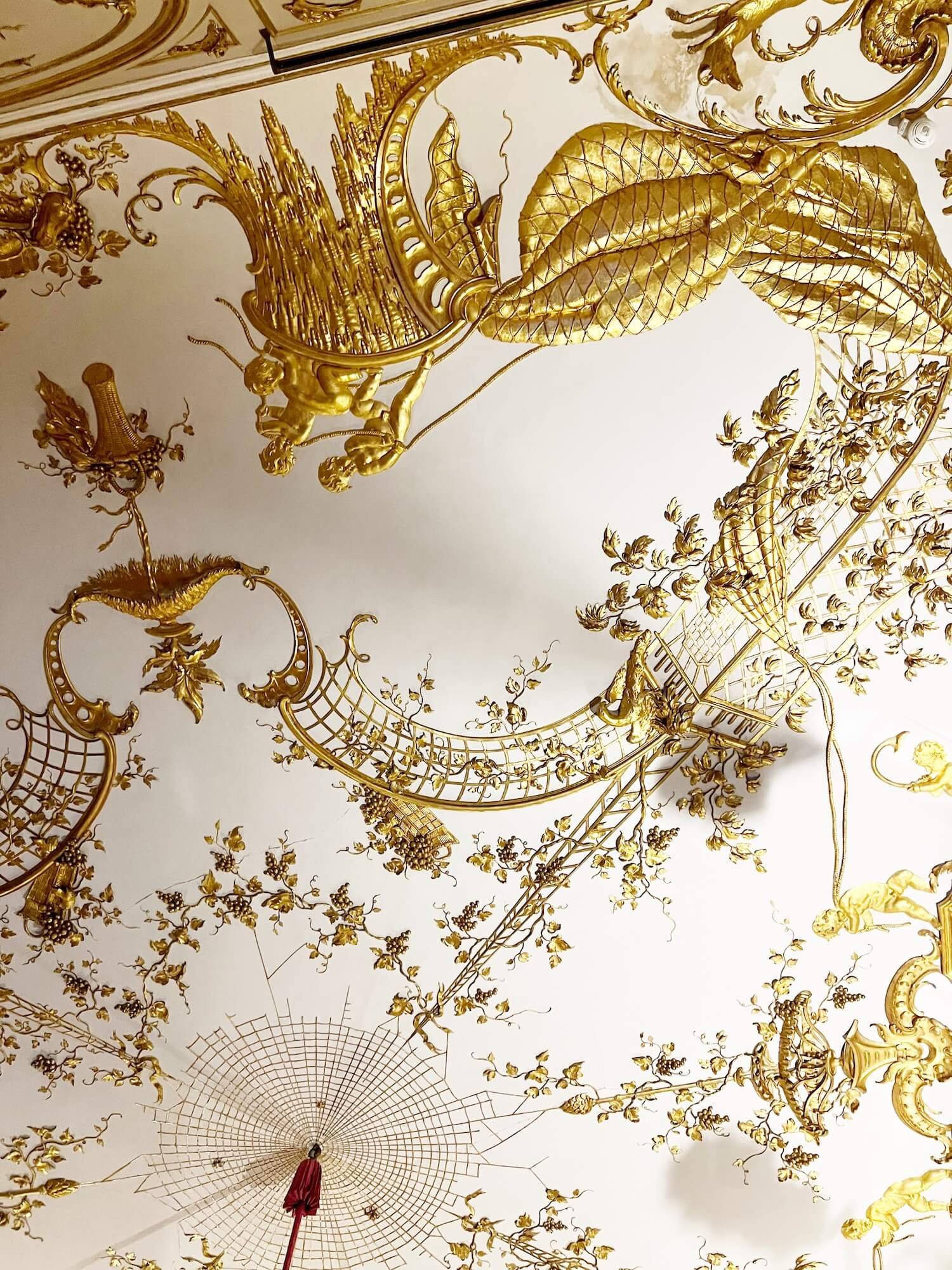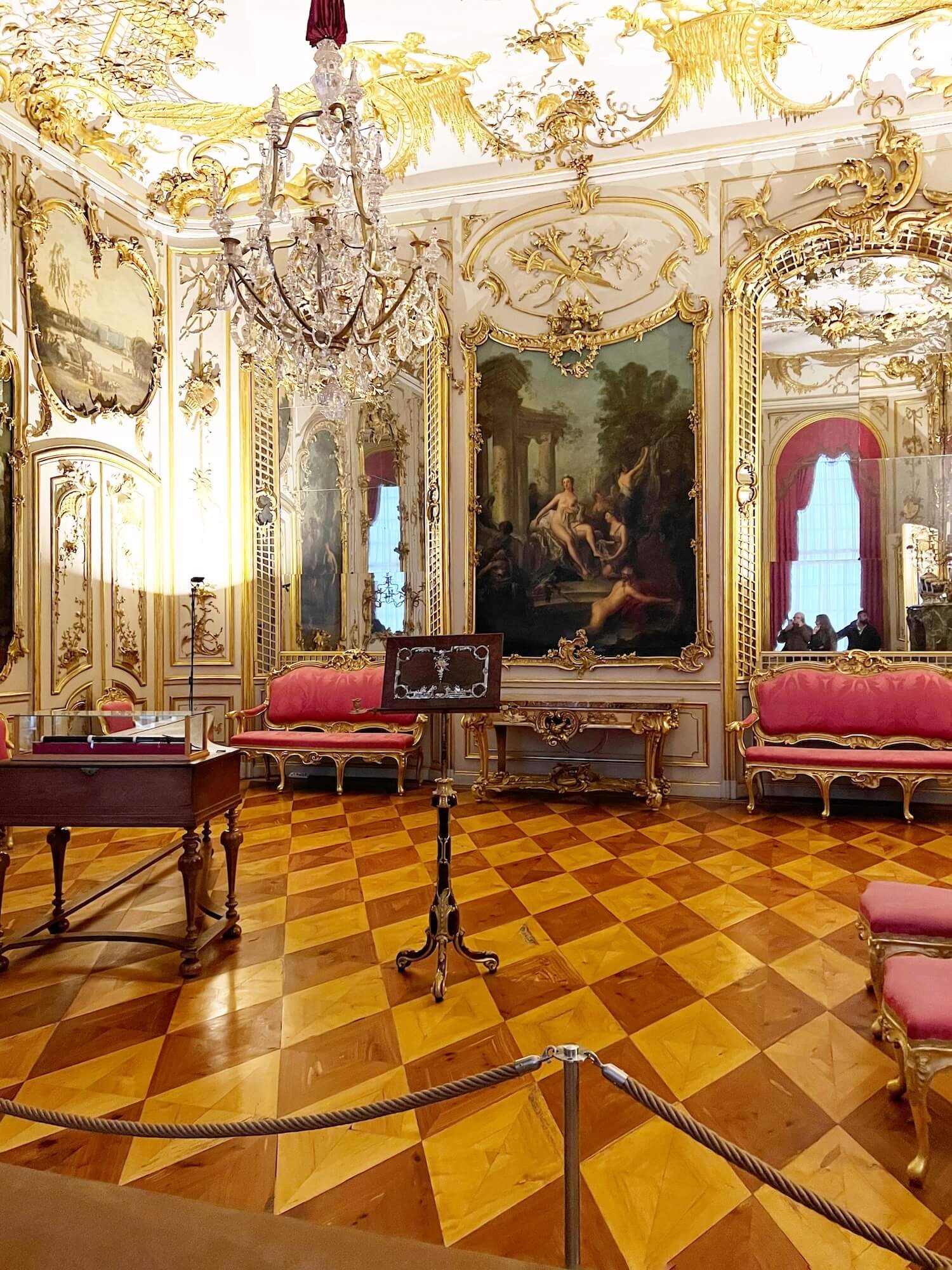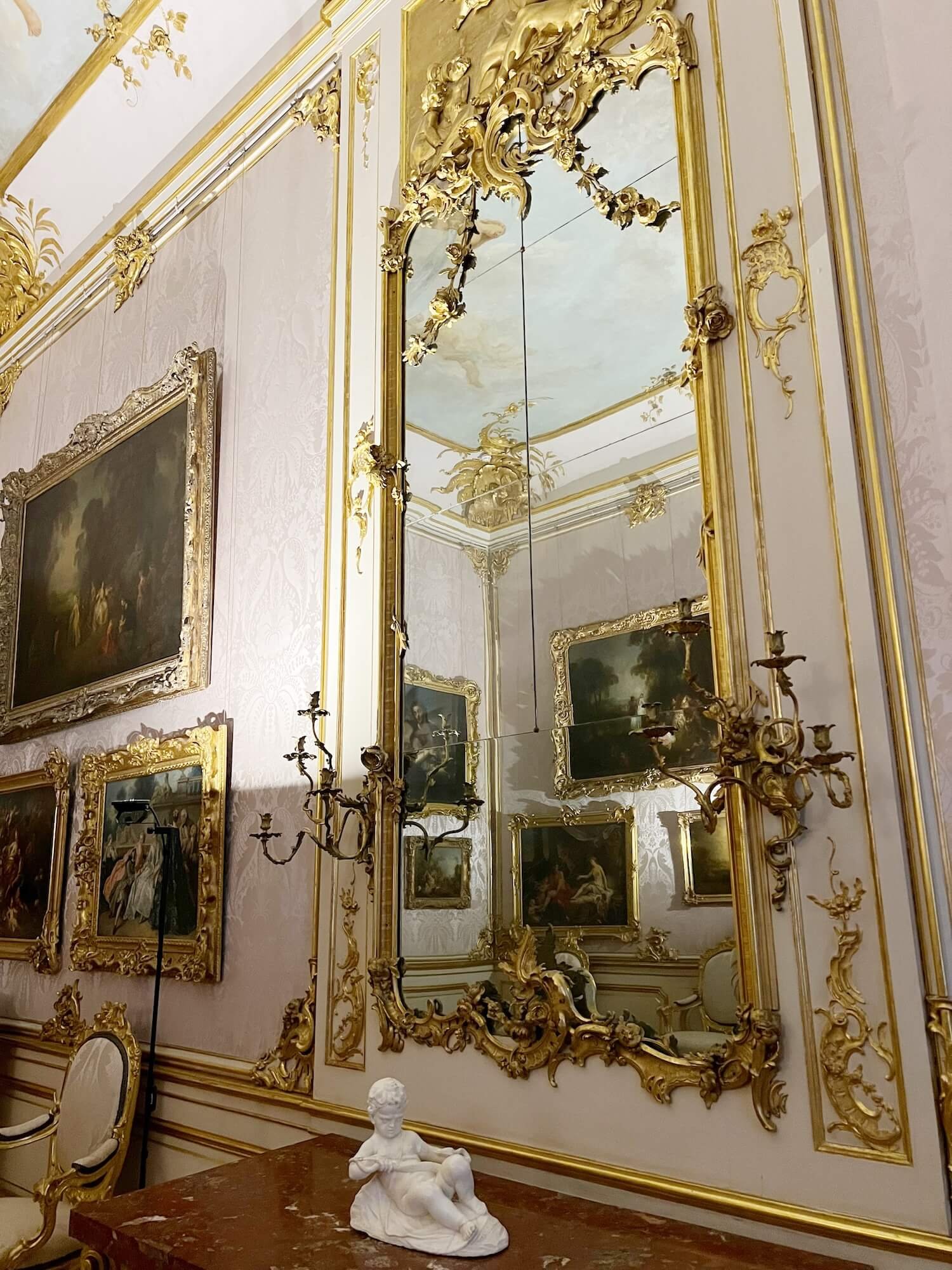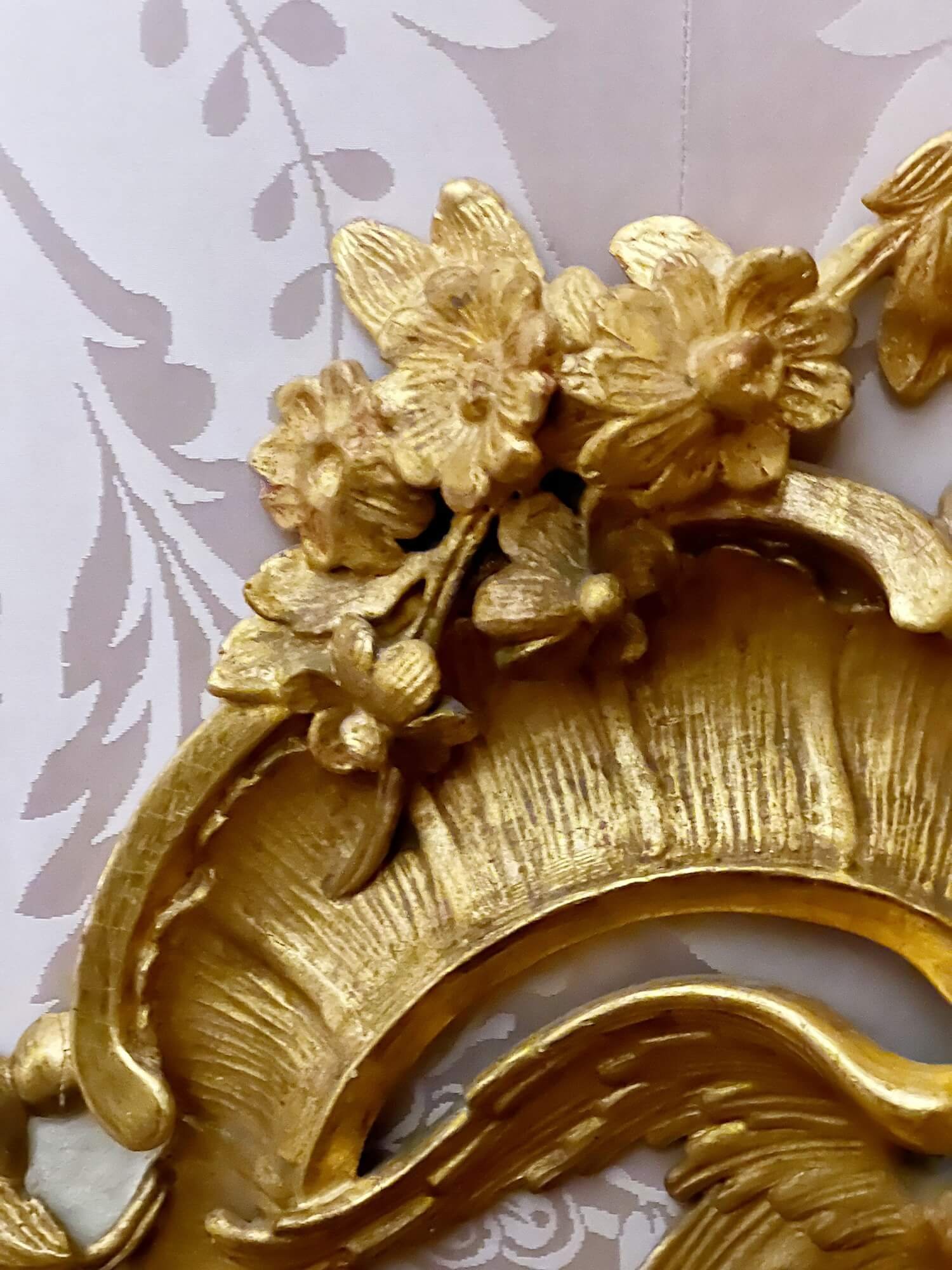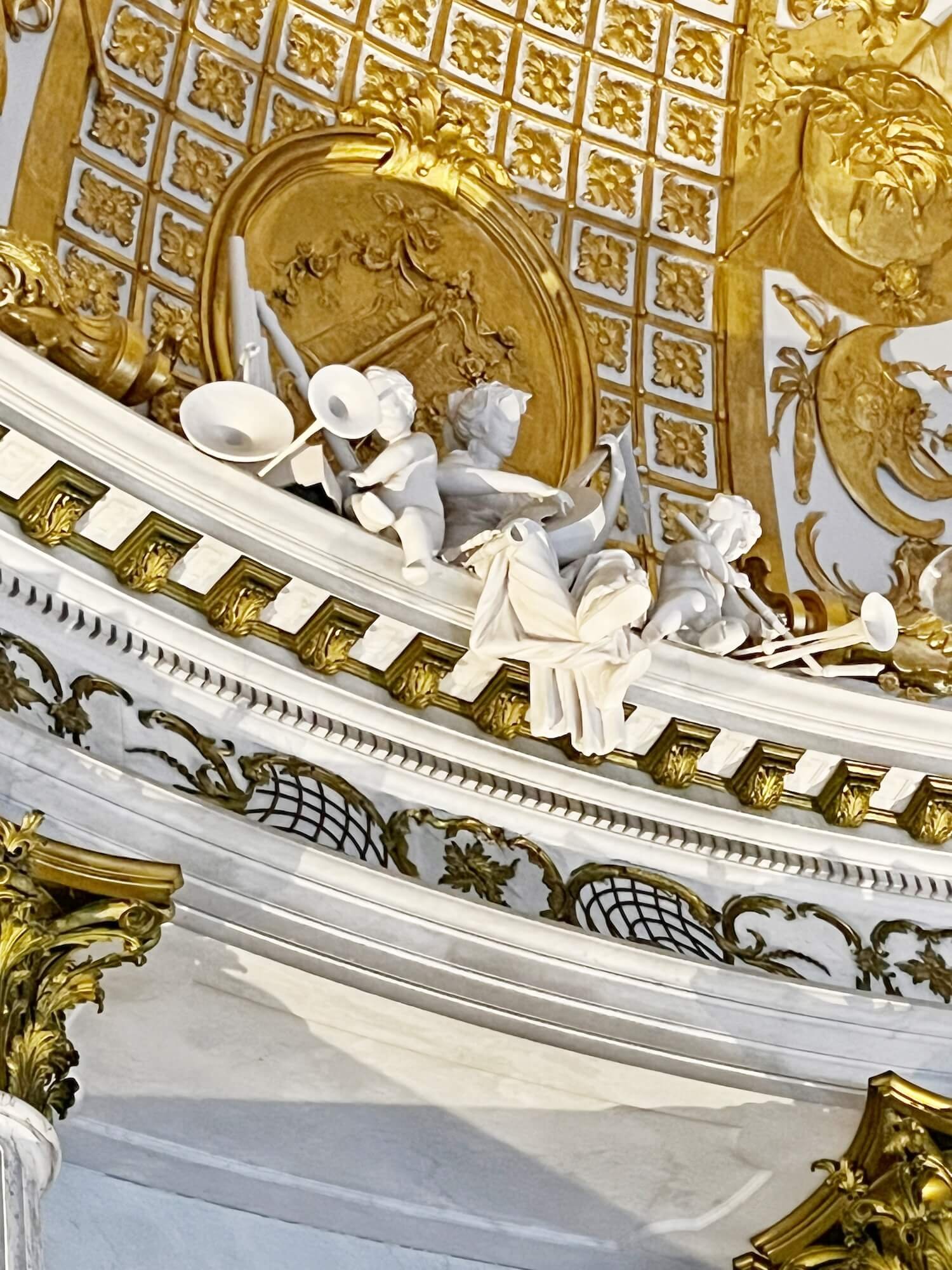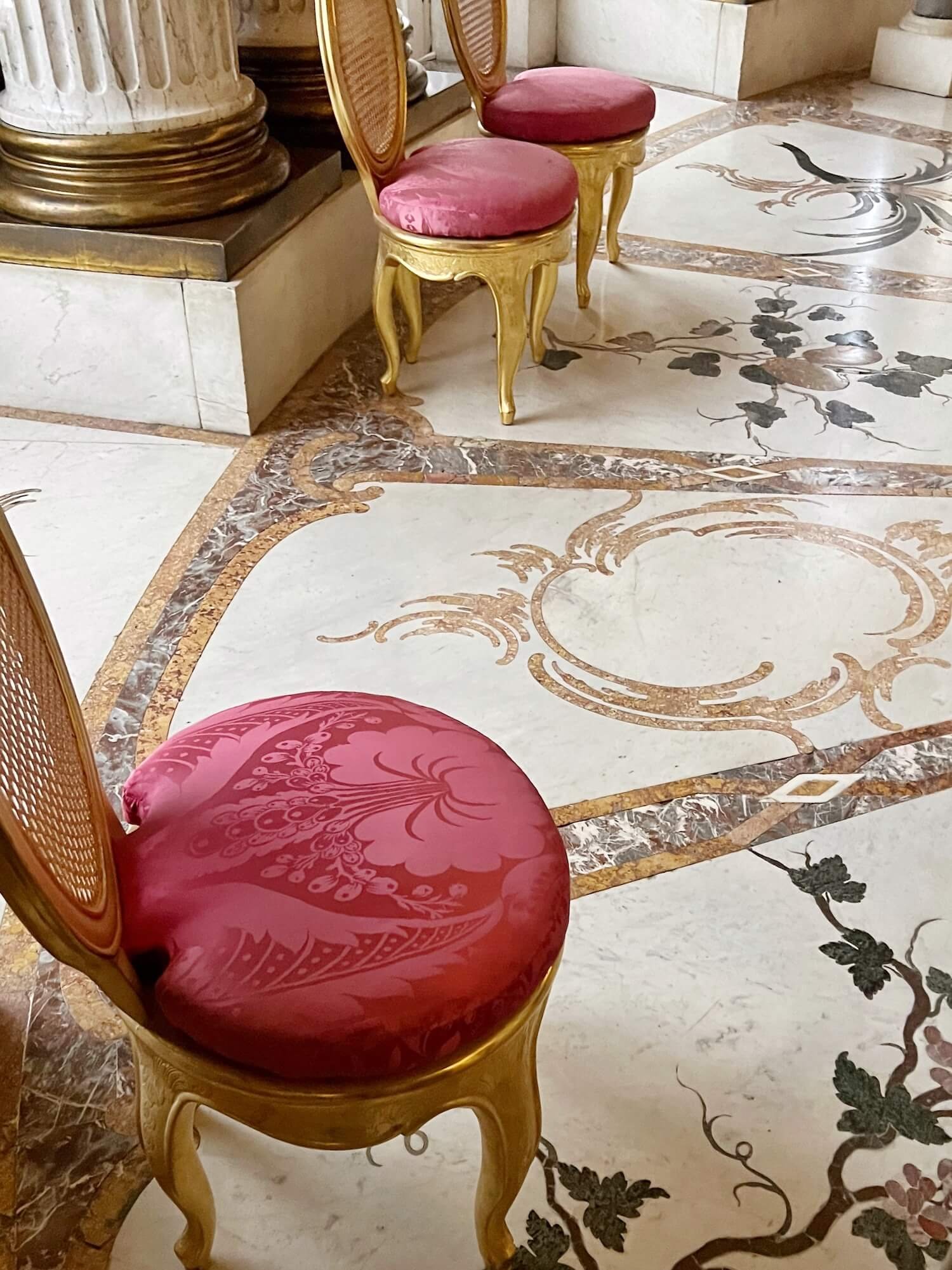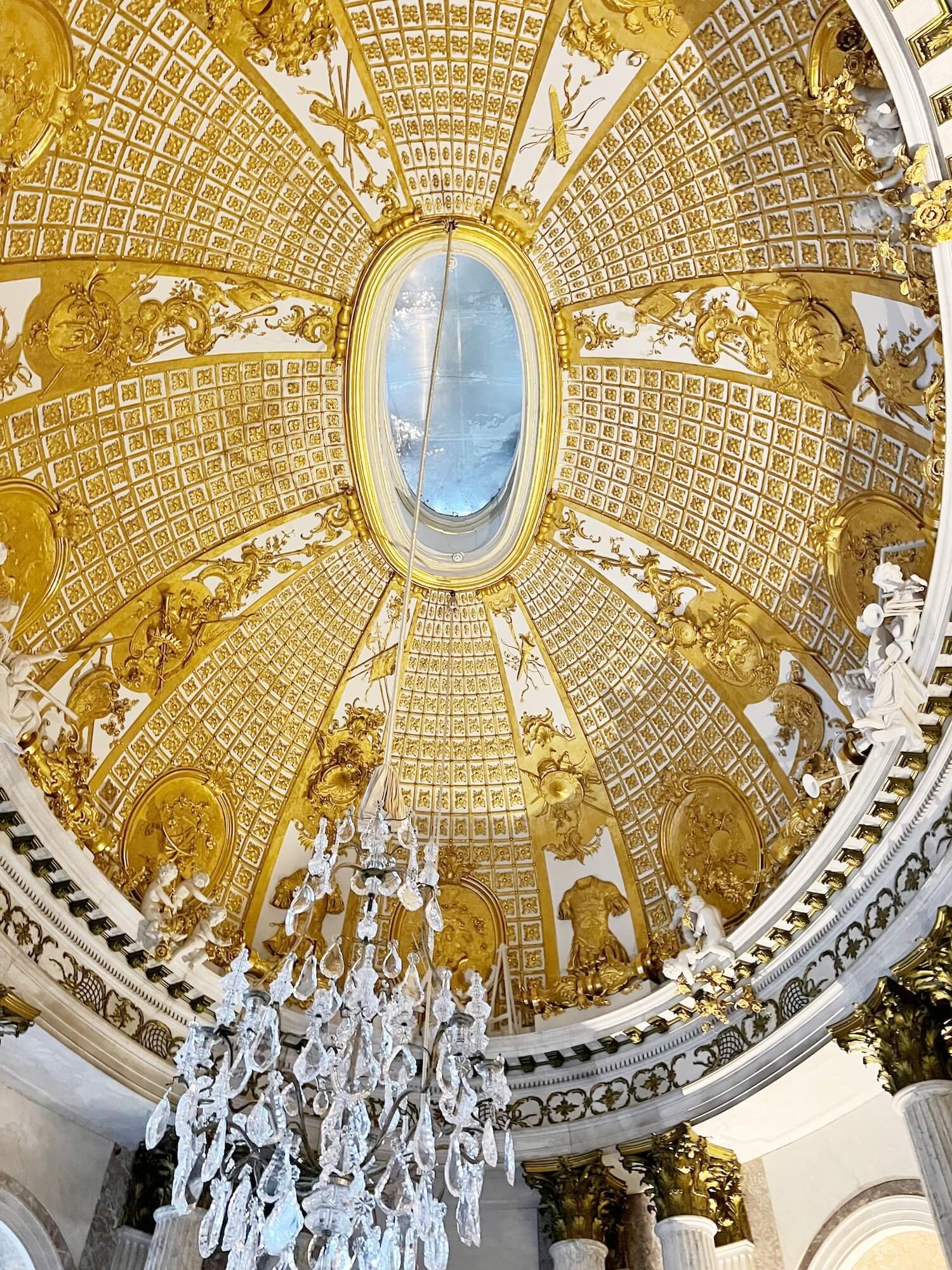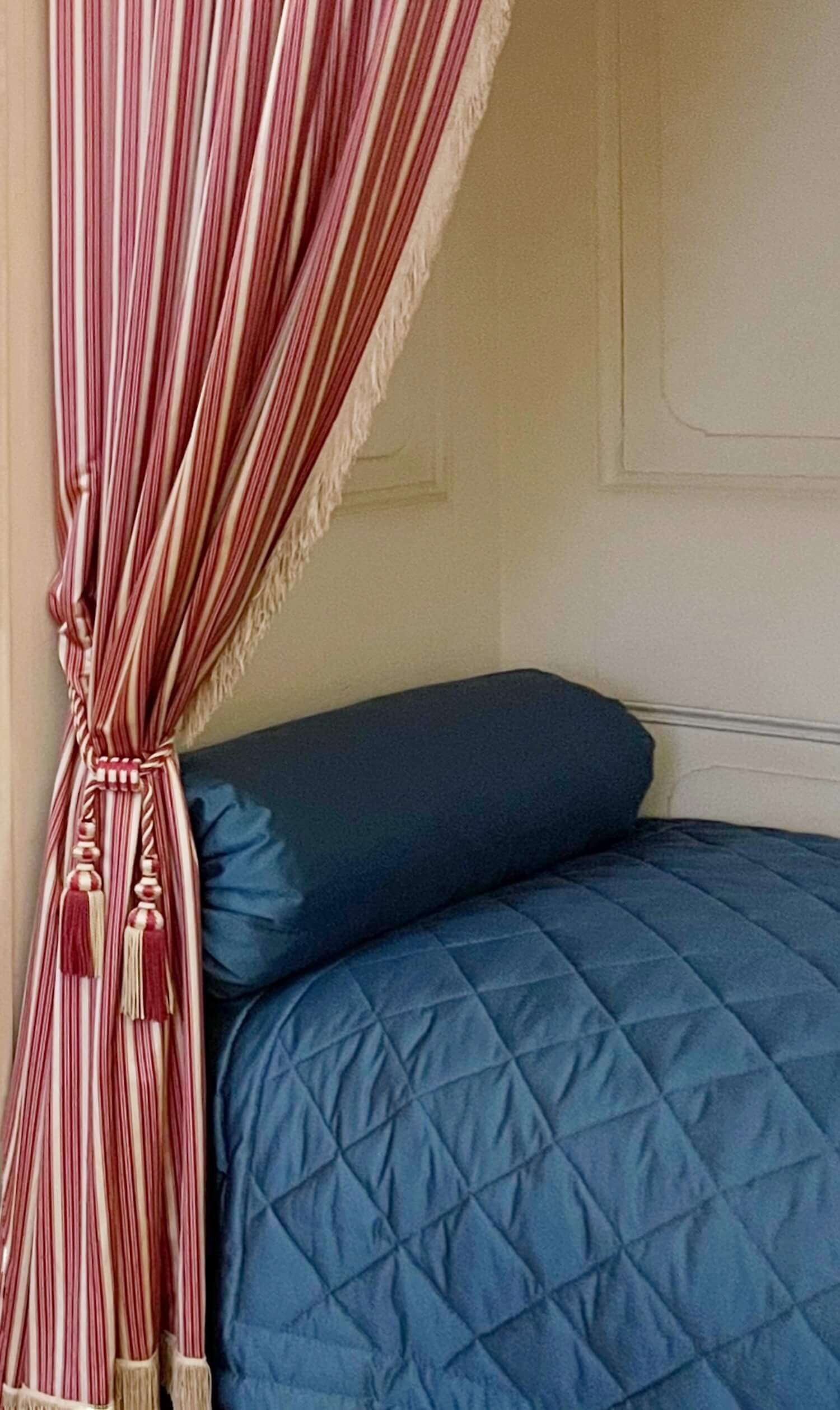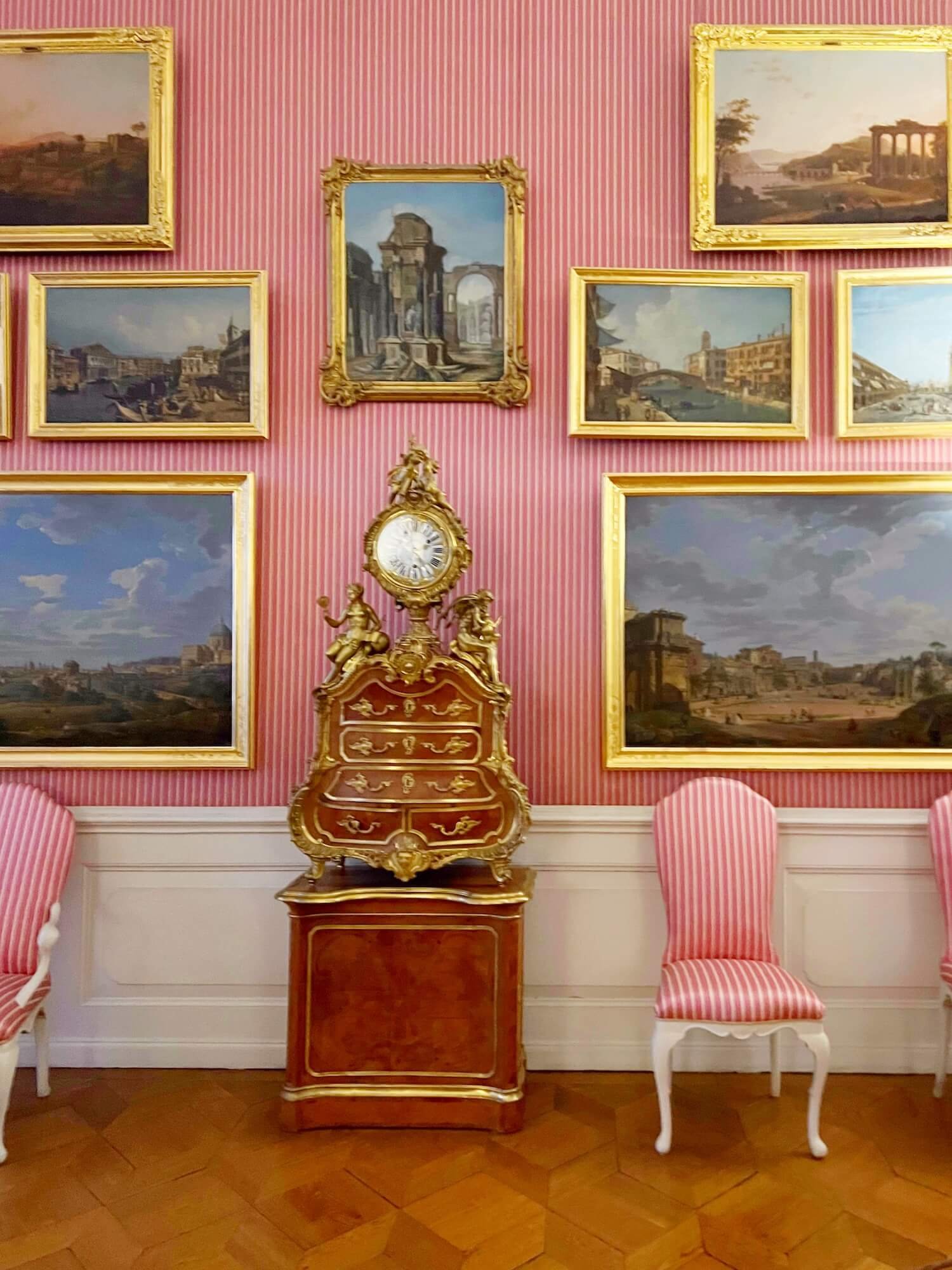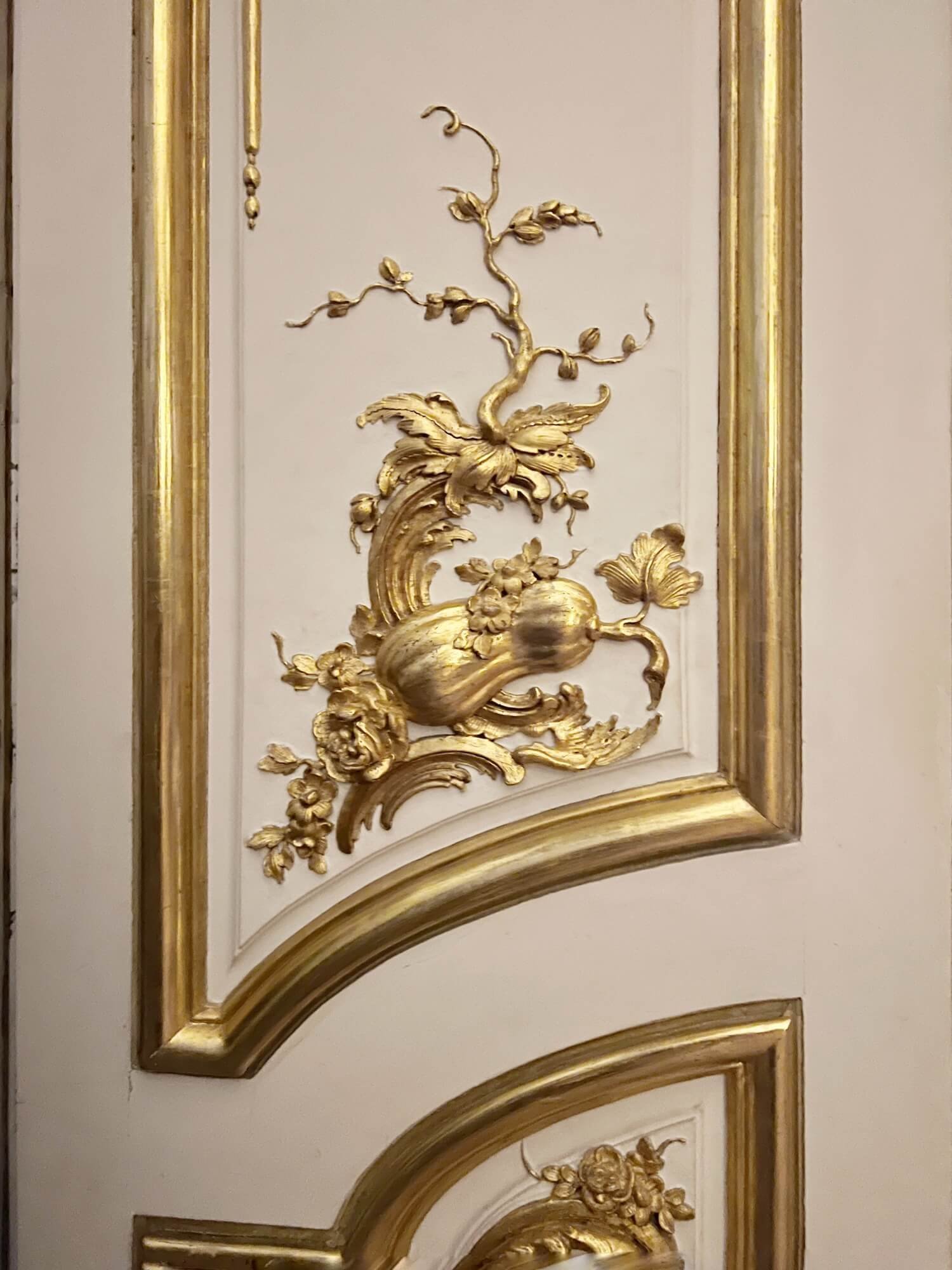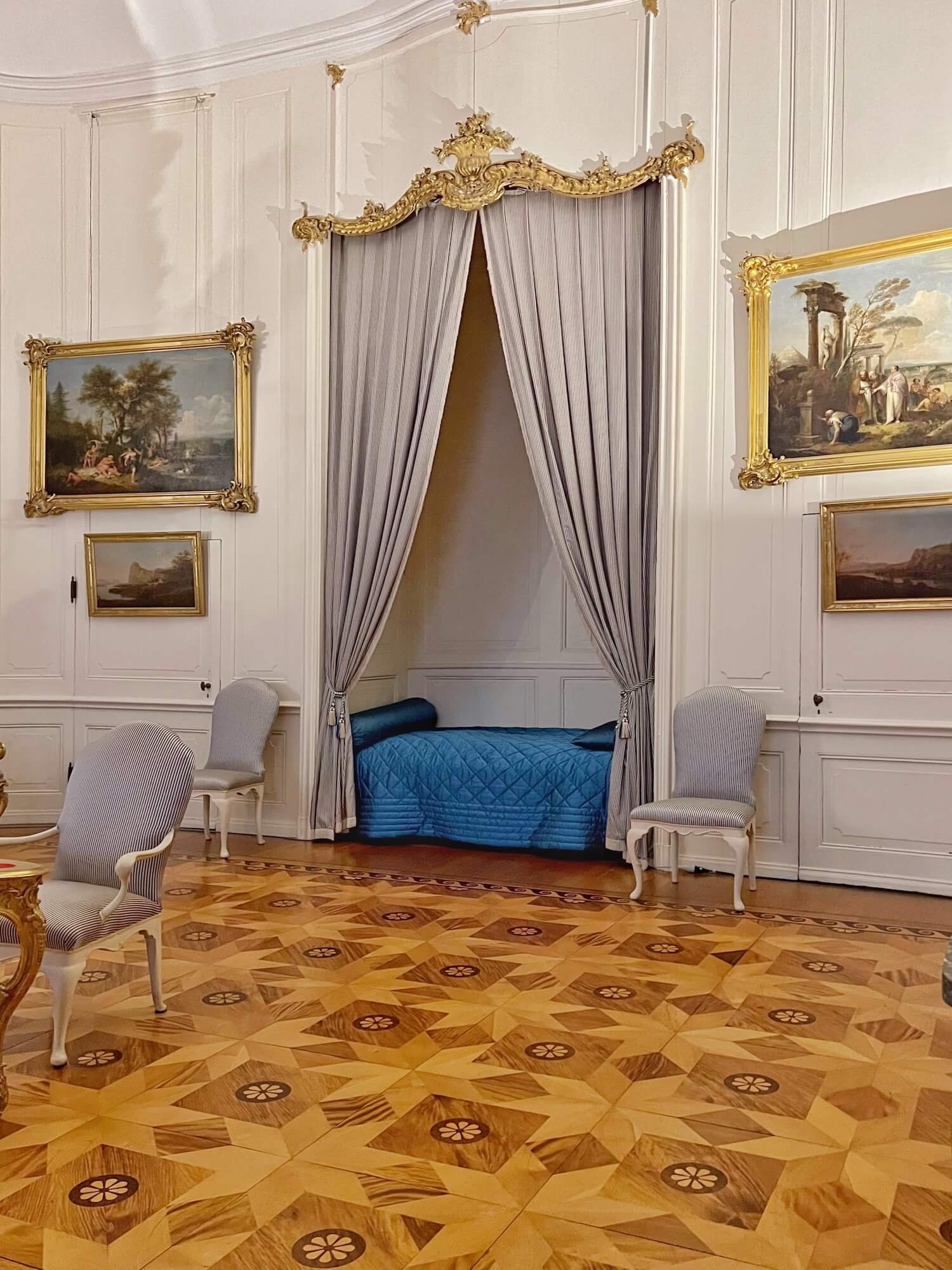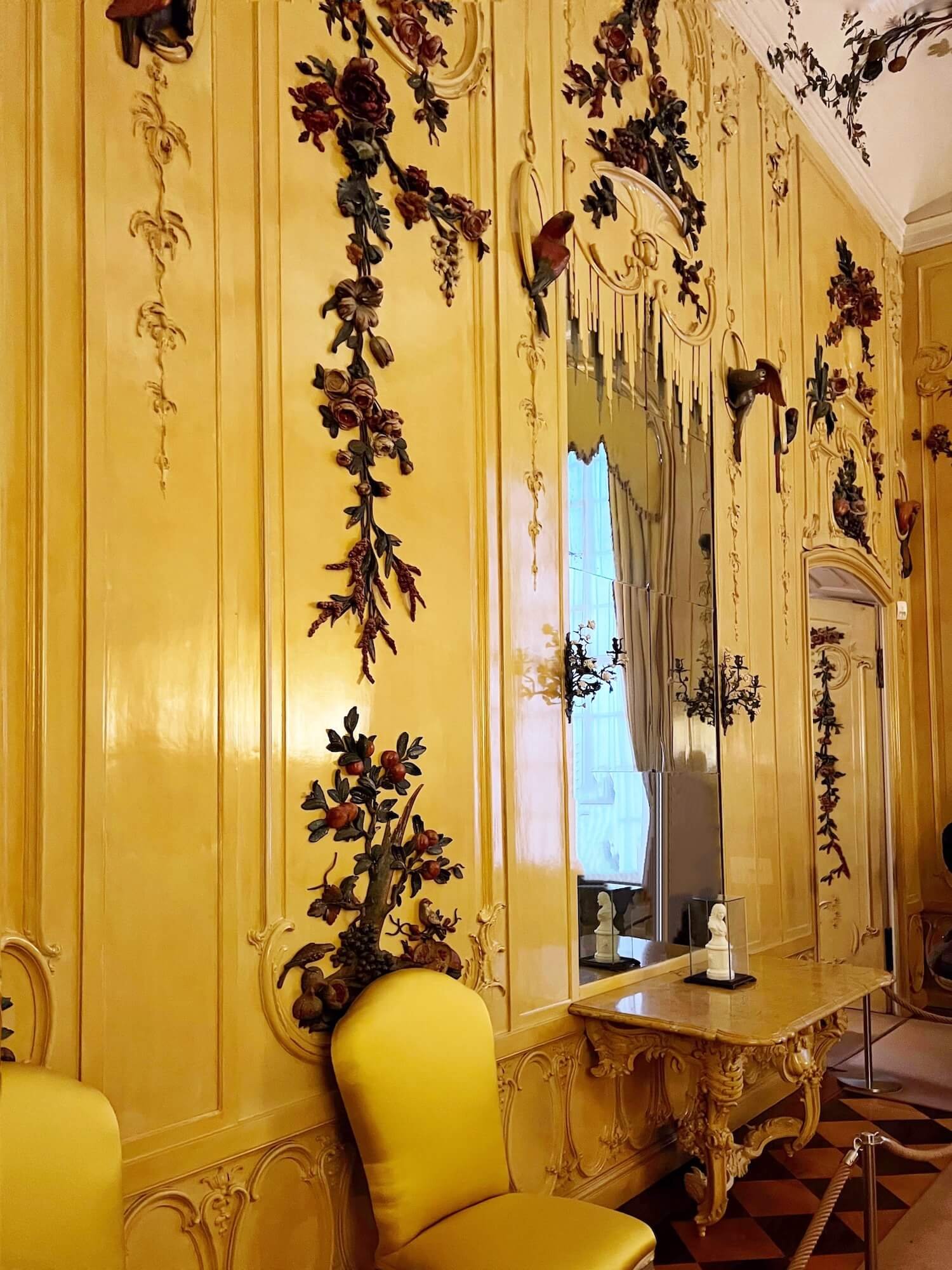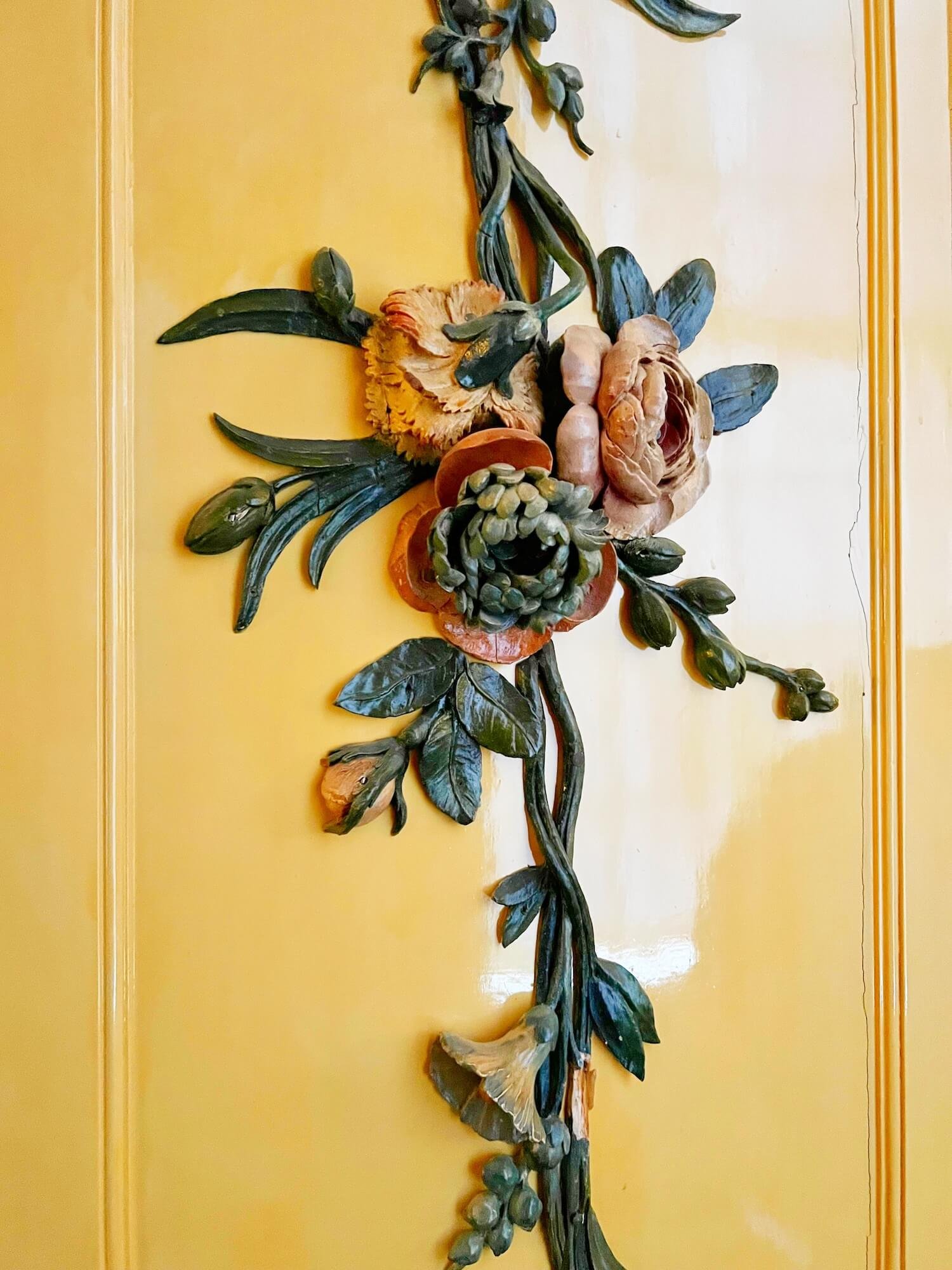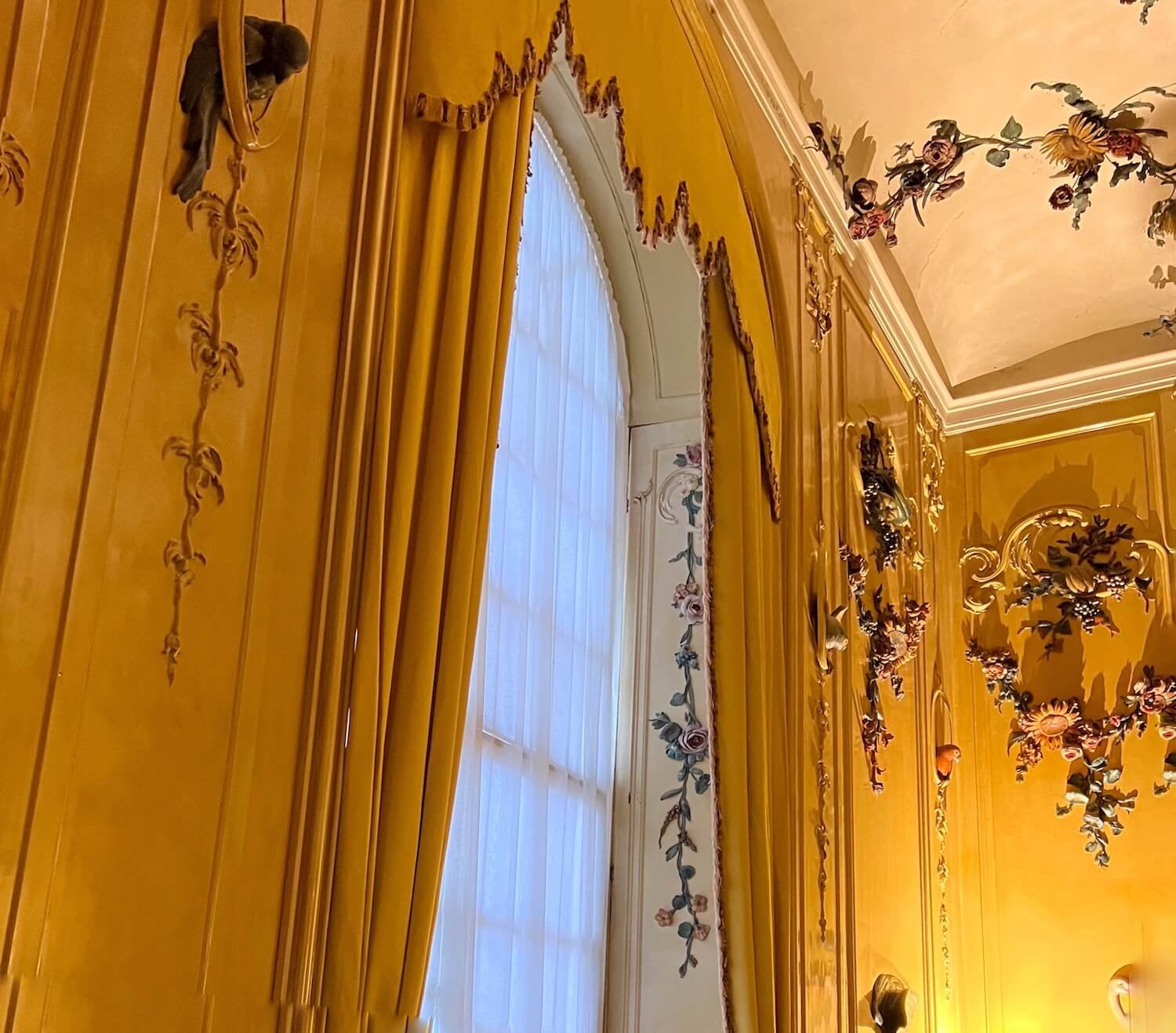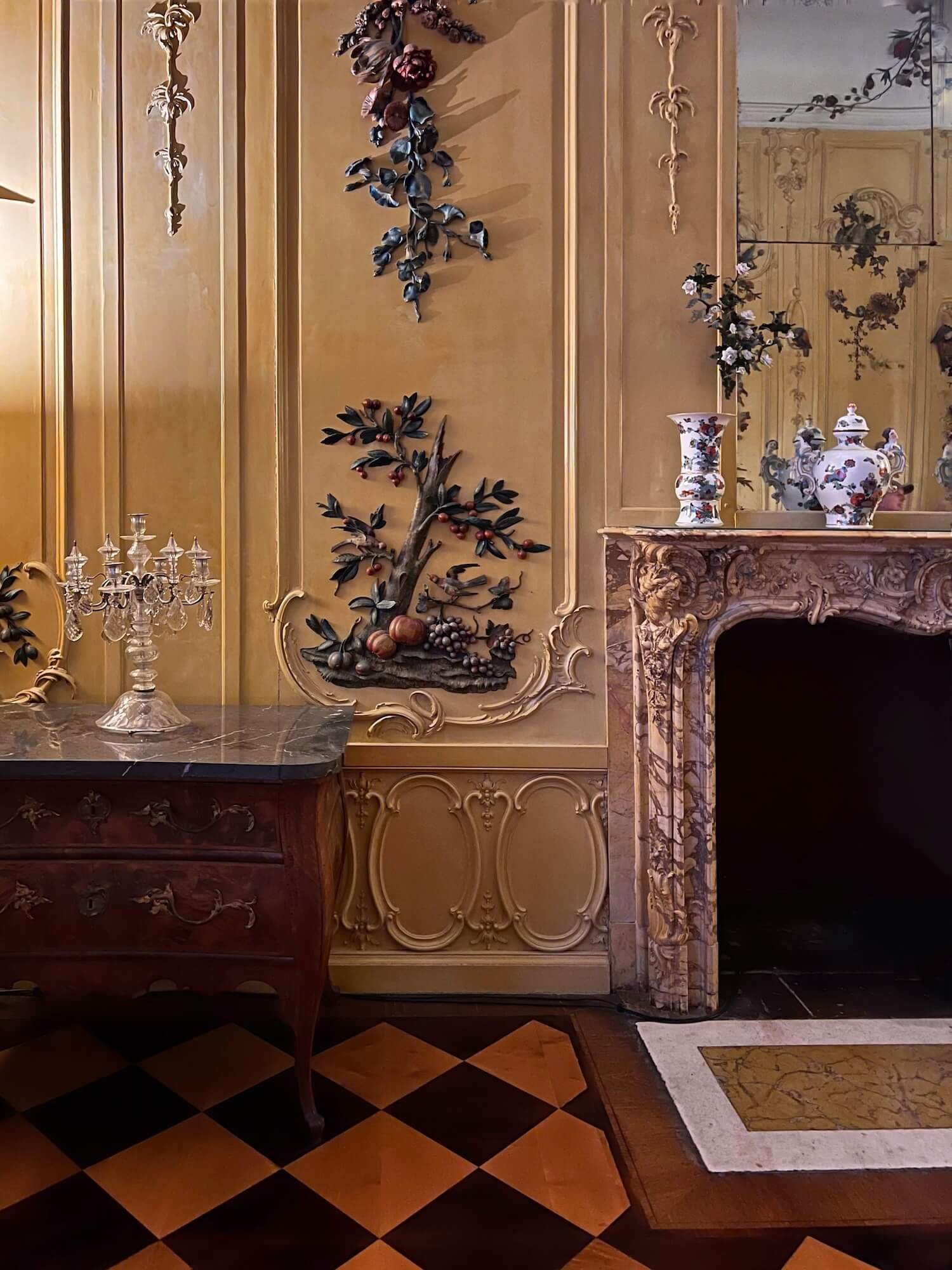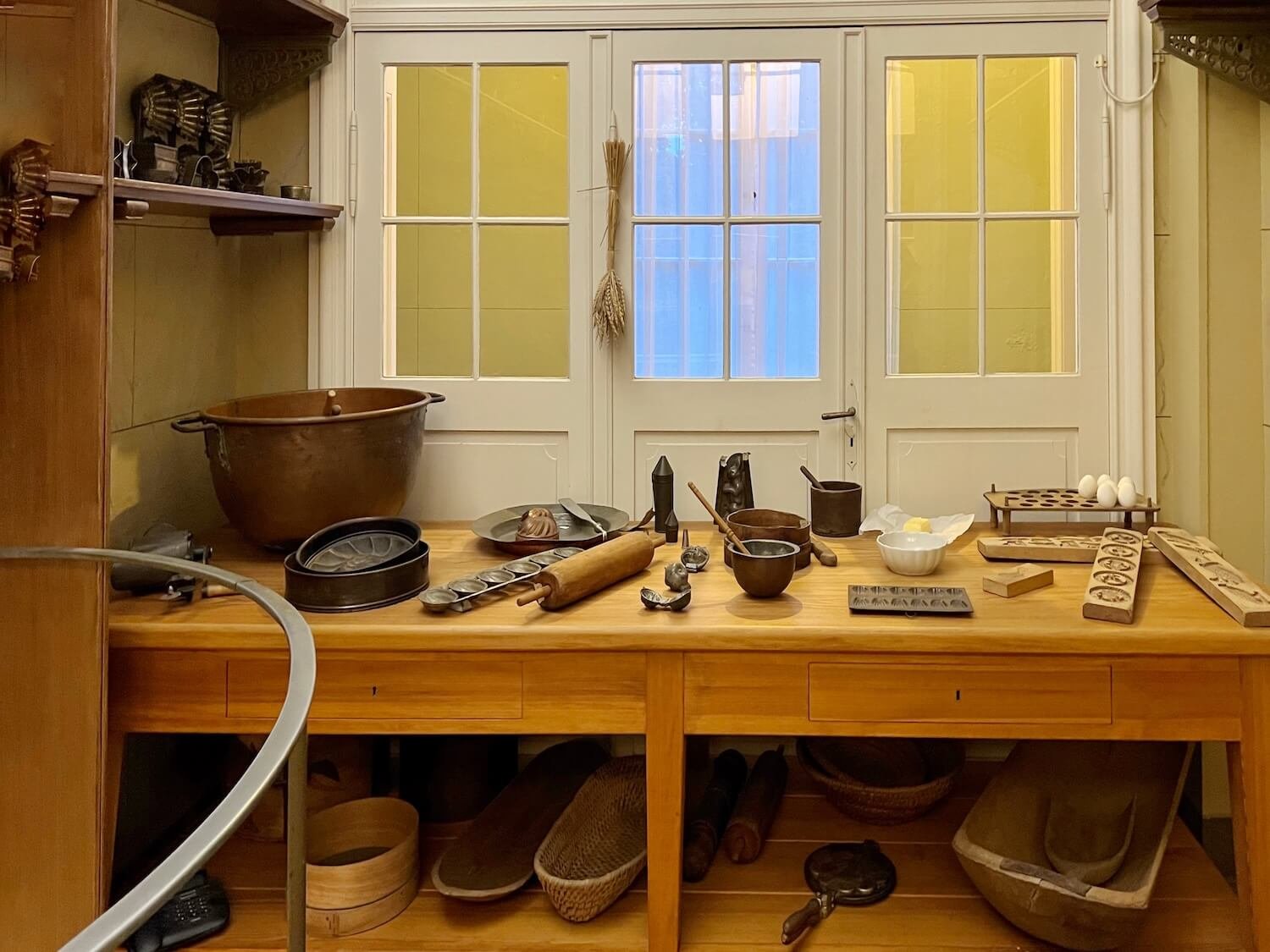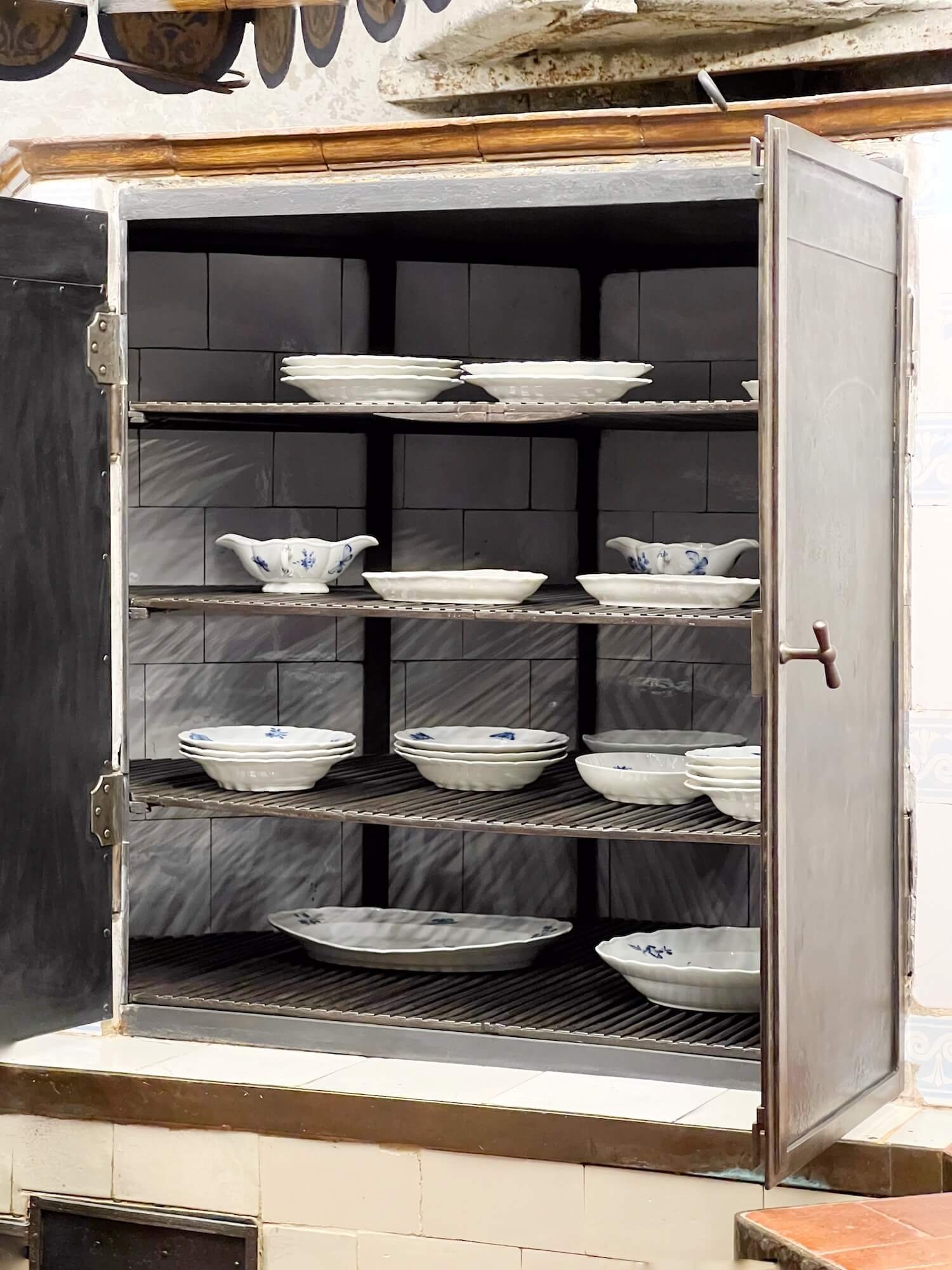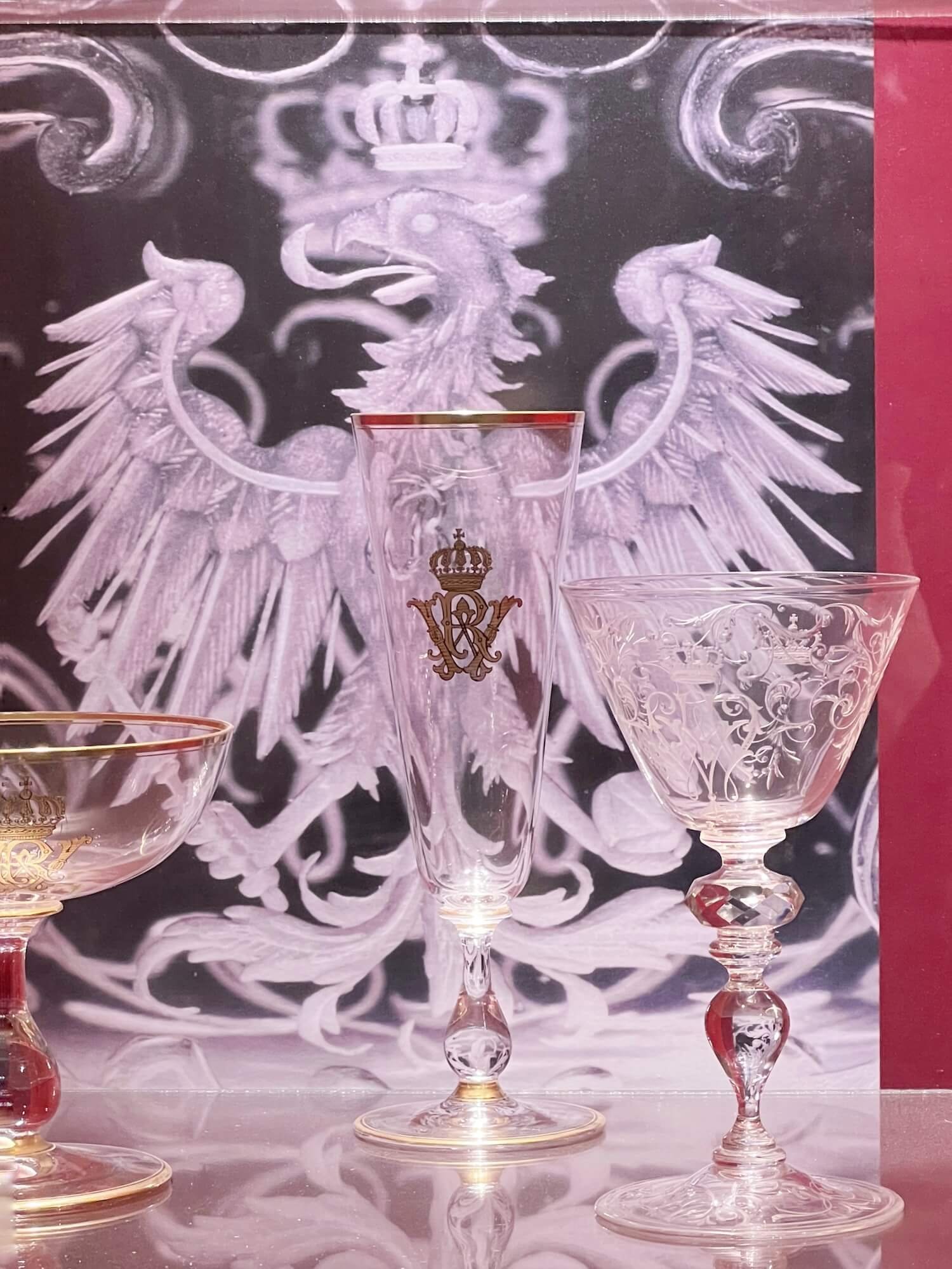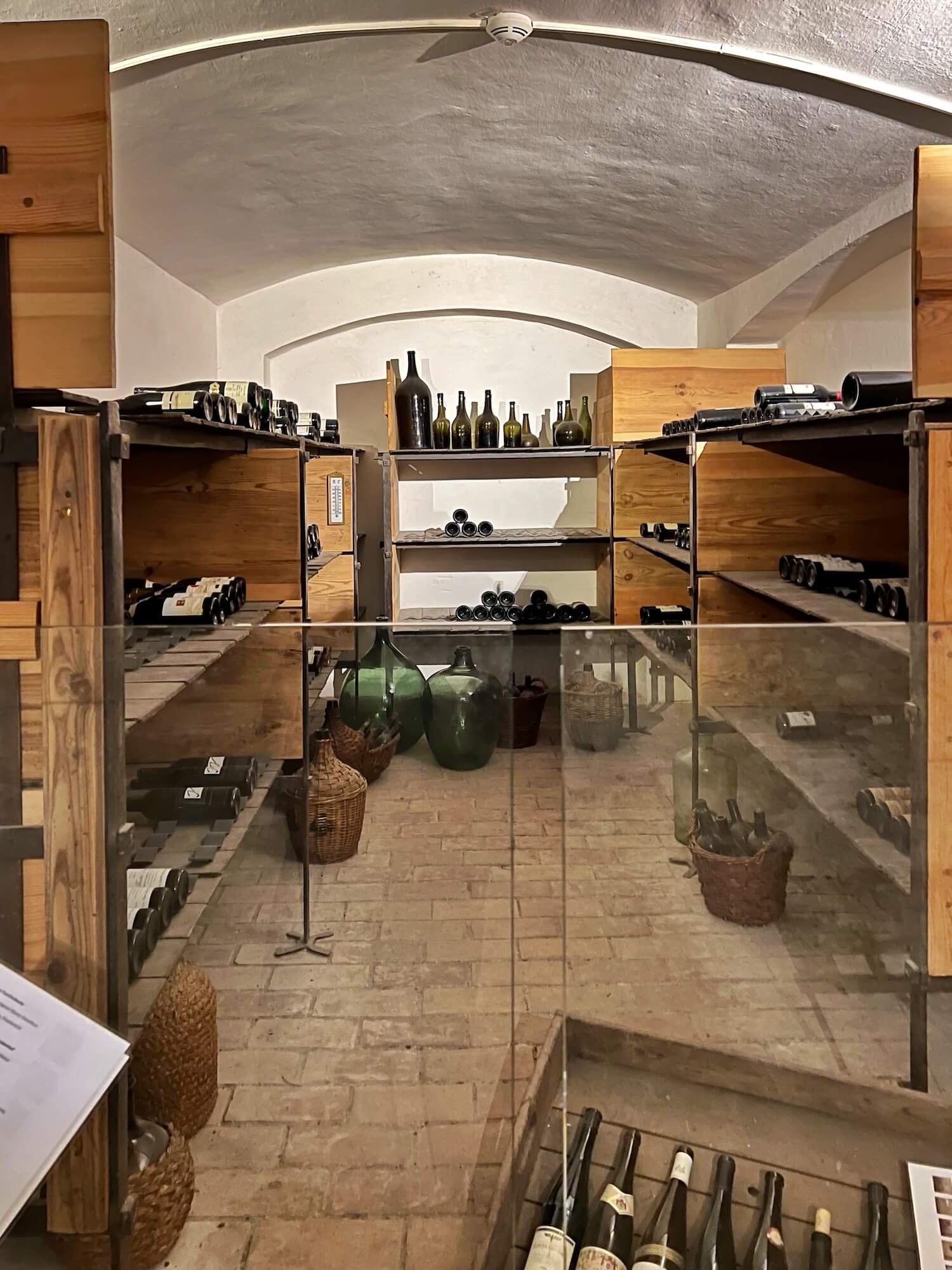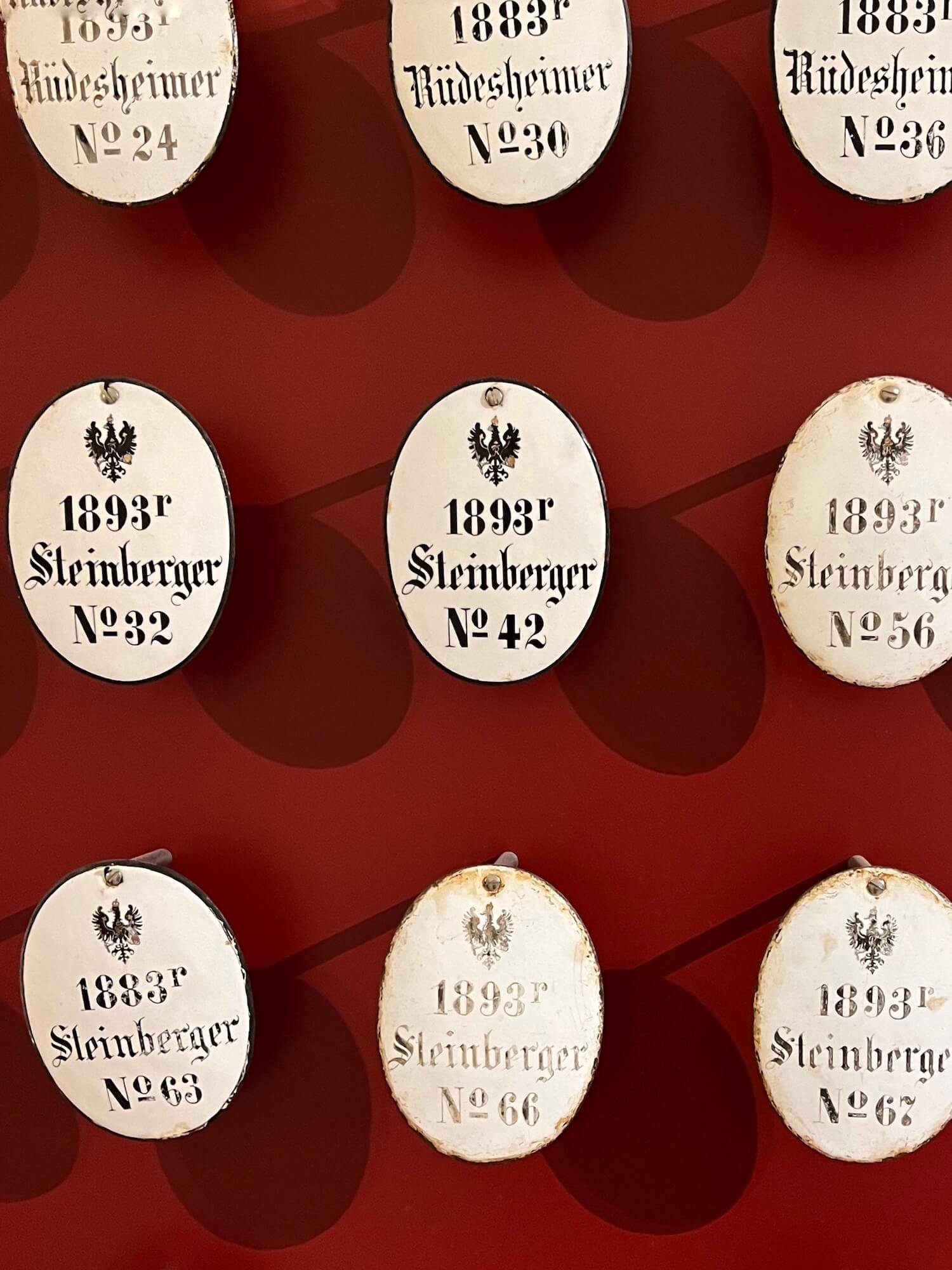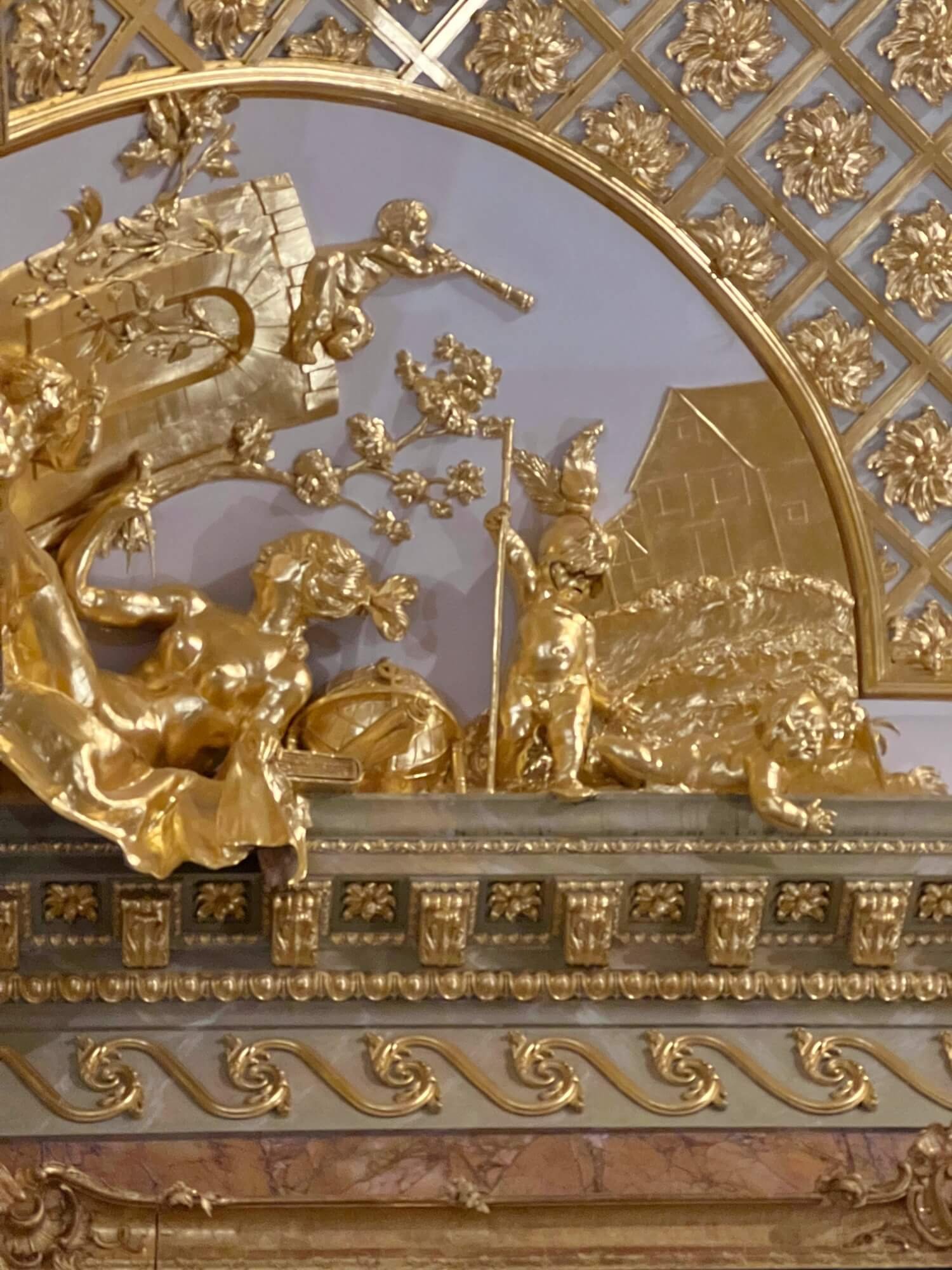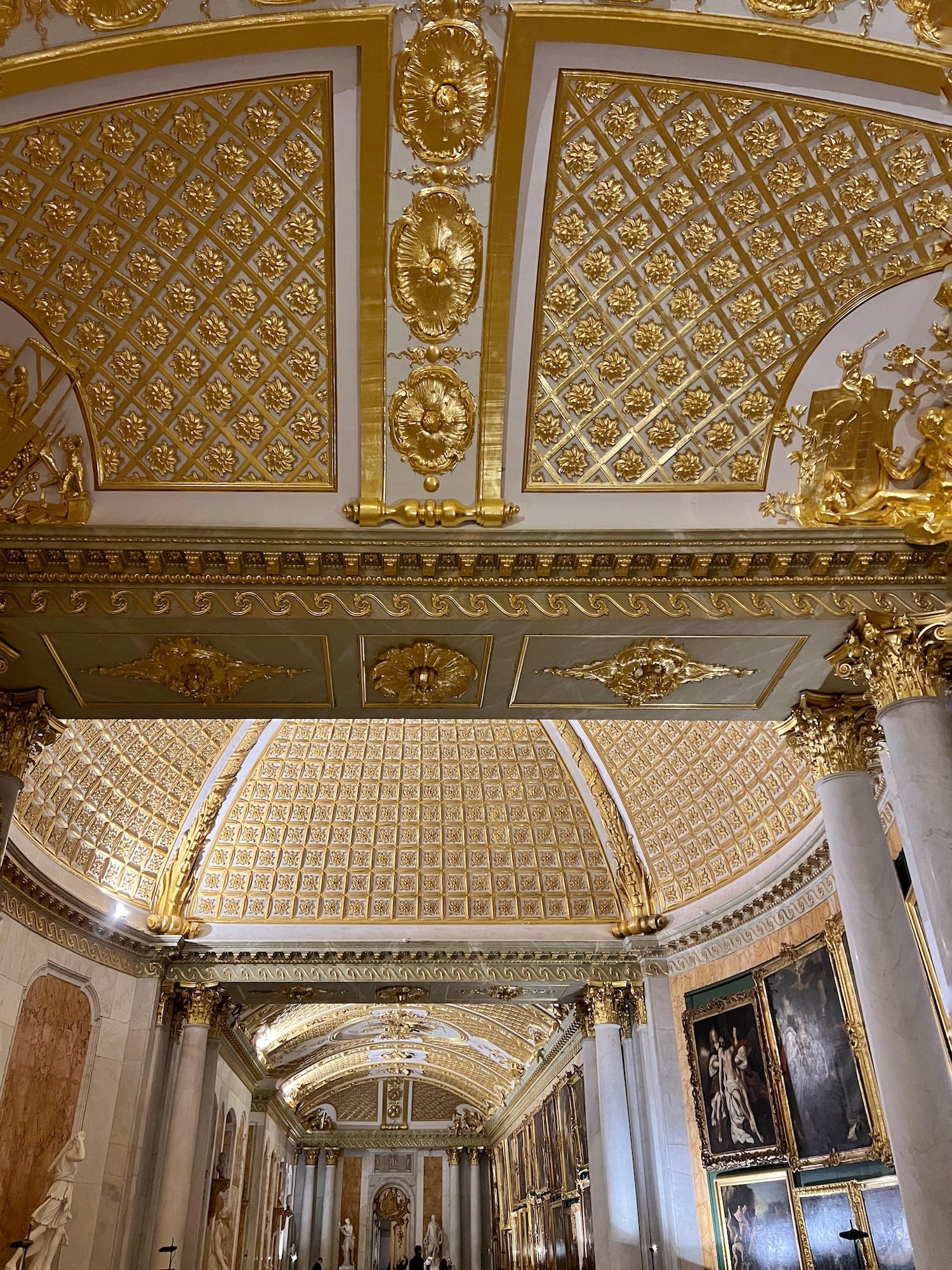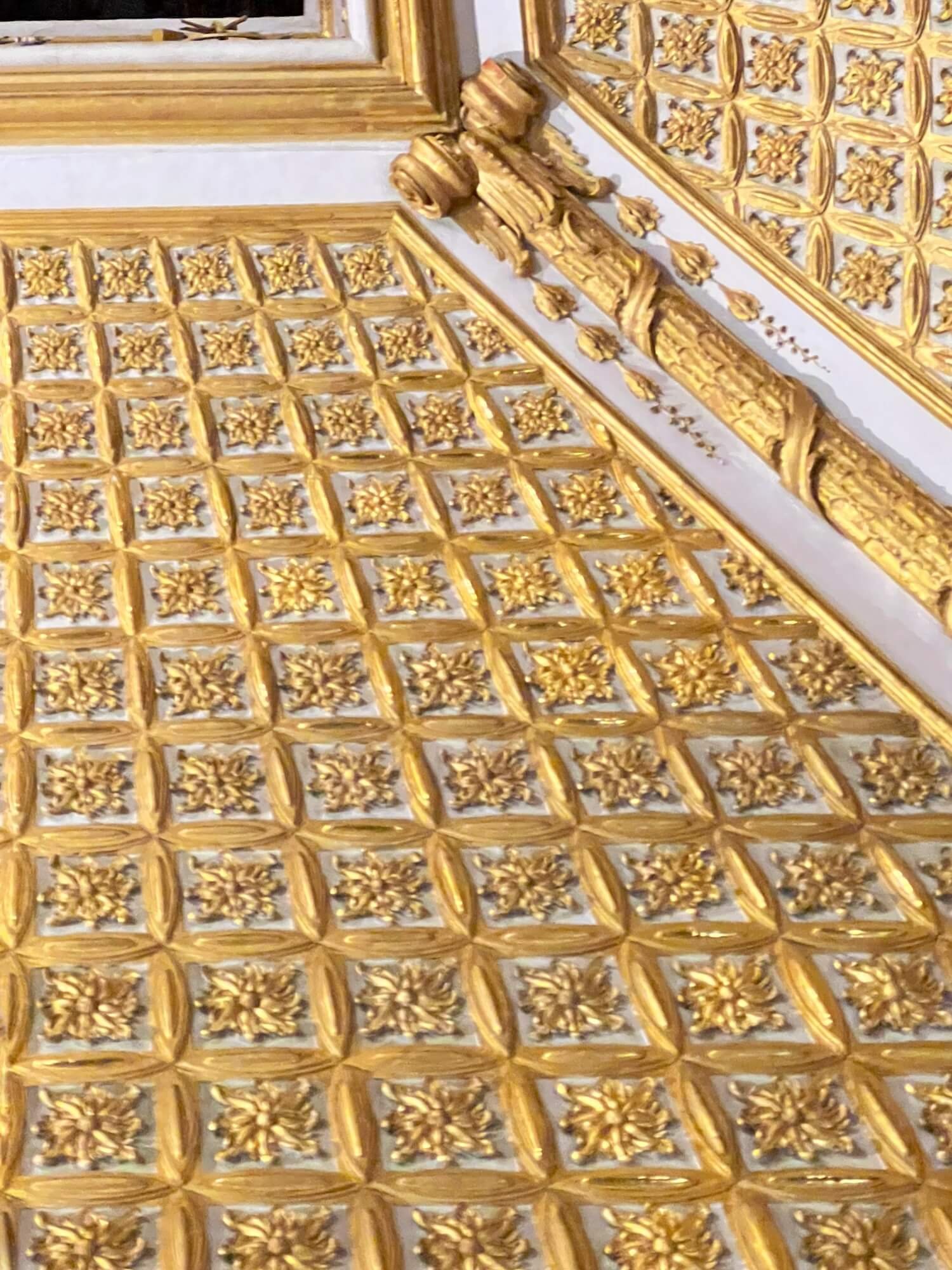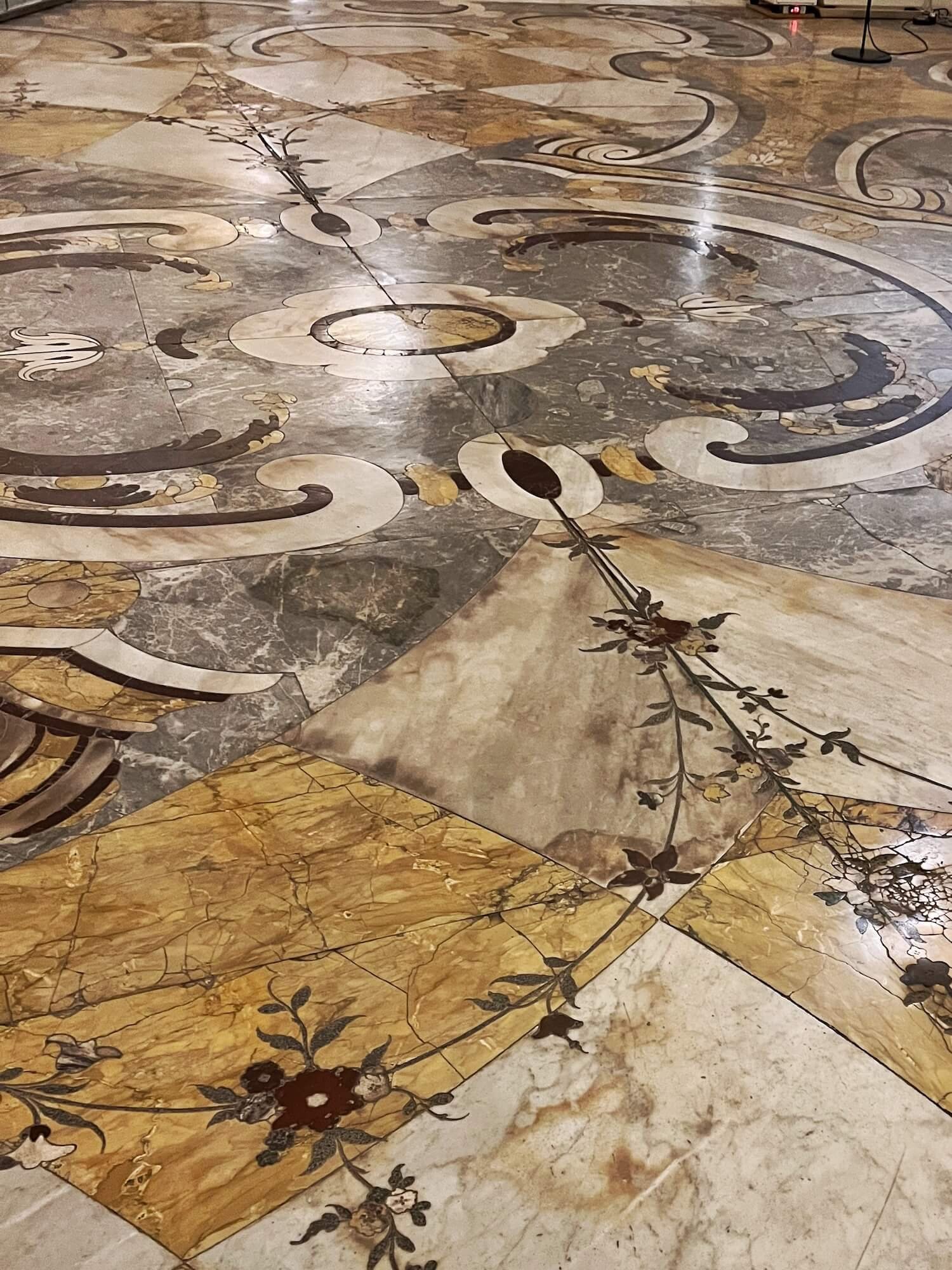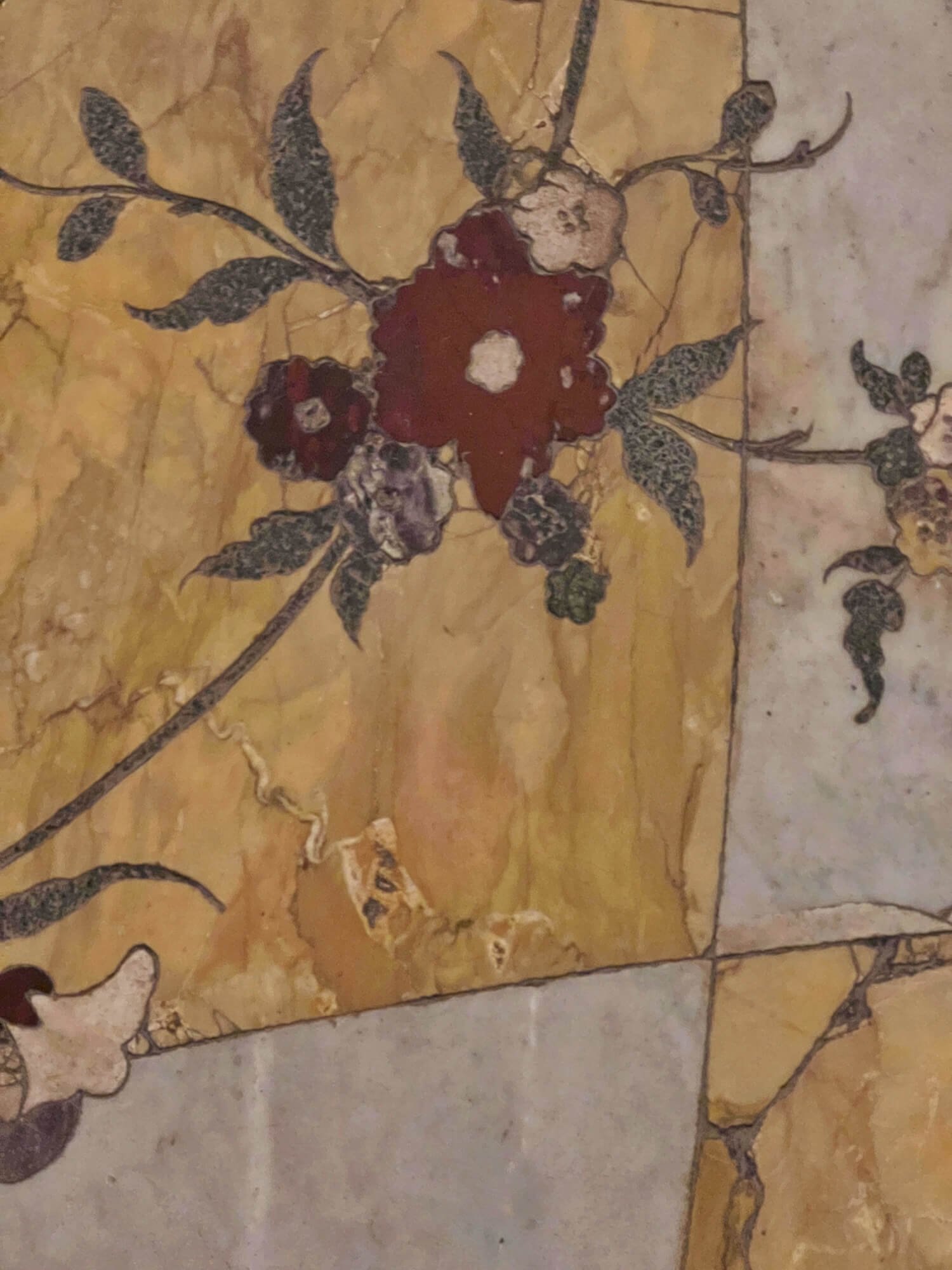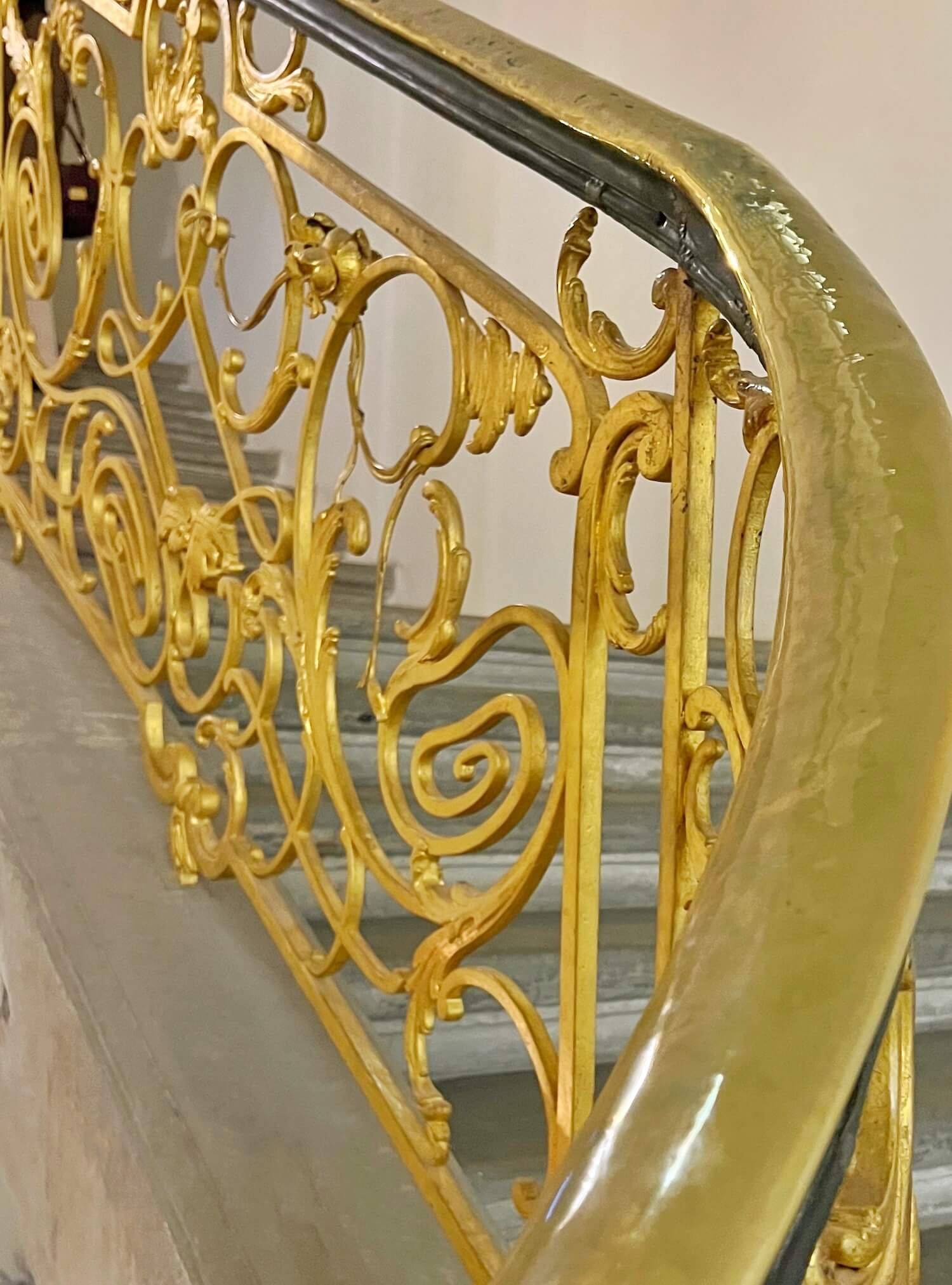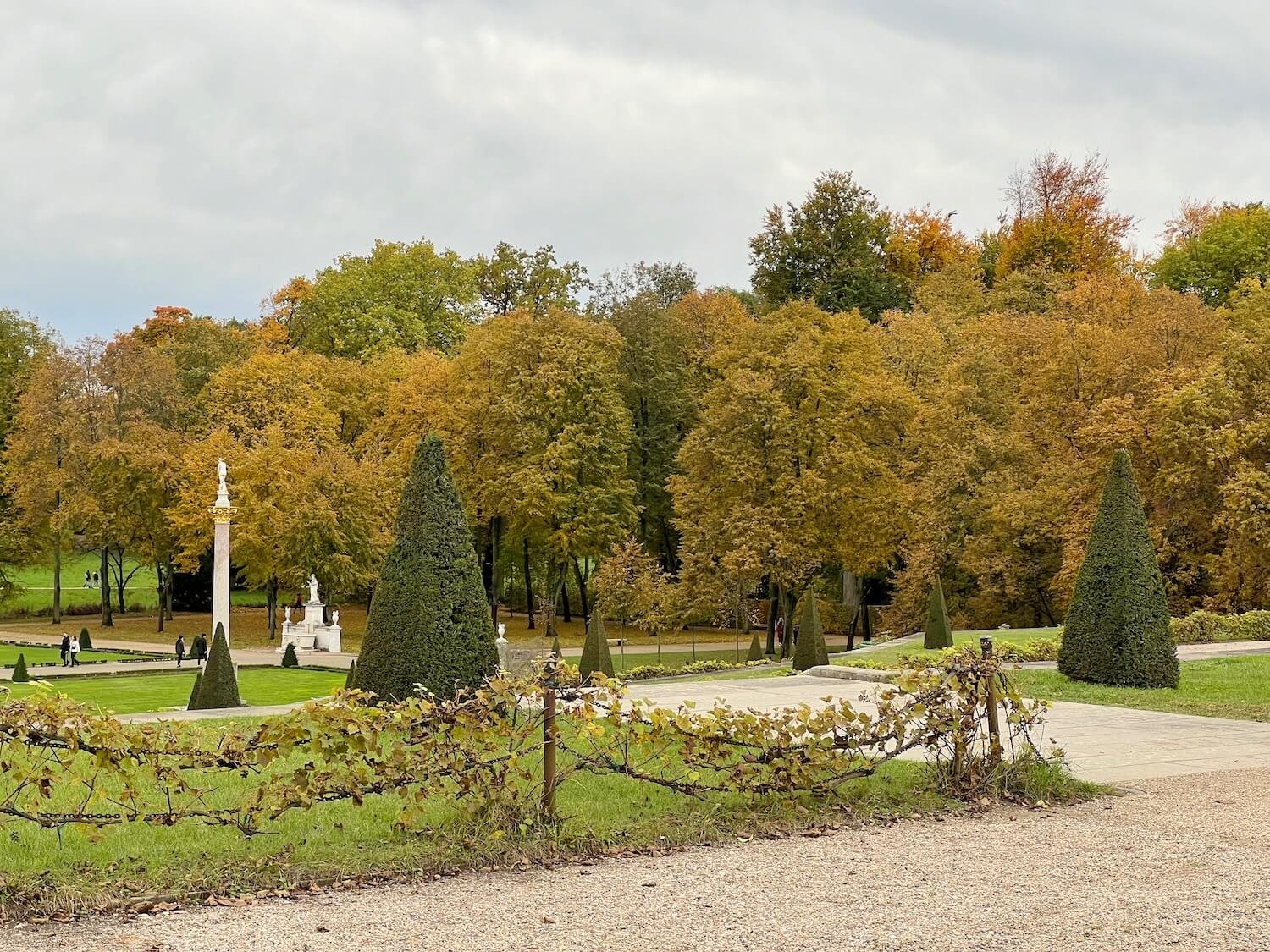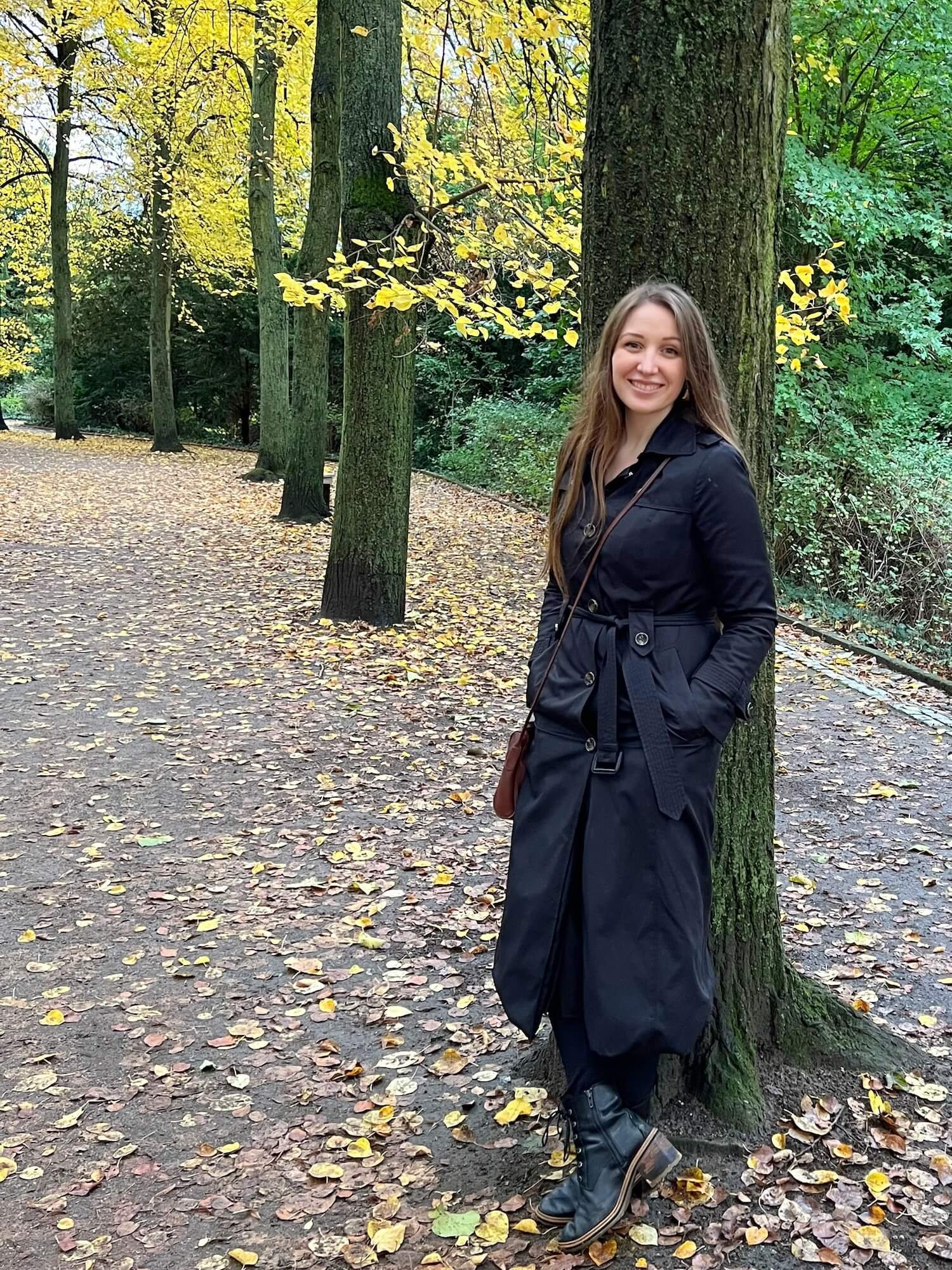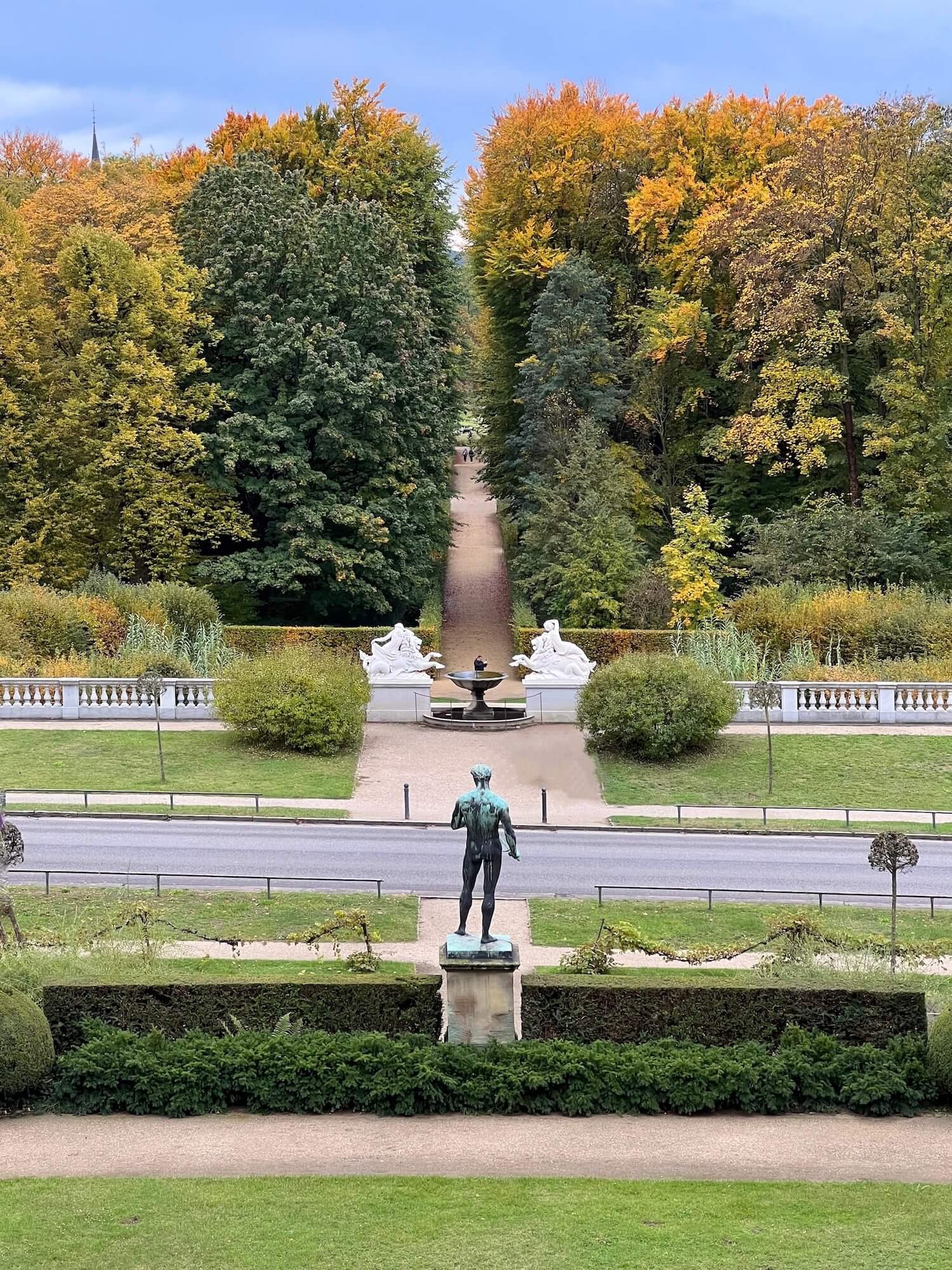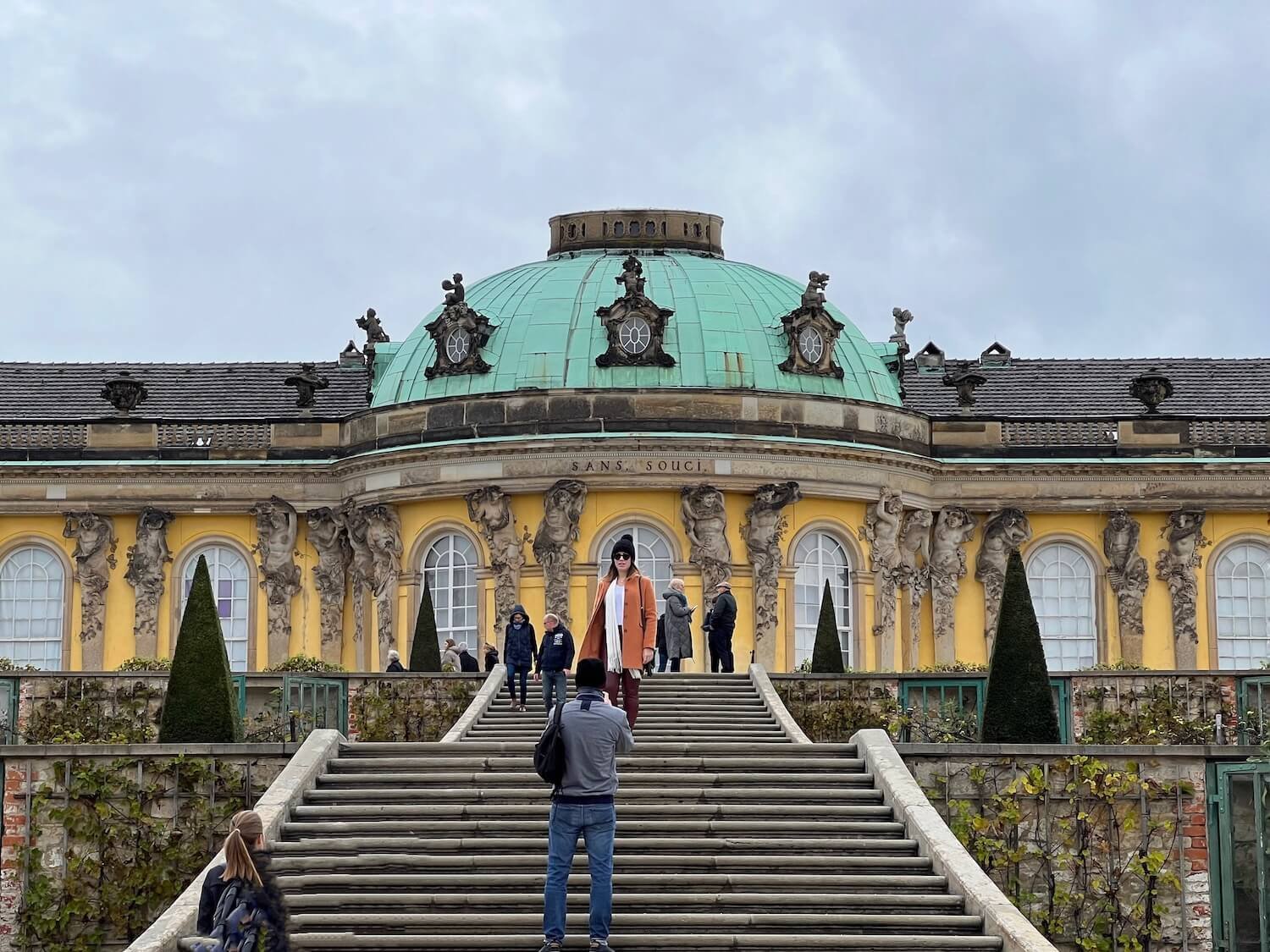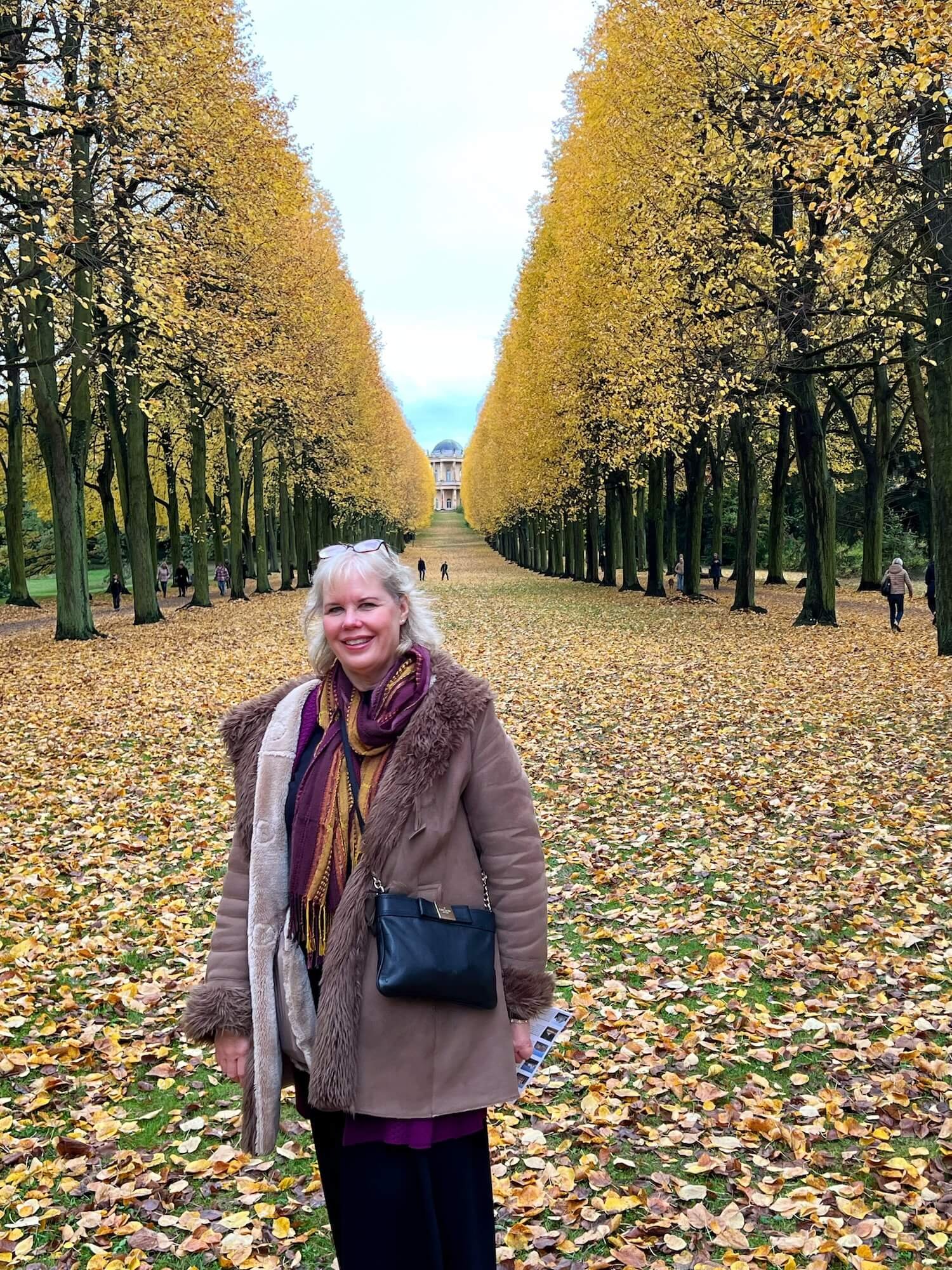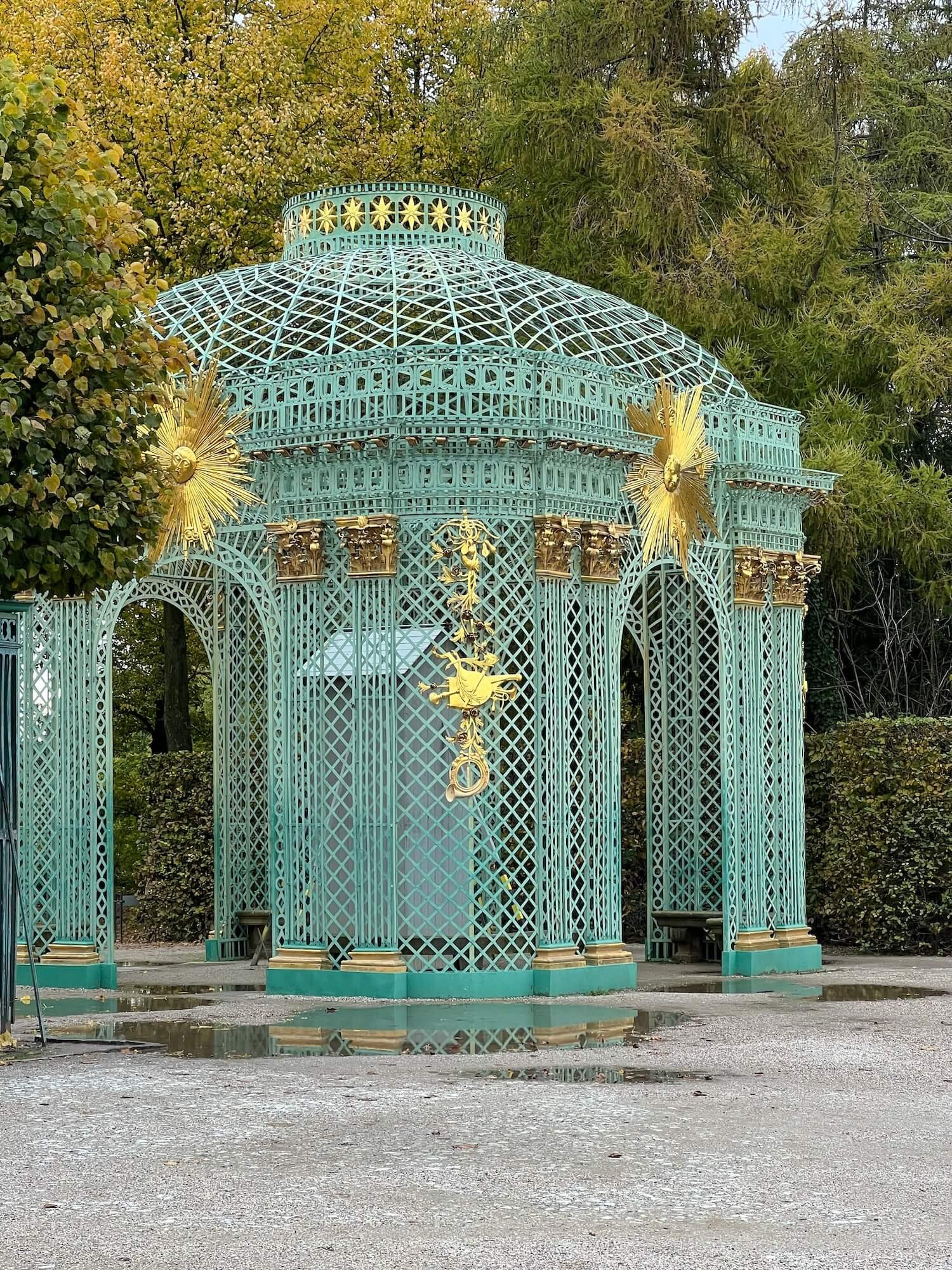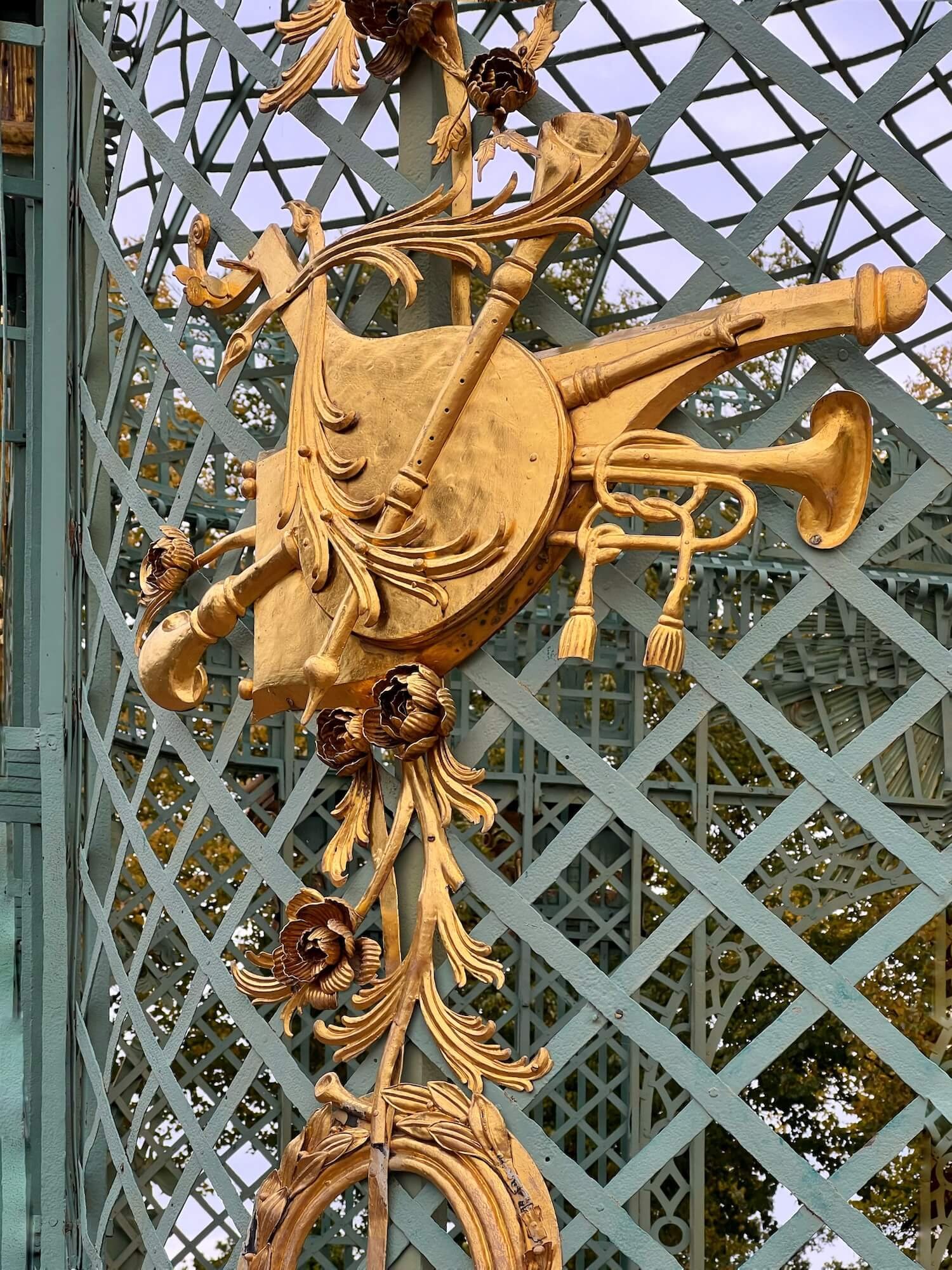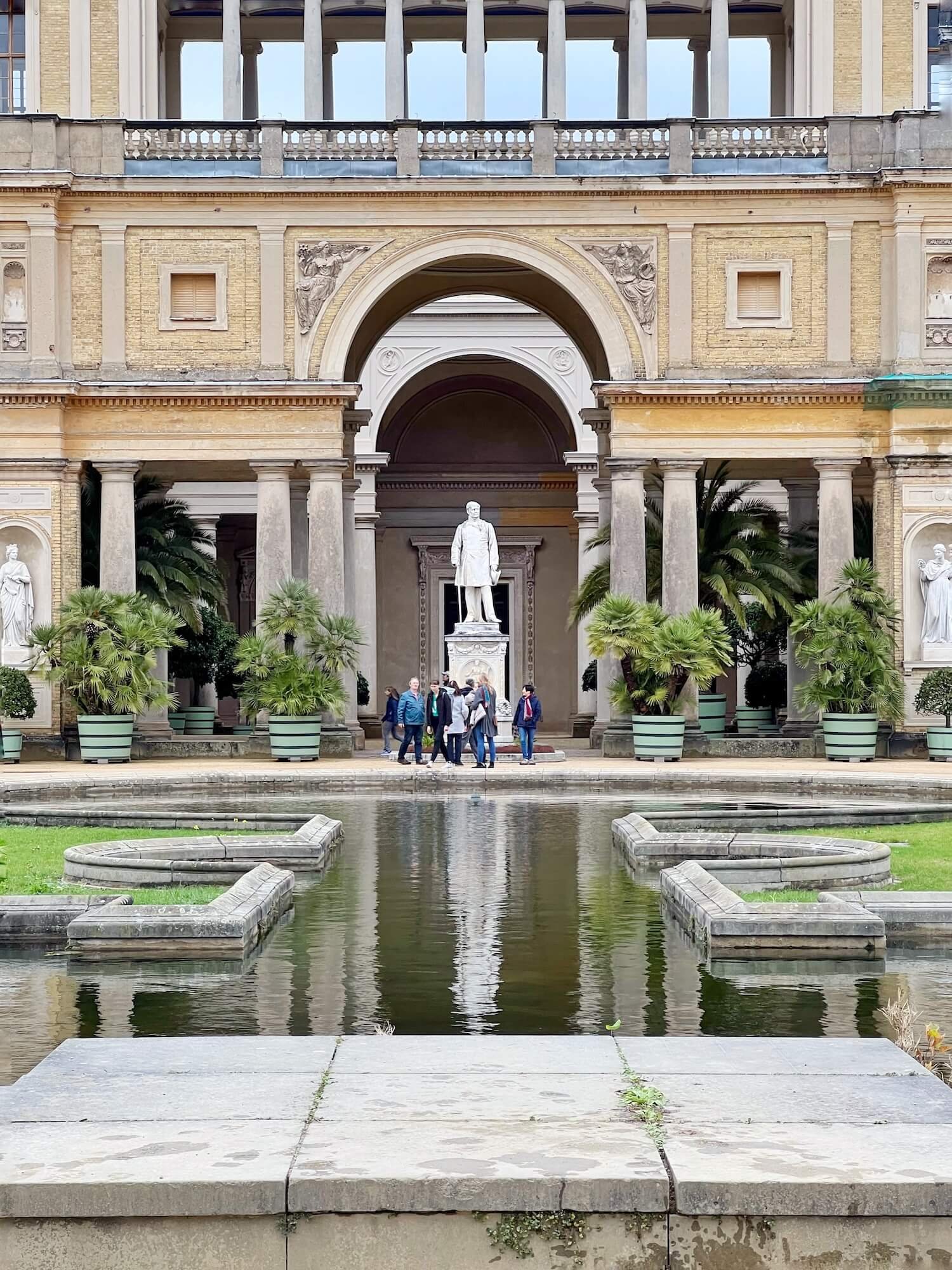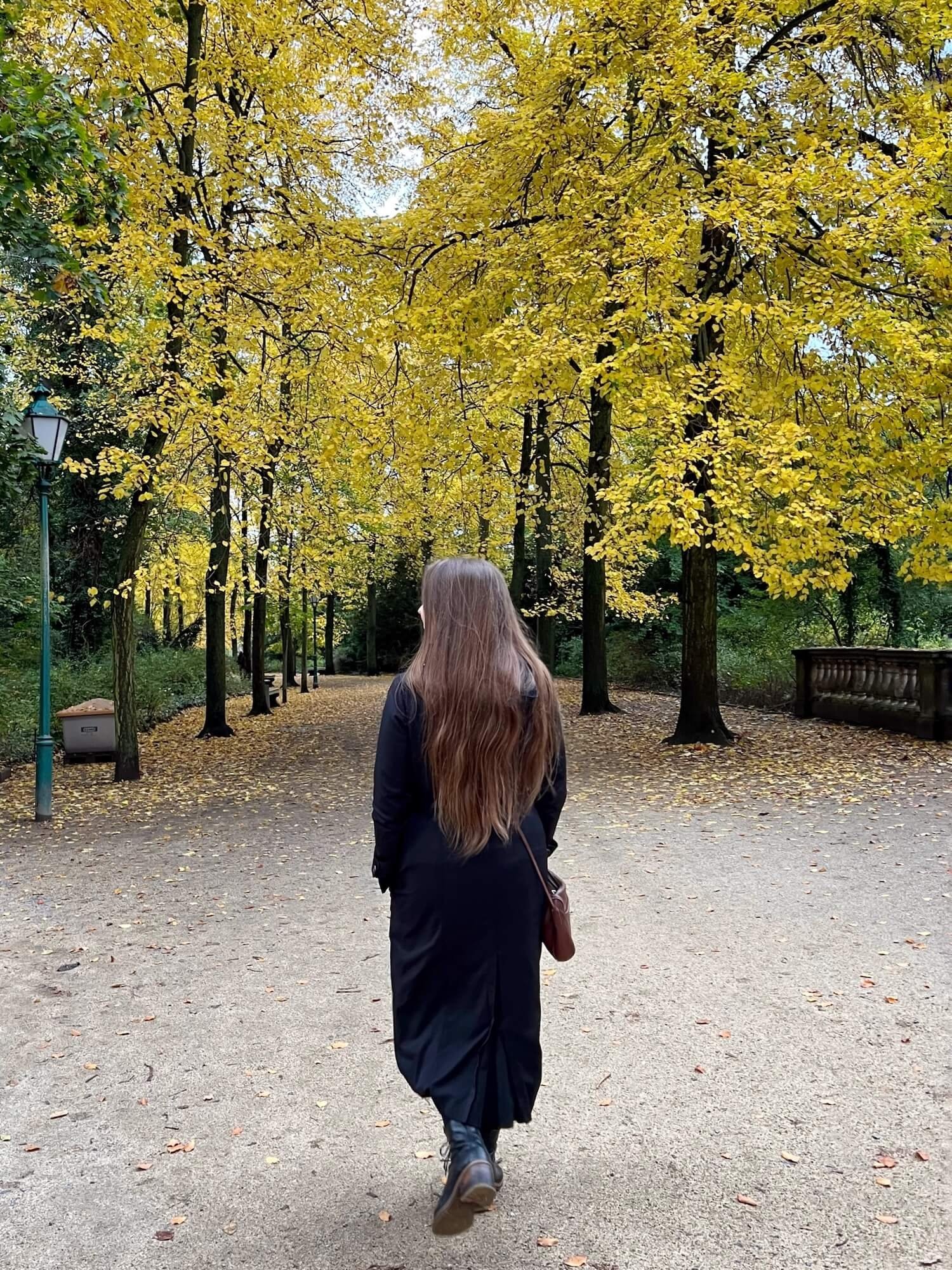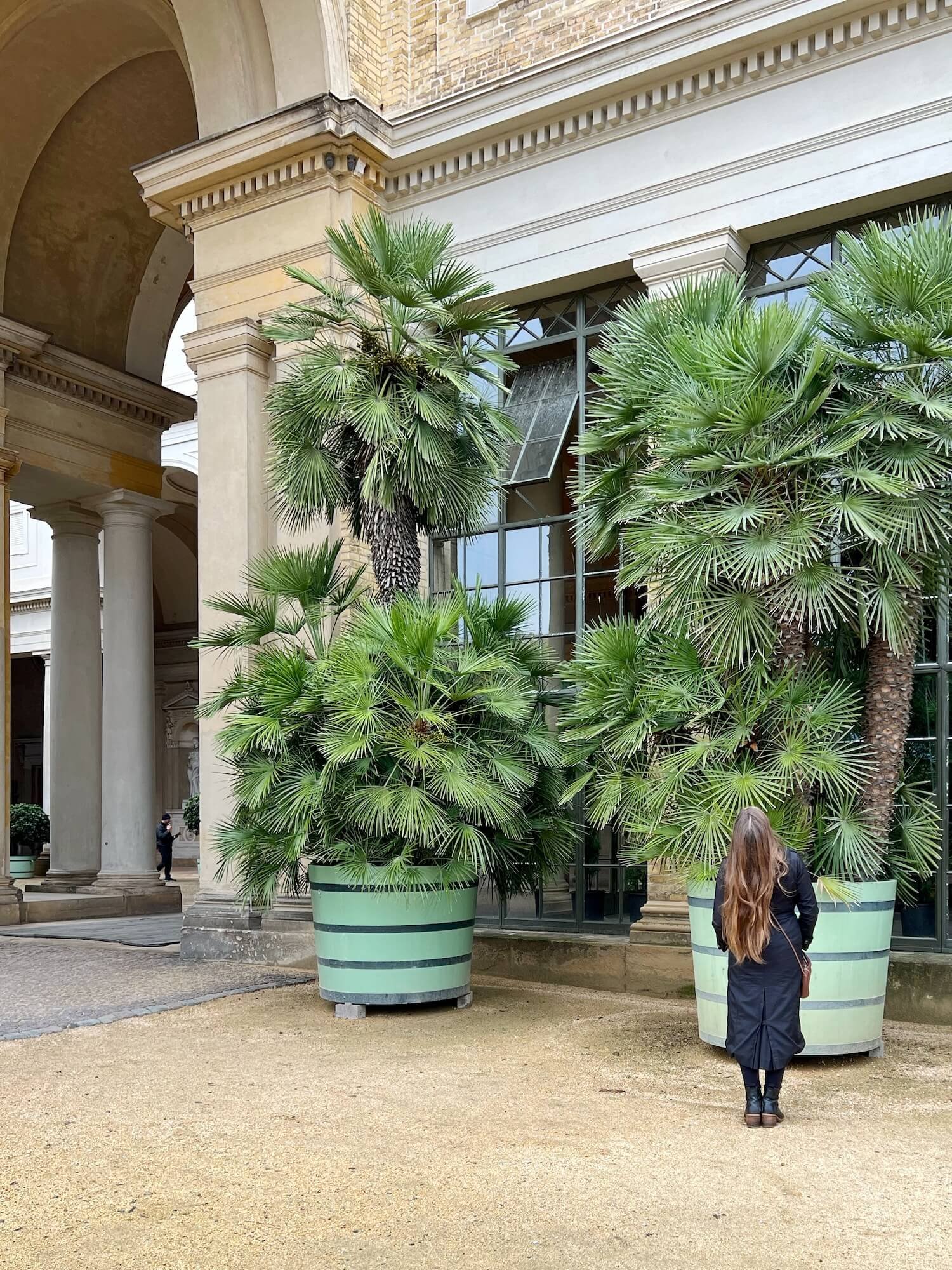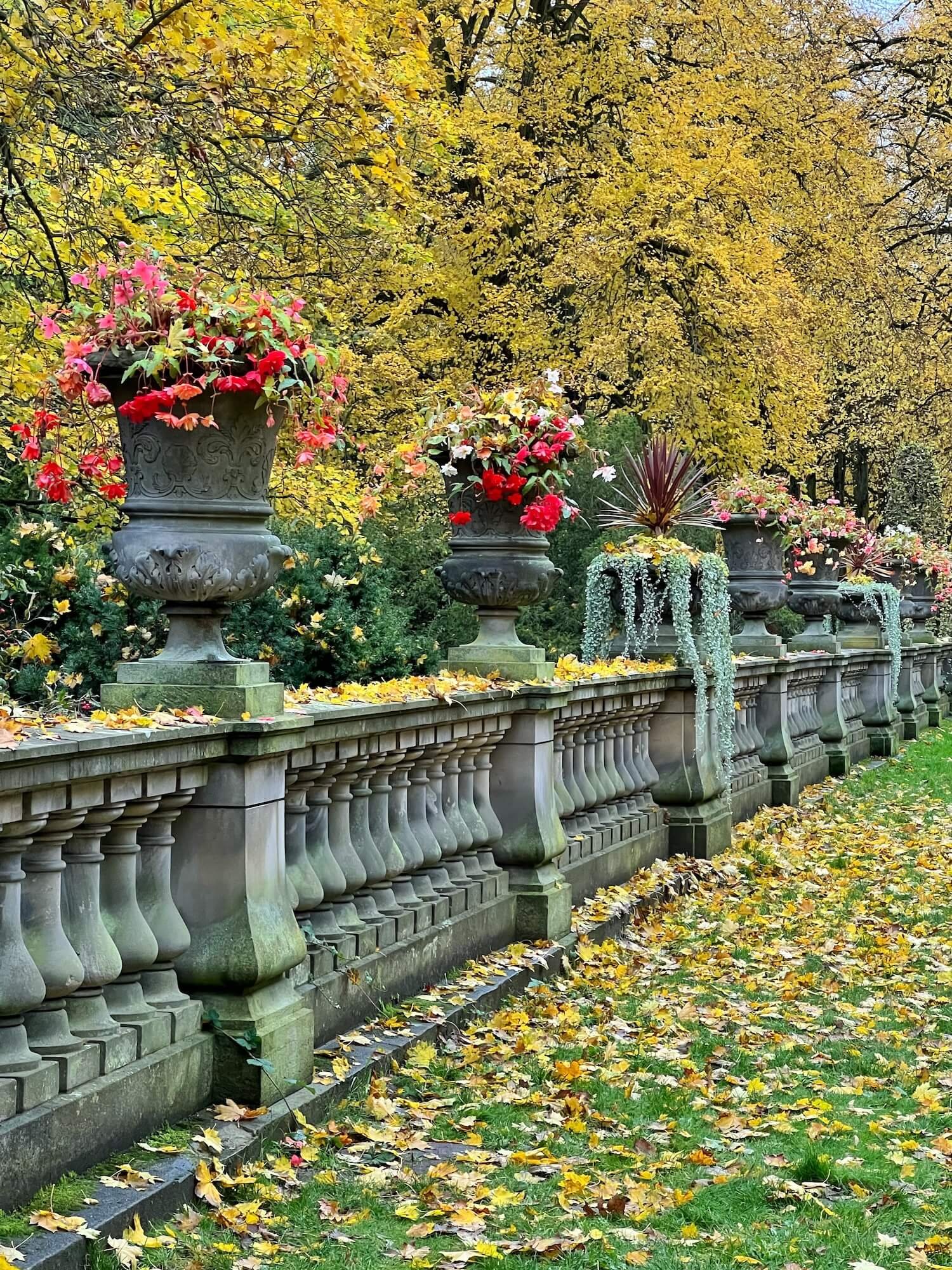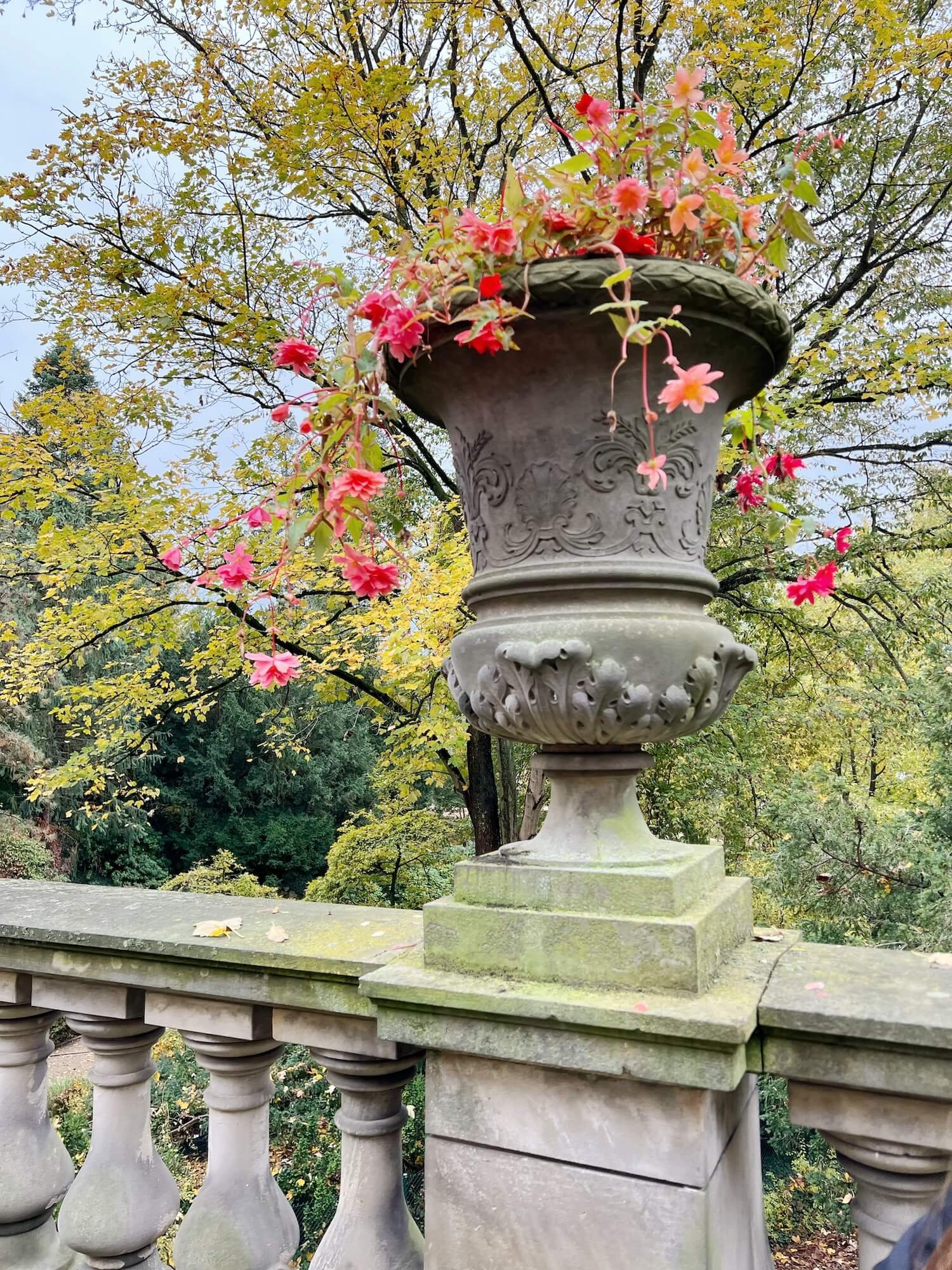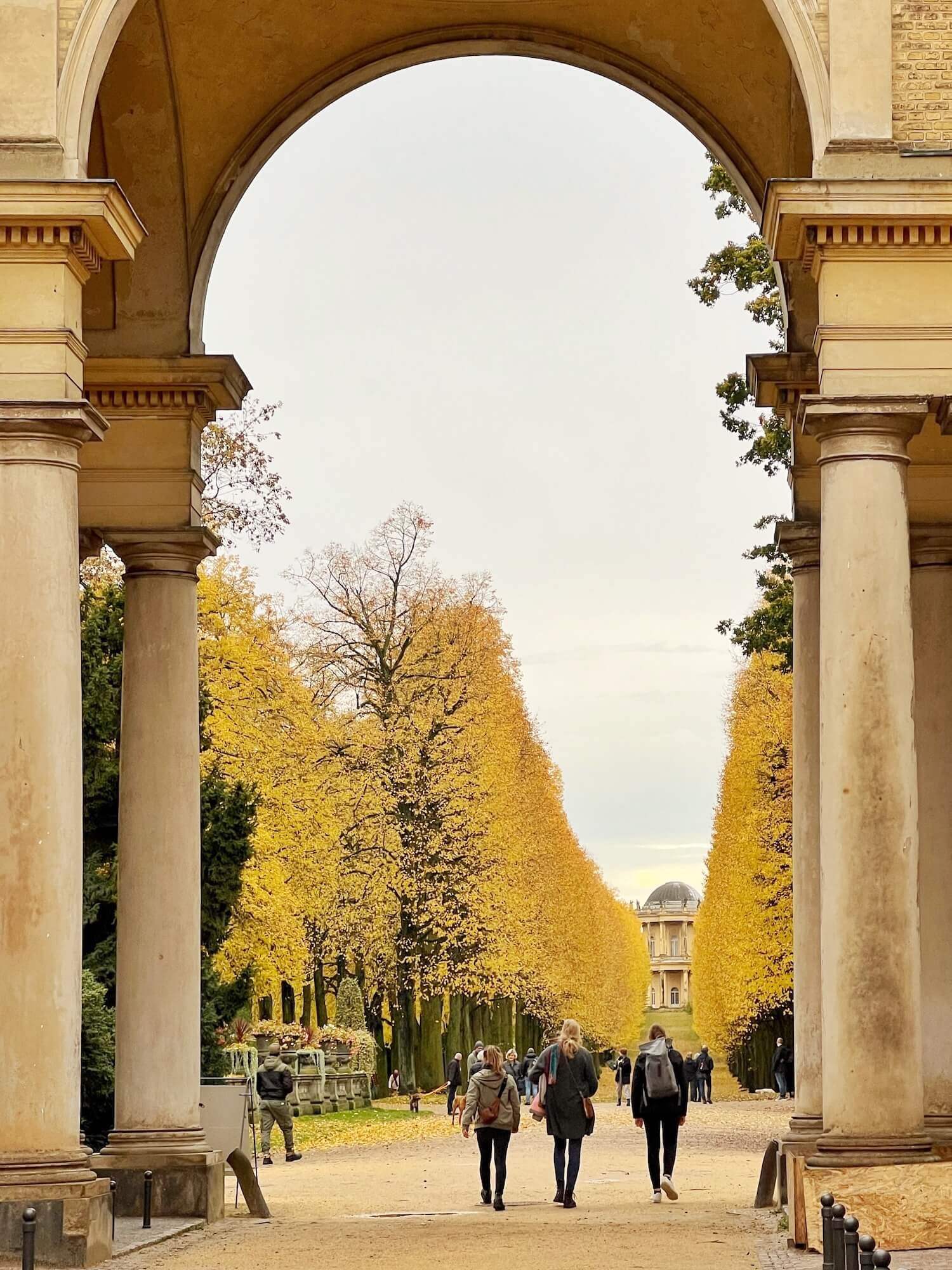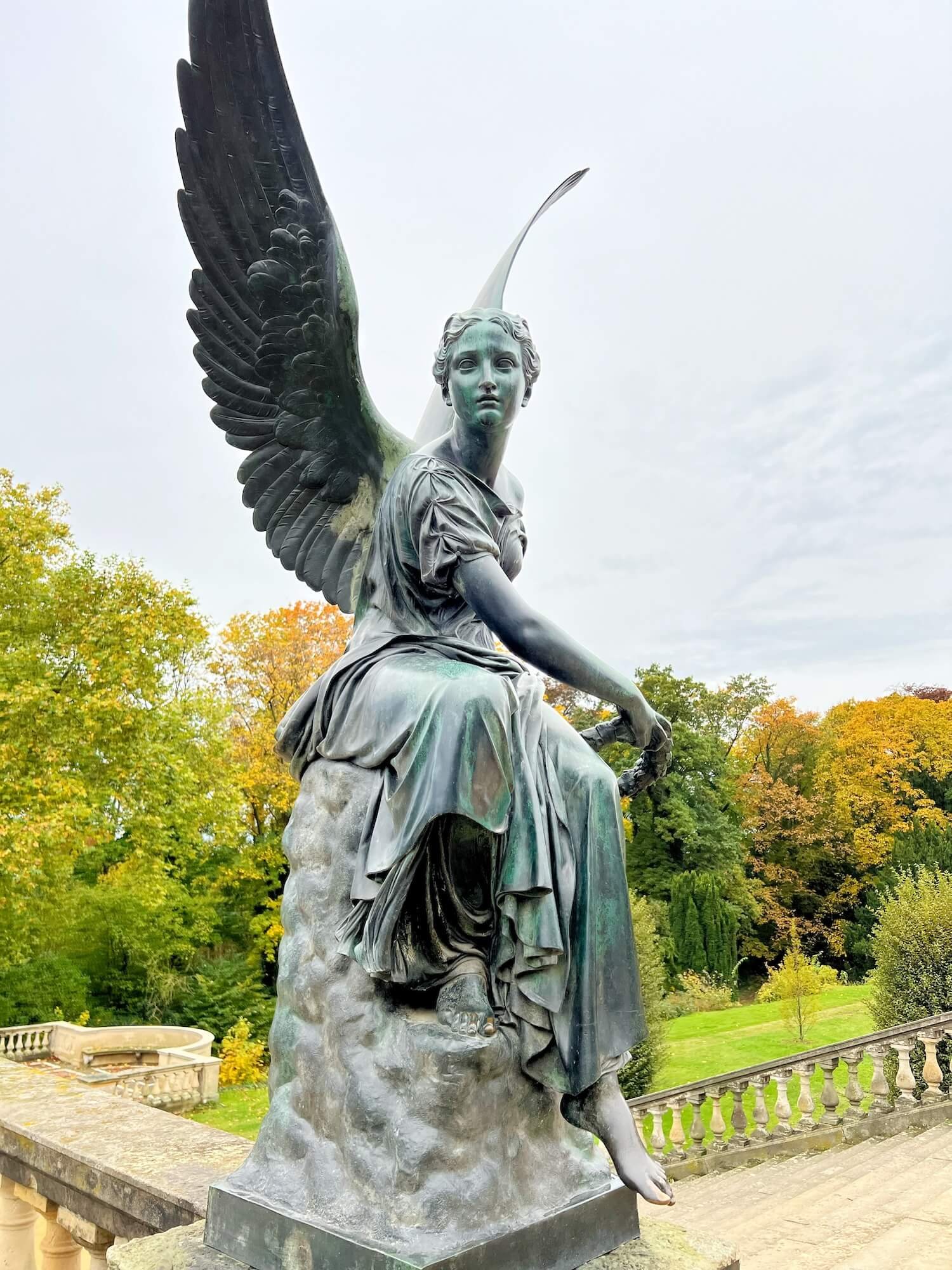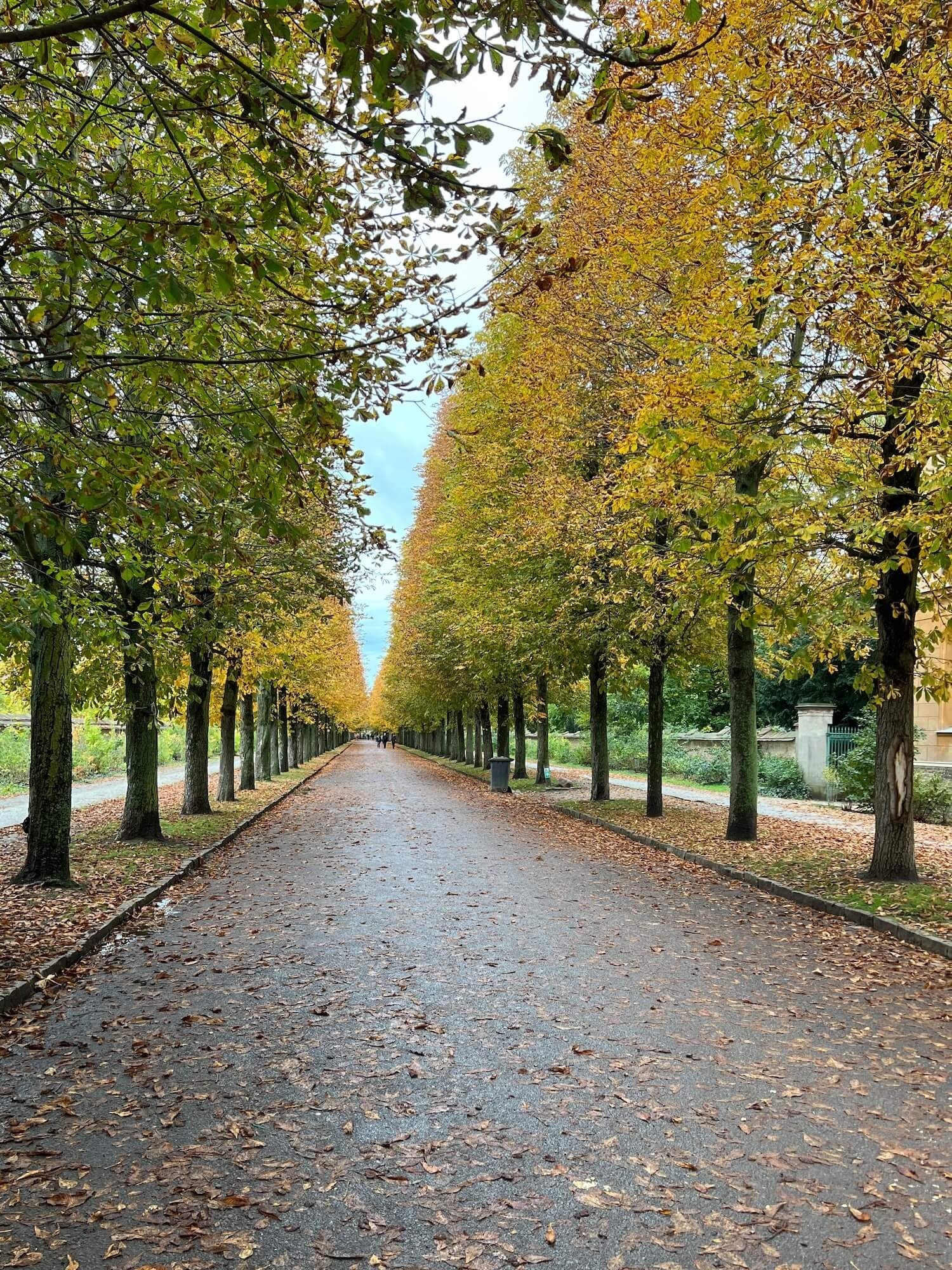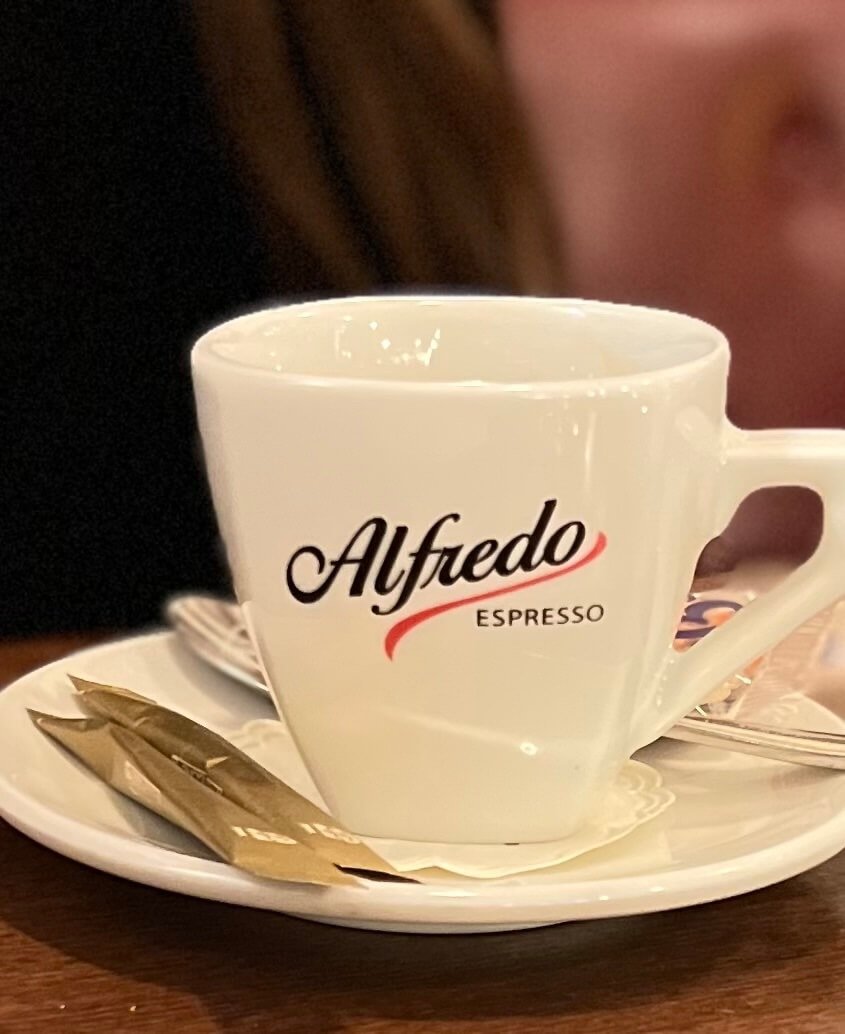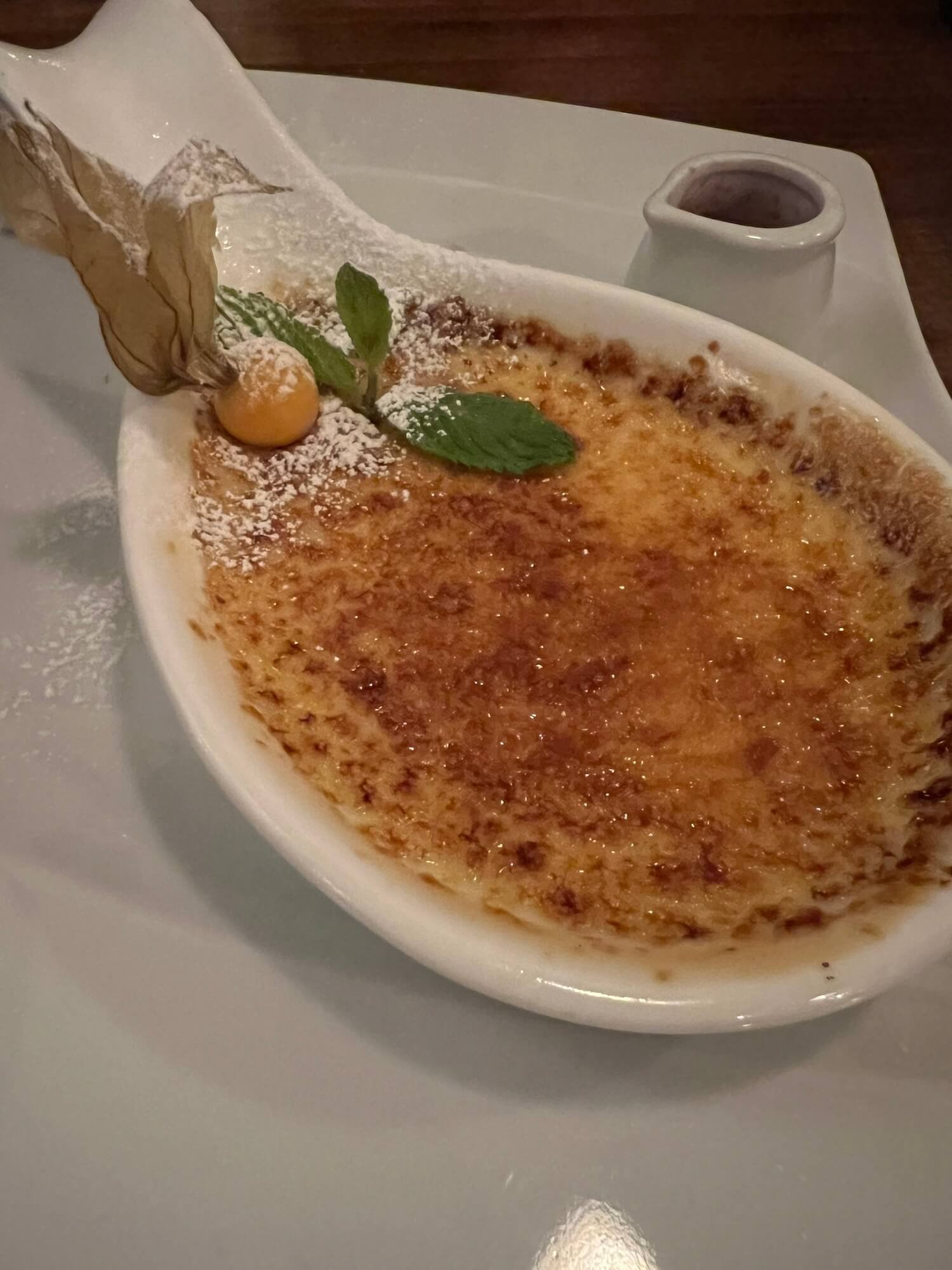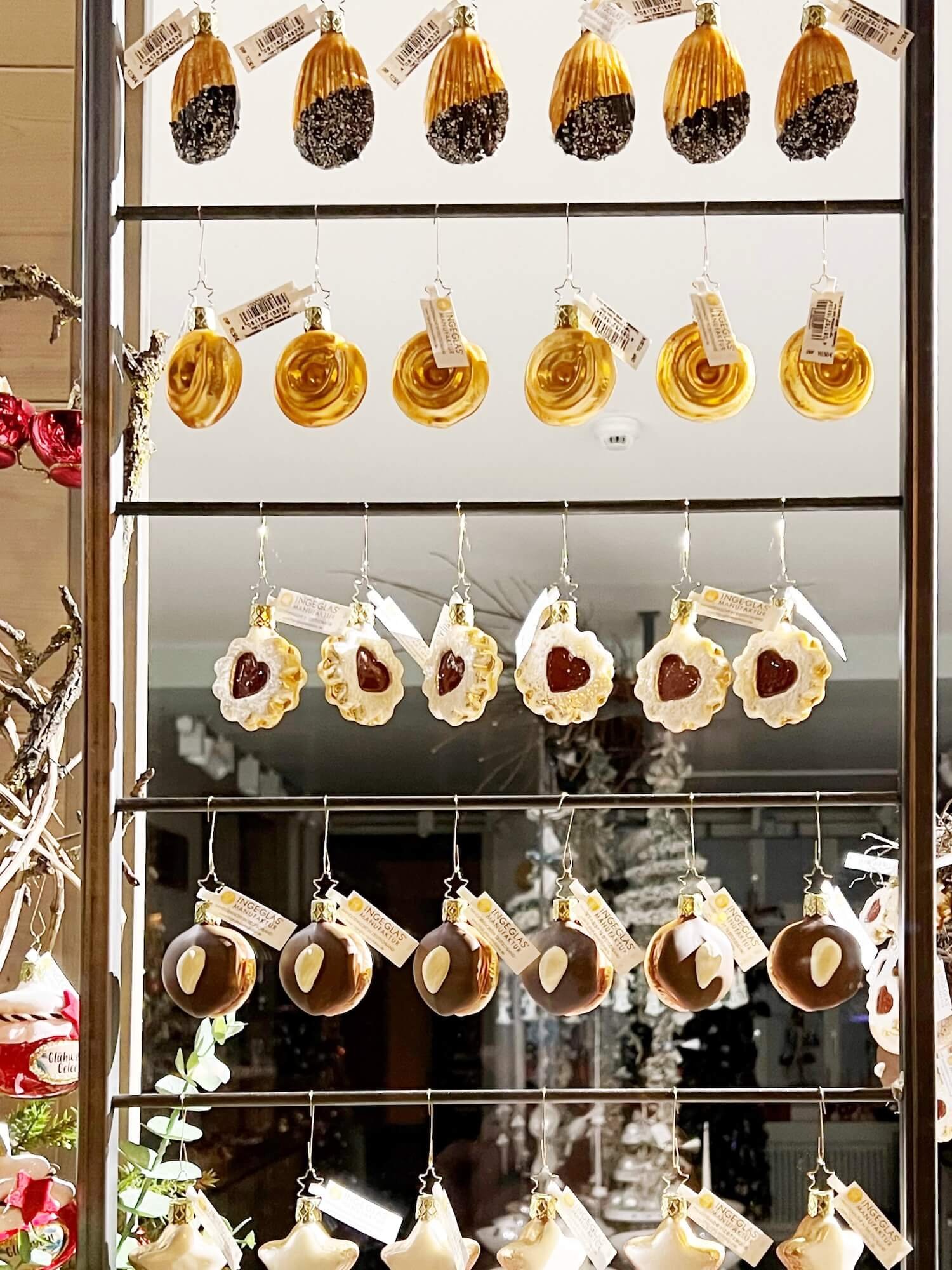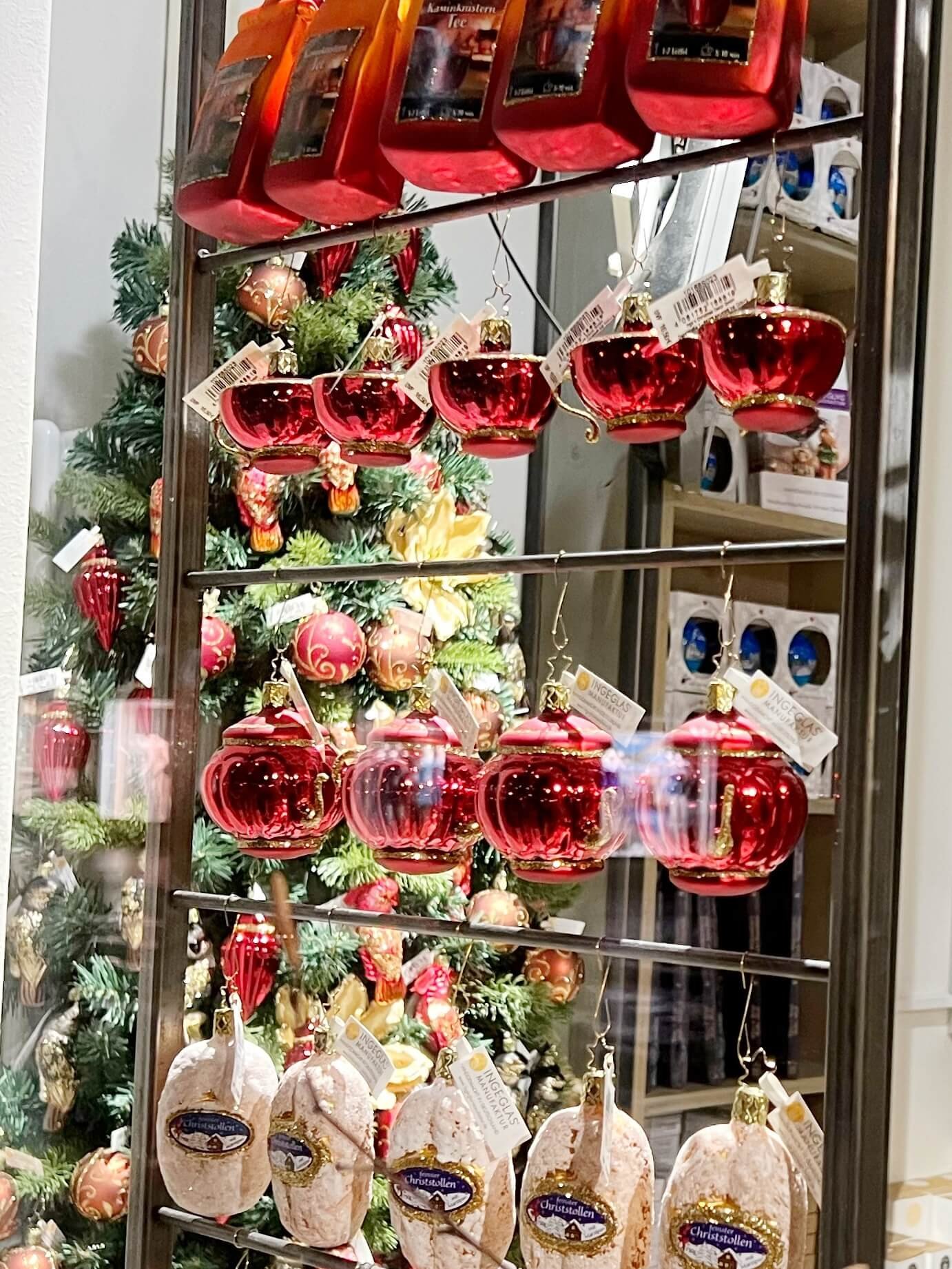I missed my calling in life to be royalty (though I am still accepting applications 😂 if there is someone with a castle looking for a princess…) I am endlessly fascinated with the history and intricate details and architecture of the royal residences. I love the soaring scale and attention to detail. Though much of it is a bit more grand and gilded than I would choose to live with, the motifs are fun inspiration for more achievable spaces.
I’ve been dying to get back to Potsdam since I visited there this past summer which you can read all about HERE. We saw some beautiful gardens and storybook architecture during that trip, but were too late in the day to tour any of the castles.
This time, we started earlier to be sure we made it to the most famous of them, Sanssouci, the palace built by Frederick the Great (Frederick II, king of Prussia) as his summer playground.
I took a LOT of pictures, so grab a beverage of choice and take an armchair tour of a delightful corner of Potsdam, Germany with me!
But first, we needed some lunch. We followed our noses to the most adorable Italian restaurant on the main thoroughfare in Potsdam called Ristorante Lodovico for pizza and wine to fortify us for hiking around Sanssouci.
The food and wine were delicious and the atmosphere was delightful. We sat in a little paneled library alcove under the stairs. I even took pictures of the stairway with its striking blue paint and gallery art wall arrangement and the WC with wooden French doors on all the stalls and an arrangement of orange branches on the vanity! Totally charming place and highly recommended!
Post lunch we strolled through the cuteness Potsdam streets to the gates on the edge of Sanssouci Park.
No idea who that is holding up the lantern…I don’t think it is Frederick the Great since there are no pictures of him with a beard. The gilding on the gates is a preview of things to come. Palaces are often full of gilding.
Frederick loved the arts, music, and wine-making and the architecture and design of the palace and grounds reflect those passions. Voltaire was apparently a frequent guest at the palace as well.
Sanssouci, French for ‘without concerns’ is the Hakuna Matata of palaces where Frederick could escape the pomp and trappings of court life in Berlin.
Sanssouci was designed by architect Georg Wenzeslaus von Knobelsdorff in 1745. This is the same mostly self taught architect who designed the State Opera House in Berlin and the original Tiergarten layout with Frederick. He also worked on the modifications to Charlottenburg Schloss in Berlin for Frederick and the “new wing” (which was heavily damaged and then rebuilt after WWII) is the result - in a style named for the king “Frederician Rococo”.
Frederick had very specific ideas for the design of Sansouci and its grounds as well and Knobelsdorff helped him realize those ideas. Because of a disagreement about the siting of the palace, Knobelsdorff was fired and Jan Bouman, a dutch architect, finished the project.
It is a very romantic palace laden with garden, flower and vine motifs as well as many relief sculptures in the moldings depicting all the arts - music, literature, architecture, and fine arts.
Sanssouci Palace
The building itself is really just a one story villa and quite small in palace-speak as it was intended as a private retreat, not a display of power.
Every room in the palace has a unique design with special detailing on the walls, ceilings and floors. But all the motifs revolve around Fredericks passion for the arts and nature.
This sketch shows the layout. Numbers 1 and 7 are the entry hall and vestibule gallery respectively. These are all on the north side where a large colonnaded entrance court stands. The remaining rooms are arrayed on the south side and most open directly onto the terrace. Numbers 3 through 6 are the more private spaces and 8-12 are the guest rooms. Number 13 is the servants wing.
The entry hall sets the tone for the palace with artwork and gilding and rococo style and the vestibule small gallery is a narrow but highly ornamented space. One wall is lined with narrow benches that were purely for balance in the space as they were too narrow to actually sit on?!
The double doors in the vestibule lead directly to the round marble hall/ballroom that is the centerpiece of the castle.
The end of the long vestibule gallery lead to the gorgeous round paneled library with bookcases built into the walls (presumably long before built-ins were a common thing) and a writing desk. The painted ceiling in here is spectacular.
Fredericks private rooms were decorated in green. The music room was done in white and gold. Frederick played flute and his flute teacher was reportedly the only person allowed to correct him 😂. His original flute is still in a glass case on the pianoforte in the music room.
The small pale purple damask audience room was where visitors were received and intimate meals were served. More formal banquets would occur in the marble hall.
The center of Sanssouci, under the dome, is the oval marble hall/ballroom with windows overlooking the terrace and gold and 8 pairs of white marble corinthian columns with gilded capitals around the perimeter. An elaborate ceiling rises to a center round skylight in a design reminiscent of the Pantheon.
The walls and windows reveals are marble and the floor is an intricate flower pattern inlay design in marble as well.
The remaining rooms are guest rooms. Each is in a different color and decor scheme, but all have the common niche alcove for a bed, and jib doors that lead to what qualified as a bathroom (though the bathrooms were not on the tour).
The last room, with the fanciful flower and bird and vine wood carvings decorating the walls and ceilings, was Voltaire’s favorite guest room.
The kitchens and wine cellar at Sanssouci
The kitchen and wine cellar was a separate tour (?!) but, being an avid cook, I was curious. The kitchen proper is a massive room with multiple work zones for a busy staff, a darling scalloped hood over the cooking area (I KNEW I needed to see this!), and a corner warming chamber to keep the dishes warmed for serving.
Separate rooms house the baking center and the preparations for tea service. - Frederick apparently appreciated tea.
And then down a winding narrow staircase was the wine cellar. I assume the wines were made from the various vineyard vines on the property. Some of the enamel tags that used to label the shelves have been preserved.
Sanssouci Gallery
Frederick had a gallery constructed on the foundation of an old greenhouse next to the palace to house his extensive art collection.
The collection contains Masterpieces by Reubens, Van Dyke and Caravaggio among others. One long side of the hall contains windows and used to house ancient and contemporary sculptures most of which are in other collections now. The opposite long wall and a smaller room on the end are lined with painted masterworks.
The original gallery wall! The wall itself is a dark green and shows off the gilded frames and mostly dark paintings to great effect. In its day, the collection contained over 180 paintings and visitors can still view 140 works here.
The vaulted ceiling is highly decorated with gilding and, as is true in the main hall in the palace, a frieze around the edge is interrupted by gilded relief sculptures depicting the arts.
The marble floor is inlaid with vine and flower motifs, again a motif seen in the palace.
Sanssouci Park
The park grounds contain over 700 acres of gardens, follies, fountains and pools, and vineyards.
The statuary was all covered with little houses for the winter when we were there, but this brochure image shows what it looks like in the peak of summer.
The Sanssouci palace is sited at the top of a hill with 132 steps (originally 120) through 6 levels of terraced gardens of domestic varieties of fruit trees and vines leading up to it. The retaining walls on each level are punctuated with alcoves with iron gates to house foreign varieties.
The palace is flanked by lattice iron gazebos and long lattice arbors all decorated with more gilding.
Next door, more or less, to Sanssouci Palace is the orangeries which was closed but filled with plants and statuary for the winter. Out front it still had enormous potted palms!
We finished the day with a delicious belated birthday dinner for my diva at a traditional brasserie back in town. Creme brûlée was consumed…I forgot to photograph the magnificent dinner! And we saw some charming glass cookie and tea ornaments in a shop window as we made our way home in the evening.
There are several other palaces in the park as well and another whole park with MORE palaces. Which means, of course, I must go back 😁.



